hw.d art project #07

Finitude
by Frank Wagner
We let go of our experiences little by little, leaving them behind as certainties. They become the remains of an ostensibly irrefutable truth. Classified, stored for eternity, cemented in our memory.
However, time-honoured memories will occasionlly fade away. This ugly decay exposes our vulnerability. Suddenly, everything seems finite. Even what was once certain. The result is freedom.

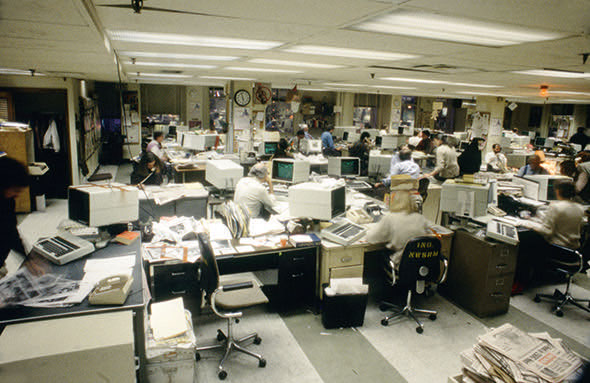
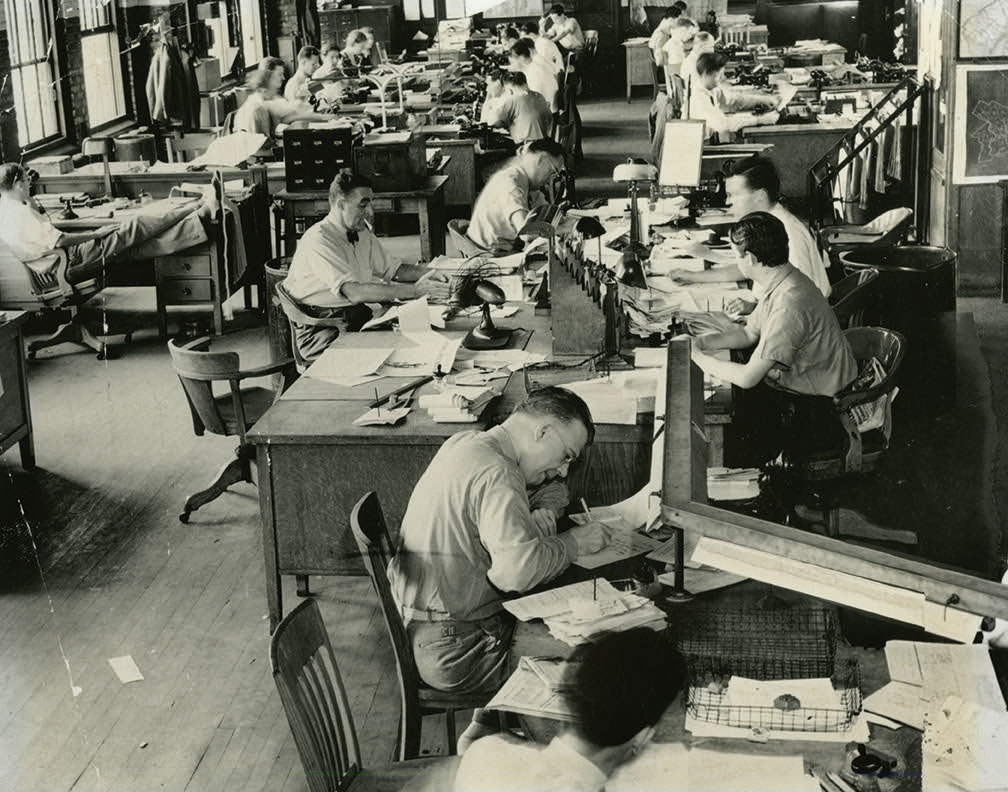
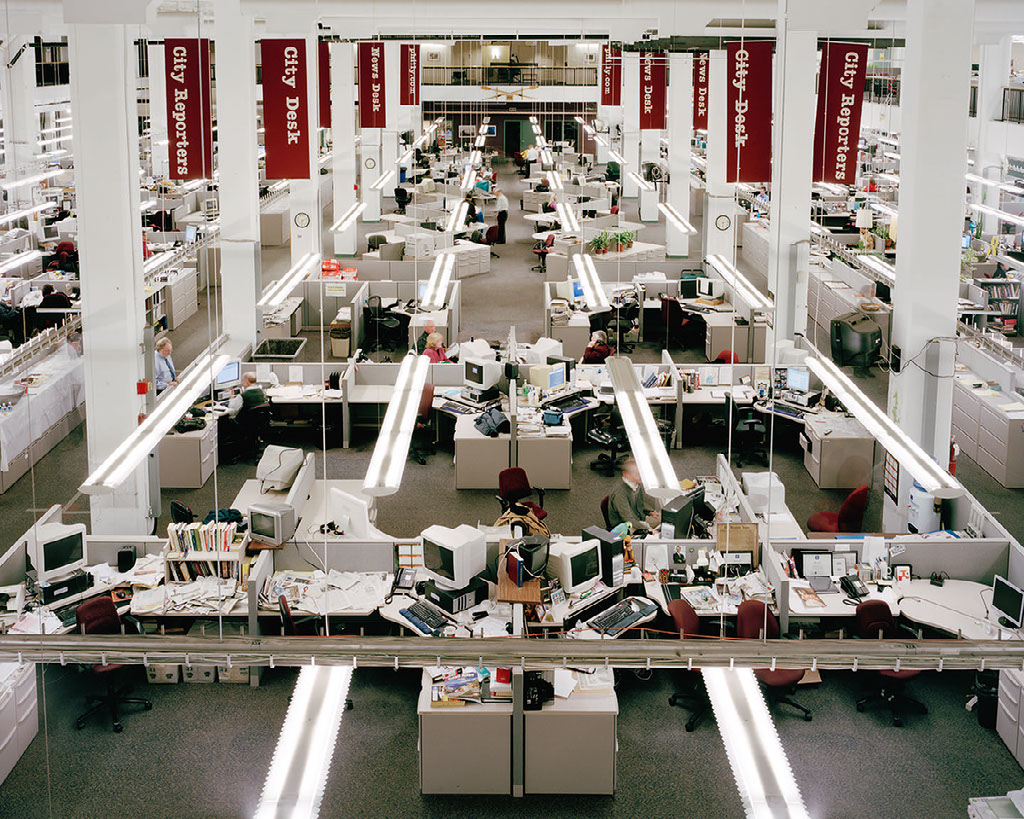

Elevator Lobby–––1:31pm, 2009

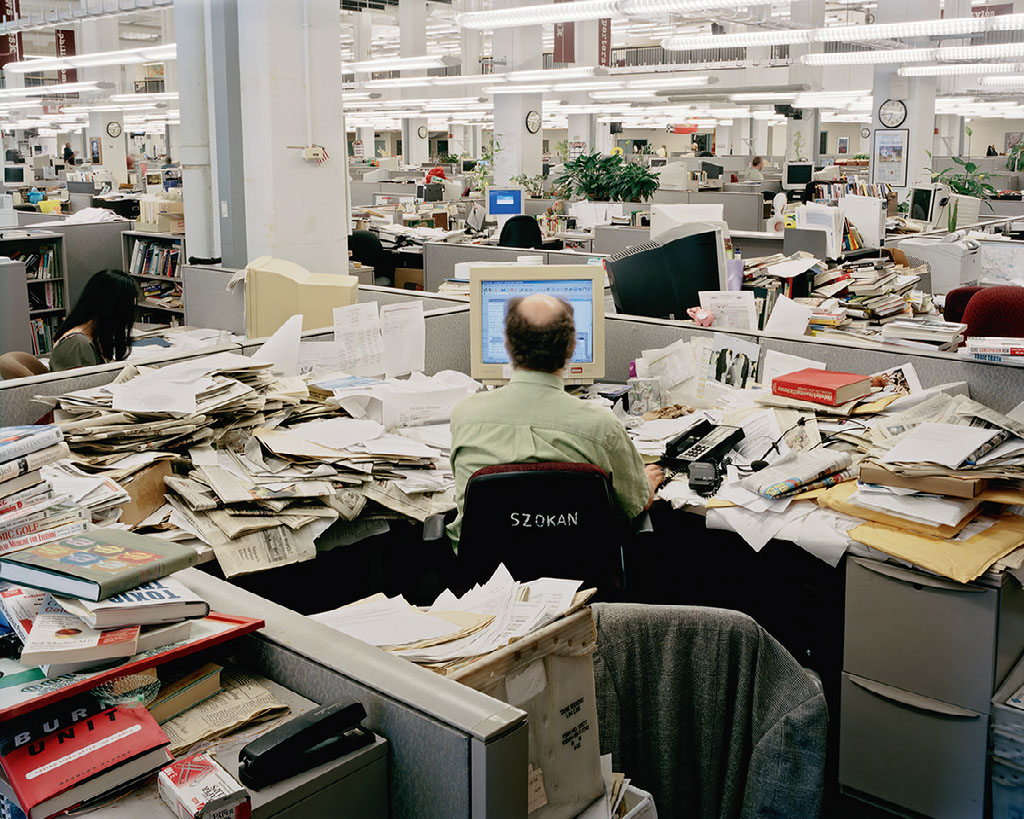
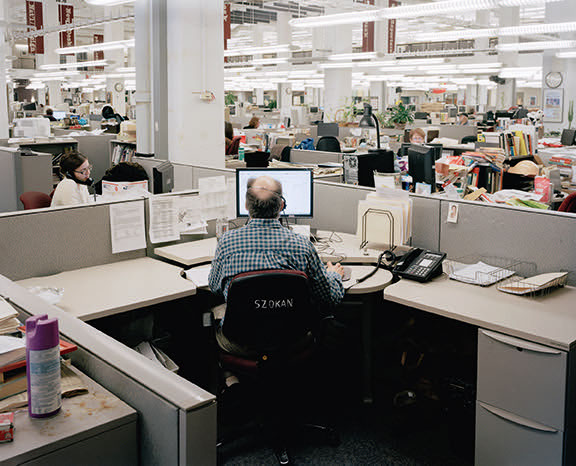
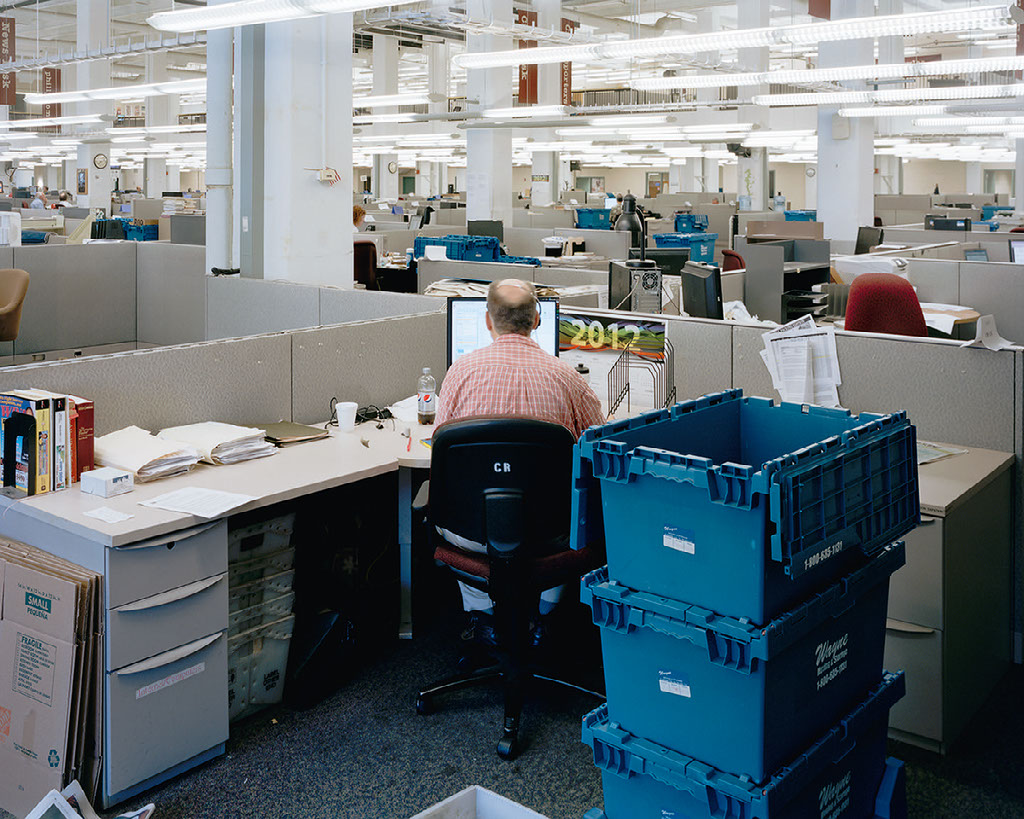
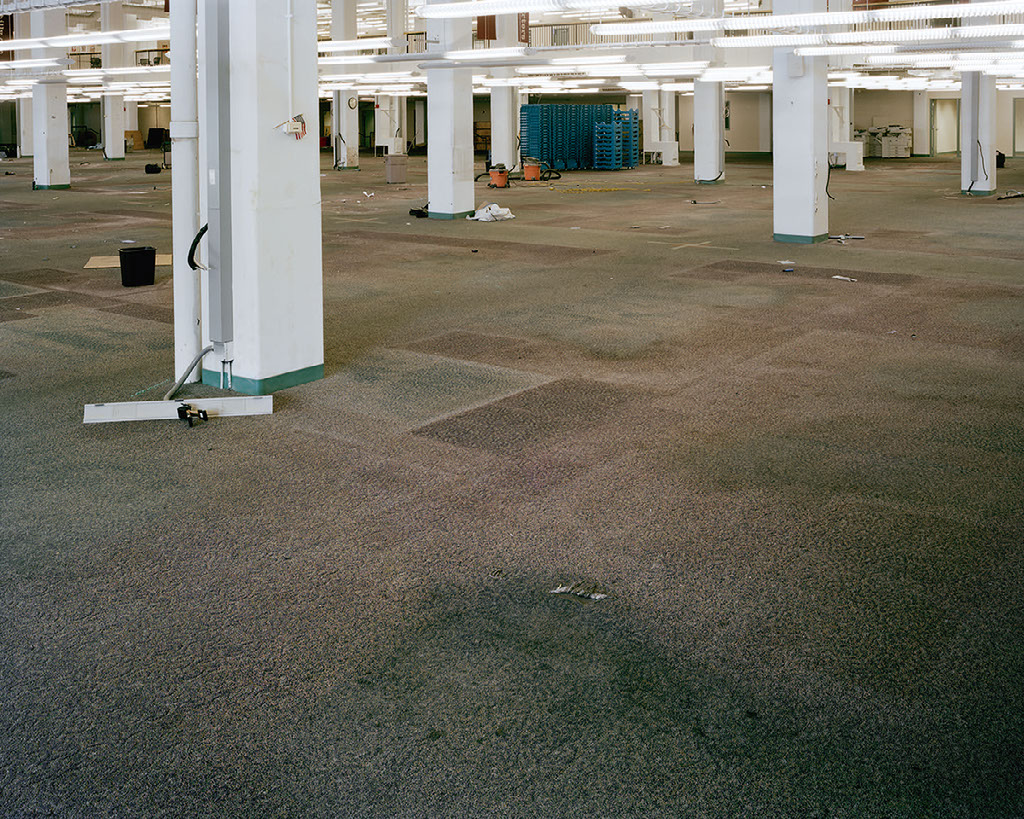

The Vanishing Newspaper
Will Steacy’s »Deadline«
by Stefan-Maria Mittendorf, Curator
It has long been no secret that the classic printed newspaper is fighting for its life. In his book »The Vanishing Newspaper – Saving Journalism in the Information Age«, U.S. professor of journalism, Philip Meyer, prophesies that April 2040 will see the last ever printed newspaper. The predicted disappearance of the newspaper will hit the United States particularly hard. While in the 1960s, four out of five Americans were reading a newspaper every day, the figure has declined to just under half today. It is young people, in the main, who have very little interest in »ink printed on dead trees« as Andrew Gower, former editor-in-chief of the Financial Times, succinctly put it.
When asked why he has chosen to create an art project like »Deadline«, photographer and author Will Steacy, who now lives in New York City, explains that it all began with some childhood memories. Steacy was born in New Haven in 1980 and spent his childhood in the editorial department of »The Philadelphia Inquirer«. He was always fascinated by the mounds of paper and stacks of files piled high on the desks of his father and the other editors. It was a particular treat for Steacy and his brother to be allowed into the room with the printing presses – but only if they promised not to touch anything or to end up with ink stains on their clothes. Will Steacy comes from a family of journalists and is the fifth generation to work in the editorial departments of a newspaper. Steacy’s great-great-great-great grandfather, Hiram Young, began the tradition by publishing the »The Evening Dispatch« in York in 1876, thereby laying the foundations for the family tradition in journalism. However, this came to an end in 2011, when Steacy’s father, Tom, was laid off after 29 years as an editor for one of the newspapers with the highest circulation of any daily in the USA, »The Philadelphia Inquirer«.
Will Steacy’s complex research project, »Deadline« (2009 – 2015) charts the rise and dramatic demise of the American newspaper industry from the perspective of its employees, using his home newspaper »The Philadelphia Inquirer« as an example. He examines the potential opportunities offered by photography to reflect the upheavals in the print media and the way in which they are perceived by society.
A glance at the history of newspapers in the USA is helpful for our investigation of the subject. Unlike in Europe, education was not restricted to the aristocracy in the USA. Reading was not regarded as the preserve of the elite and printed material was disseminated equally across all layers of society, which gave rise to a diffuse, yet flourishing and classless culture of reading. As Jacob Duché, the rector of Christ Church Philadelphia, Pennsylvania, remarked in 1772: »The poorest labourer upon the shore of the Delaware thinks himself entitled to deliver his sentiments in matters of religion and politics with as much freedom as the gentlemen of the scholar. Such is the prevailing taste for books of every kind, that almost every man is a reader.«
The first printing works in the USA opened in 1638. At that time, it was attached to Harvard University, which had been founded two years earlier. Shortly afterwards, print works were established in Boston and Philadelphia. The first signs of a nascent American literary culture were evident in the closing years of the 17th century, and this shaped the American love of the printed word and books. It also bought about newspapers, which Americans were first able to read on 25 September 1690 with the publication of a three-page edition of a newspaper edited by Benjamin Harris in Boston under the title: »Publick Occurrences Both Forreign and Domestick«. In his announcement of the newspaper, Harris declared that a print medium was necessary to combat the spirit of untruth dominating Boston at the time. However, no second edition ever appeared. Nevertheless, Harris’s failed attempt pioneered the publication of further newspapers.
After »The New York Times« and »The Washington Post«, »The Philadelphia Enquirer« is the third oldest newspaper in the USA today. It was founded by John R. Walker and John Norvell on 1 June 1829 as »The Pennsylvania Inquirer«. The publishers wanted their print medium to give society a new voice, to air political and societal grievances and to strongly promote liberty and freedom of opinion through their editorial work. The newspaper rose and fell precisely in tandem with the historical and economic development of the country. In 1859, the paper was renamed »The Philadelphia Inquirer« and had a print run of 7,000 copies. The outbreak of the American Civil War (1861 – 1865) caused the print run to rise steeply and by 1863, around 70,000 were being printed. The reason for this was that during the war, some 25,000 to 30,000 copies would go to soldiers of the Union army. In the immediate aftermath of the Civil War, the paper was hit by its first crisis, when the circulation of »The Philadelphia Inquirer« dropped to a low of 5,000 copies in 1888. The next year, the paper was sold to publisher James Elverson, who succeeded in reviving it with measures such as launching a new Sunday edition on the market. After Elverson’s death in 1911, his son, James Elverson Jr., took over the business and built the legendary 18-storey editorial building, nicknamed »The Tower of Truth« in Philadelphia. In 1936, Moses Annenberg took over as the publisher of the paper, to be succeeded after his death in 1942 by his son, Walter Annenberg. The newsroom, which was newly set up in autumn 1994, was the first of its kind in the world. Until 2012, the Elverson Building located at 440 N. Broad Street served as the publishing house of the daily newspaper. The current owners, Philadelphia Media Network, employ 472 editorial staff and the paper has a daily circulation of 158,546 copies, with 312,197 for the Sunday edition.
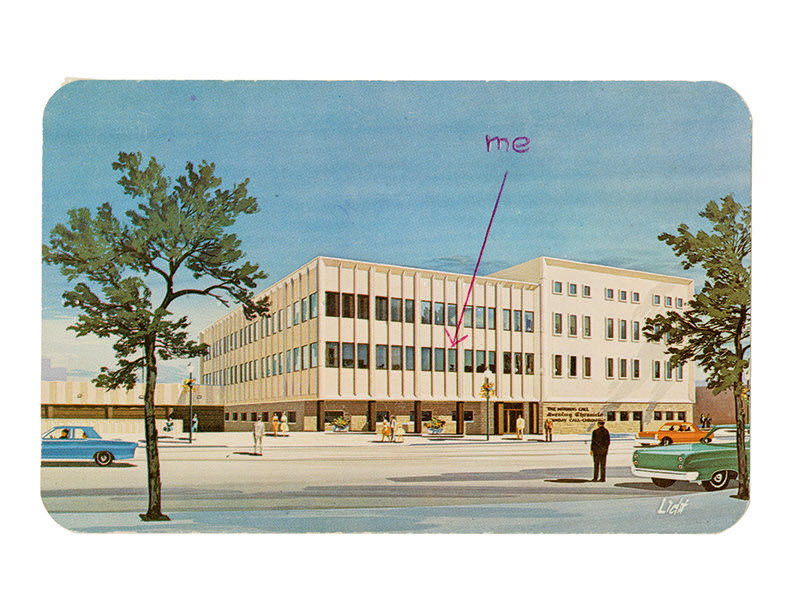
When Will Steacy began work on his »Deadline« project in May 2009 in the newsroom of »The Philadelphia Inquirer«, he had already been working on other projects. These included »Down these mean streets«, »The human stain« and »A silent affliction«, which deal with the societal, social and economic erosion and changes taking place in the United States. Problems at the »Inquirer« arose gradually, but ultimately had dramatic consequences. The number of staff editors was cut from 700 to 200, this was followed by insolvency, disposal to a hedge fund manager, the sale of the editorial building to real estate investor, Bart Blatstein, and the relocation of what remained of the editorial department and the newsroom to one floor of the »Strawbridge & Clothier Building« at 801 Market Street in Philadelphia. In the wake of these changes, Steacy found signs of consolidation in the newsroom. He therefore continued to pursue his project, focusing on the changes in the editorial department of »The Philadelphia Inquirer« and its fight against the digital world. By documenting this photographically, he hoped that he would observe a change for the better after the crisis in print journalism. However, things did not quite work out like that. After 29 years of service, Steacy’s father, Tom, was dismissed from the editorial department. This gave the project a new direction, which is the generations-old professional association between the family and newspapers as well as the personal sense of identification with the medium of newspaper, which now endows the distinctive character to »Deadline«. Steacy is using documentary photography as a way to chronicle this quality.
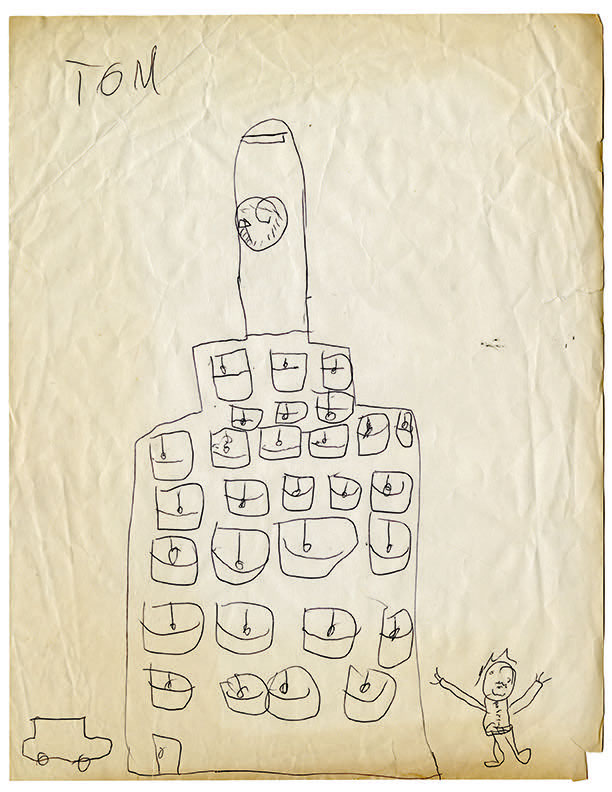
In February 2013, Steacy completed his photographic examination of the newsroom of »The Philadelphia Inquirer«. In 2014, he researched and scanned archival material, pictures and editorial texts and added them to his photographic documentation of the historical development of the group. The images defining the concept of »Deadline« are augmented by the addition of text. For example, the findings of this multi-faceted work are presented in the style of a newspaper report on the events of the day and the realities of everyday life. »Deadline« gives a powerful overview of the dramatic change within the editorial department and the company, underpinning this with biographies of its editors up to 2011, the end of an era. The dismissal of Steacy’s father makes the role of the family and its representation in »Deadline« even more palpable. Starting with the announcement from January 1960 that »John Steacy will be in charge of the news operation of the Evening Chronicle«, it also includes the reproduction of a child’s drawing from 1986, entitled »Will Steacy’s drawing of the Inquirer building«, as well as photographs and polaroids of »John Steacy, Editor, Call-Chronicle« in 1962, »Tom Steacy at his desk« and »Tom Steacy Assistant Metro Editor«, both dated 1995.
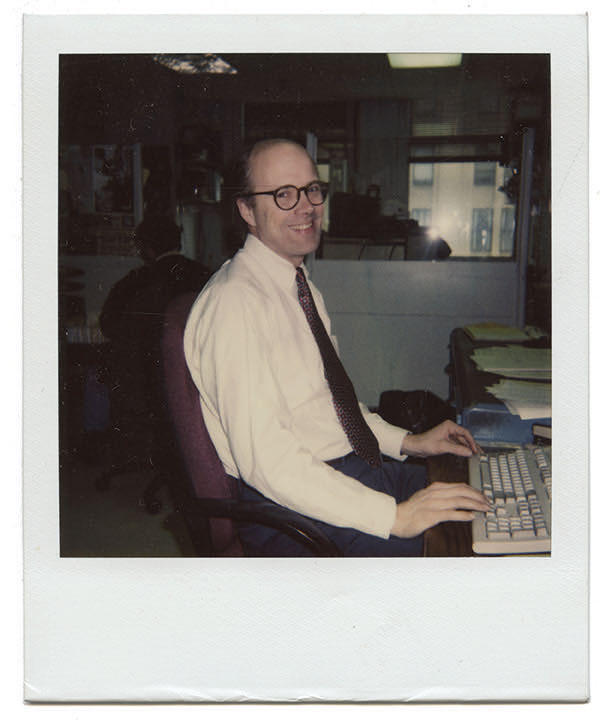
What is remarkable is that during the course of its history, the newspaper has been awarded Pulitzer prizes more than 18 times, as illustrated in the motif »2012 Pulitzer Prize For Public Service Awarded To Philadelphia Inquirer, Assault On Learning Series – 11:42 am«. In spite of this recognition and the honours given to the project by the most important U.S. journalists and media awards, the transformation process of the editorial department of »The Philadelphia Inquirer« could not be sustained. This is documented by the themes entitled: »Madness Takes Its Toll – 4:20 pm« of 2011, »Final Staff Photograph in Elverson Building Newsroom Before The Move – 4:07 pm« of 2012 and – from the same year – »The Tower Of Truth – 8:22 pm«, »Elevator Lobby, Night Of The Move – 10:43 pm« and »Telephone, Day After The Move – 4:12 pm«. The artistic concept of »Deadline« is striking, with its authorial compilation of diverse works and material, which relate to the sea change in the print medium and open up rather personal visionary perspectives. Steacy’s approach is perhaps best described as »discursive documentation«. The artist’s recourse to the newspaper medium is no simple flirtation with the journalism of his father. On the contrary, Steacy is turning classic, event-led journalism on its head and at the same time, showing how closely it is now related to the discursive footprint of his documentary photography. Produced using the layout of »The Philadelphia Inquirer« and printed on the presses of the publishing house in Philadelphia, Steacy has produced an 80-page newspaper edition for a price per copy of USD 20.
Will Steacy’s discursive »Deadline« documentation does not place the entire responsibility for the existential problems of today’s newspapers at the door of the World Wide Web. The decline began long before the internet started its triumphal march to victory. However, since most households are now connected, the rate of the decline in circulation and advertising has accelerated rapidly. In an interview, Steacy gave his take on the vanishing of the newspaper as: »I believe that the true reasons lie elsewhere. Formerly, many newspapers were family owned or belonged to local people. In the past quarter of a century, a massive concentration process has taken place, with the effect that most newspapers now belong to major media corporations. This change in ownership circumstances has also triggered a shift in the priorities set by the publishers: good journalism is no longer considered to be important as fat profits and shareholder satisfaction. This change led to dismissals in the editorial department across the whole of the country. As a result, many papers are currently battling to maintain reader interest and at the same time to provide a profitable platform for print and online reporting.«
Anyone expecting Will Steacy to propose a rescue package or even a magic formula for ensuring the survival of print media as the cornerstone of a democratic society will be sadly disappointed. He will not be able to eliminate the Sword of Damocles currently hanging over the entire industry. Journalists are losing their monopoly as experts on the news, because they take great pains to satisfy an outdated, untargeted desire for information in the form of newspapers. The public’s relationship with the media has fundamentally changed. The first thing most now do in the morning is reach for their smartphone. The newspaper of today springs up on a blog, not in a newsroom. However, perhaps everything will turn out well in the end. A new plurality has arisen in the press sector. A few longstanding newspaper editorial departments such as »The Philadelphia Inquirer« will emerge from the crisis as winners. New, young editorial departments are joining those few enduring offices which initiated the transformation. They can exist because in the new order, the dissemination of information is possible without any great financial outlay: no printing presses, paper or distribution organisations are needed to generate the product.
»There is nothing more Punk Rock than being a newspaperman«.
Stefan-Maria Mittendorf

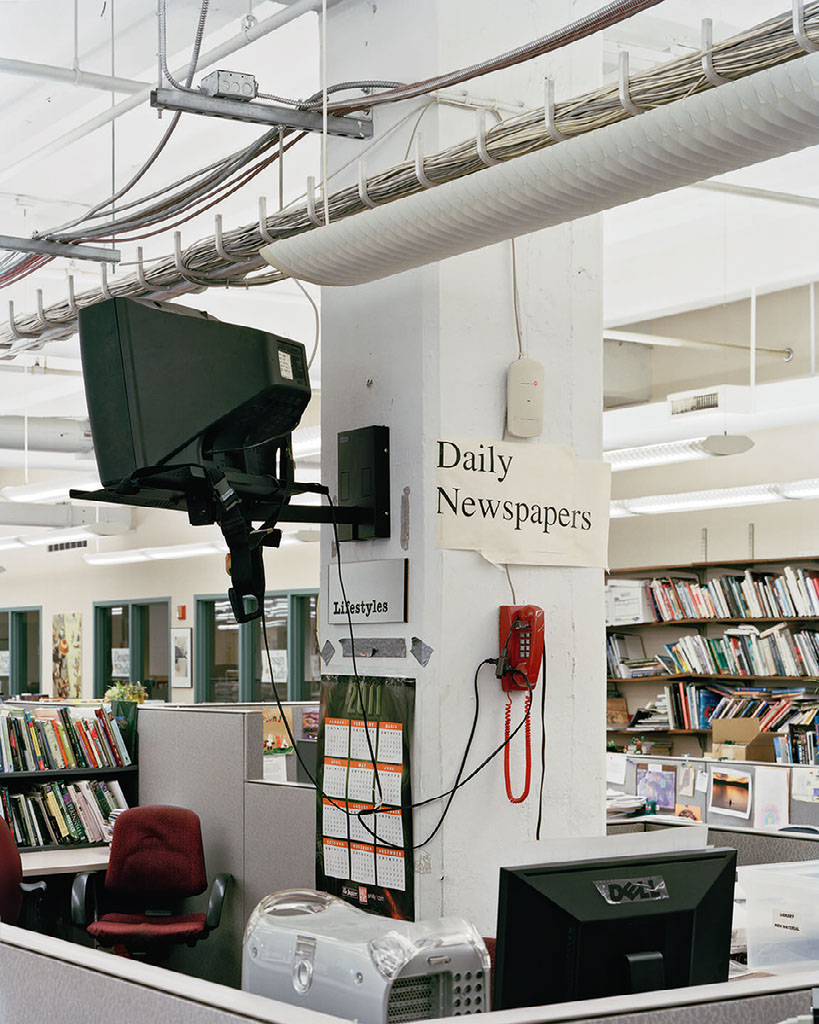
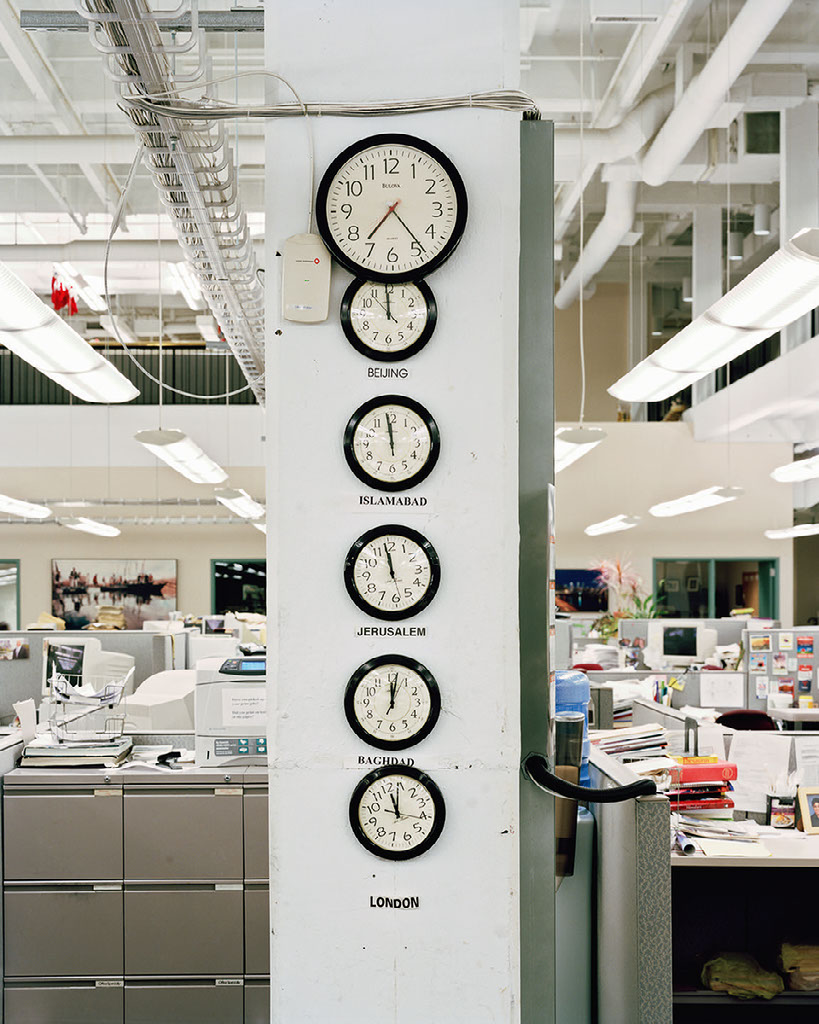

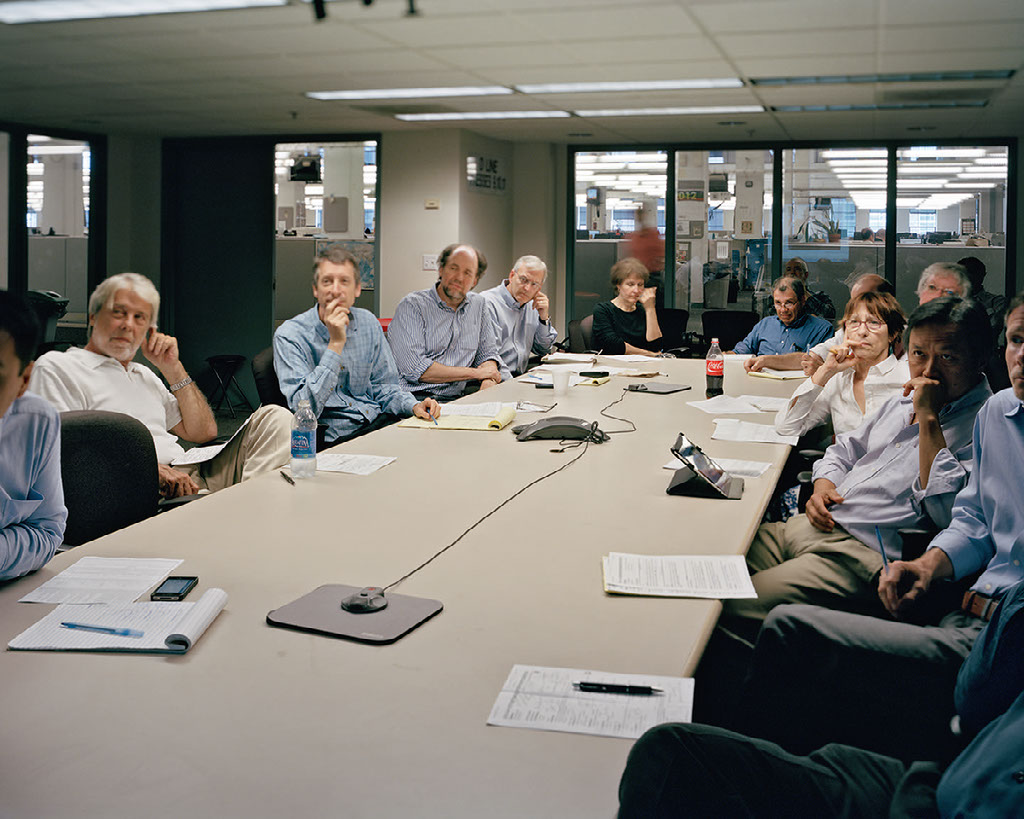
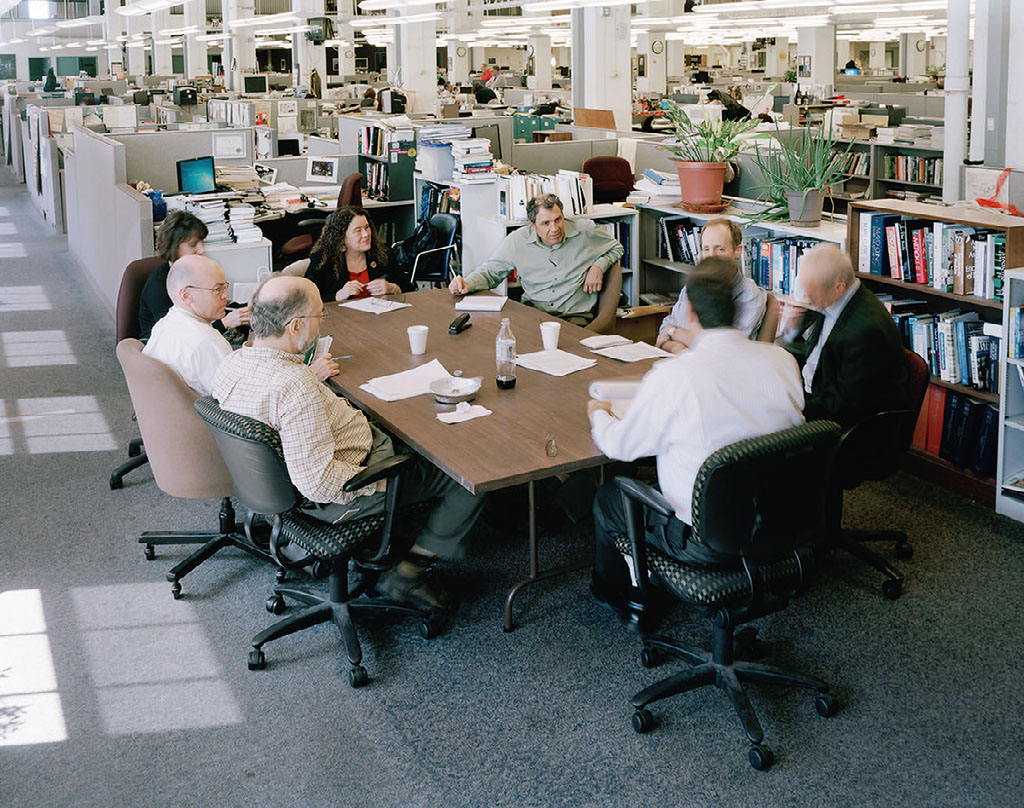
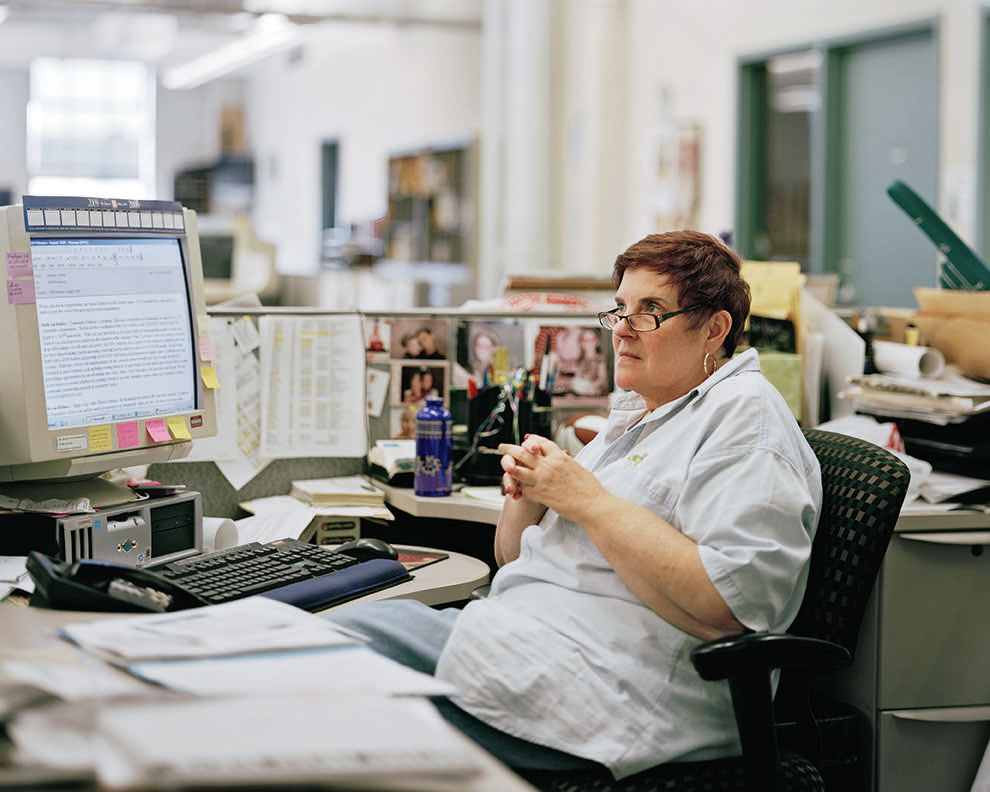
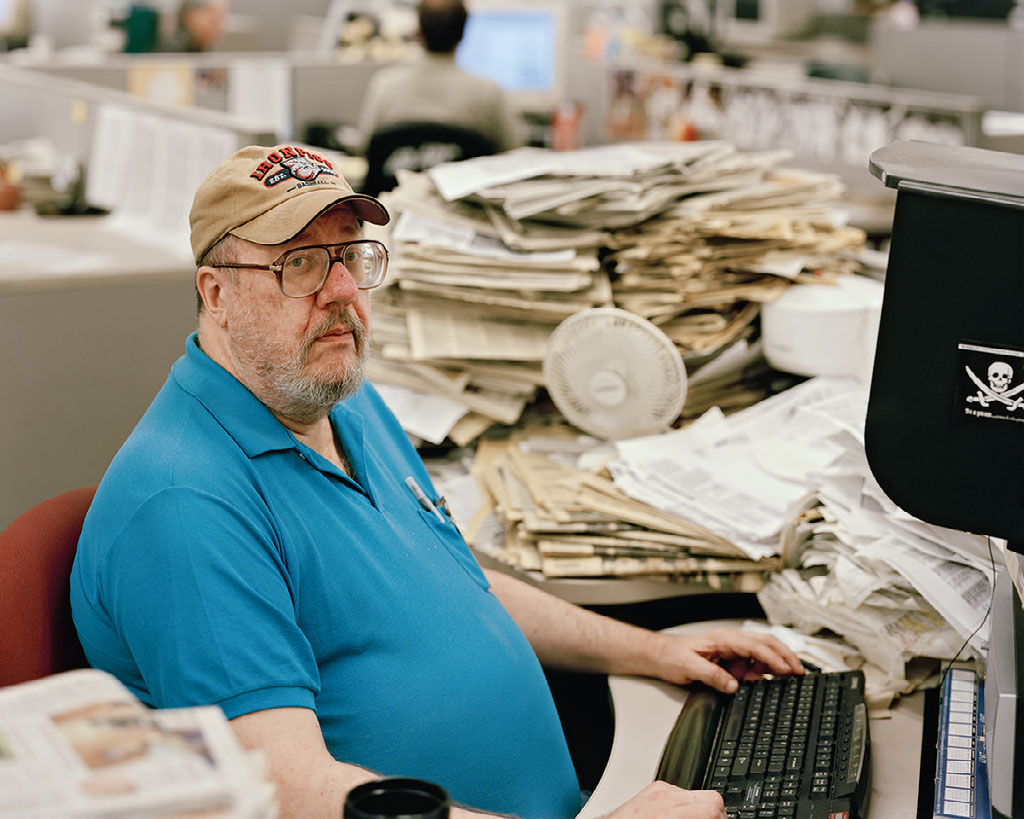

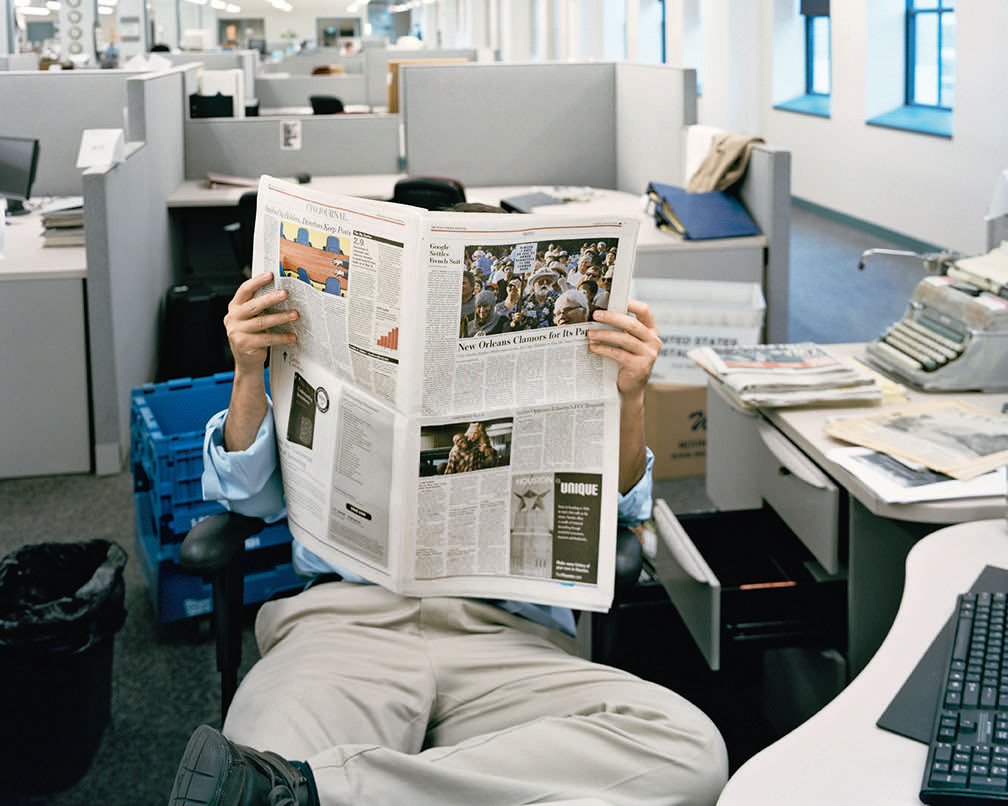


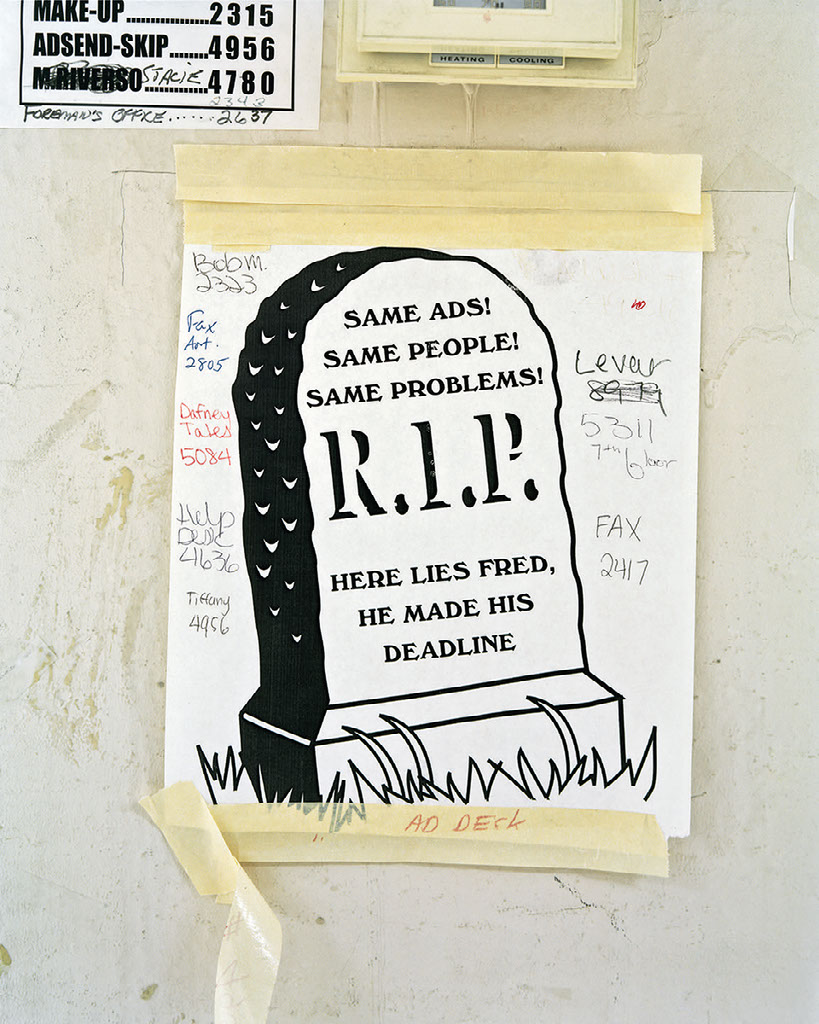
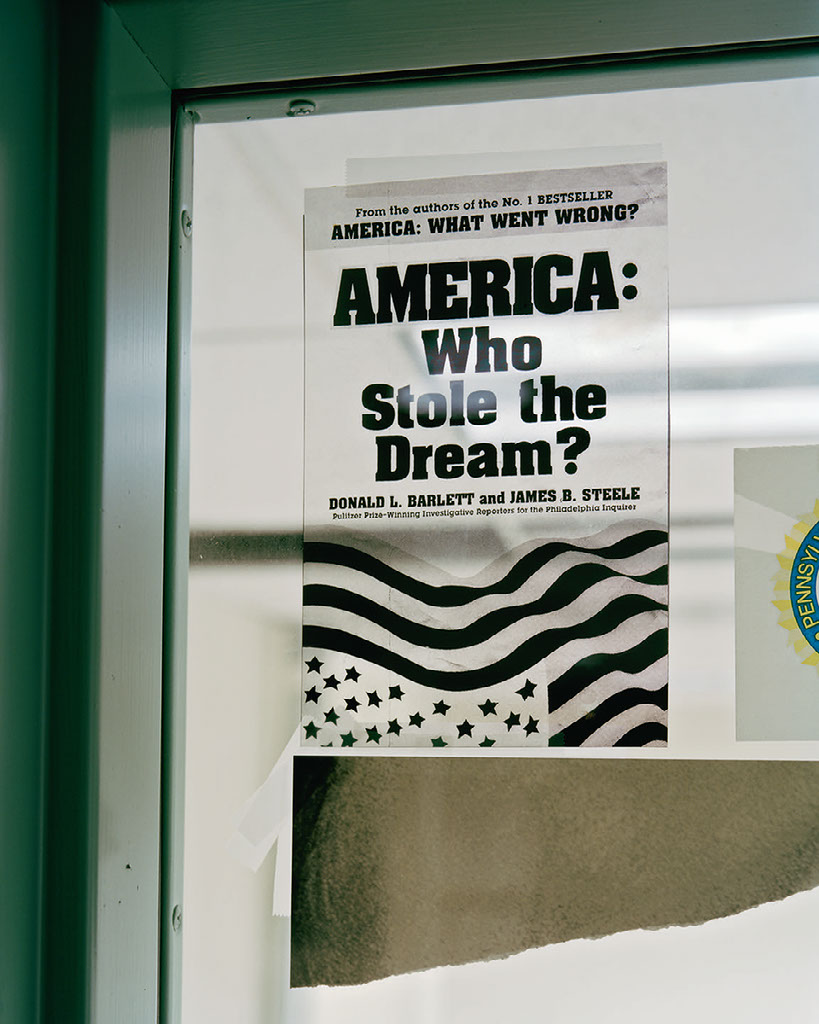


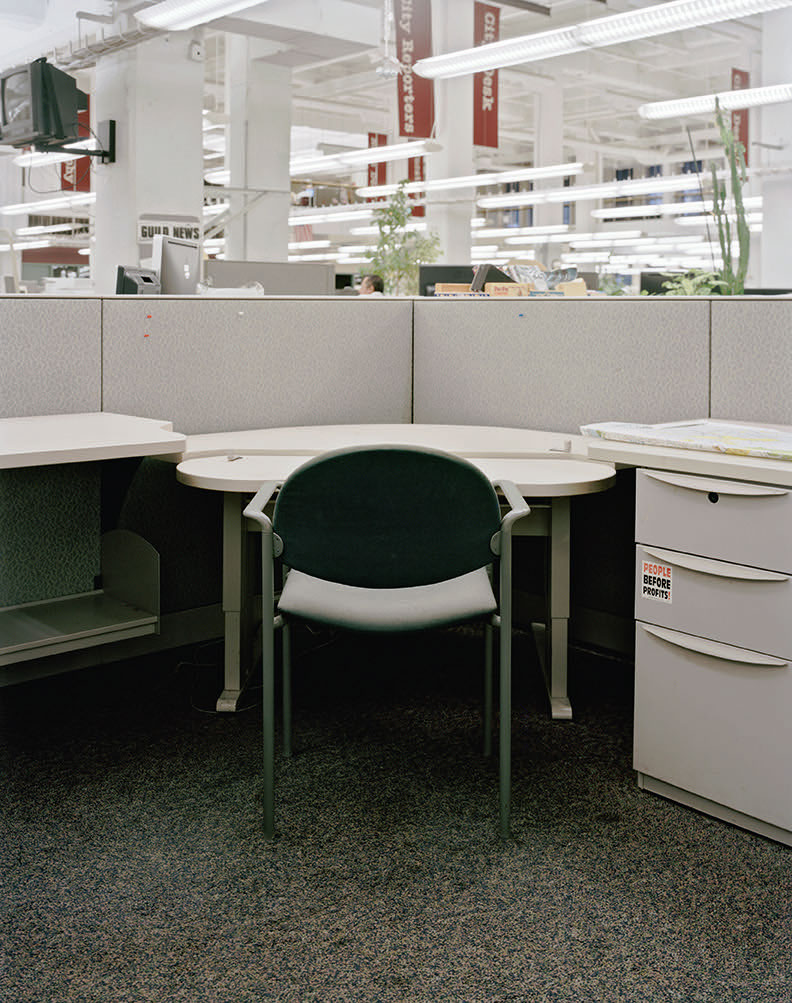
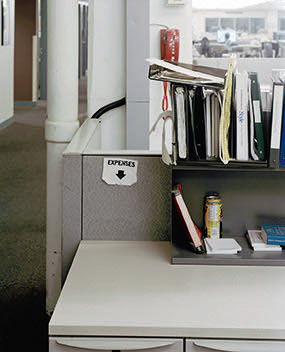
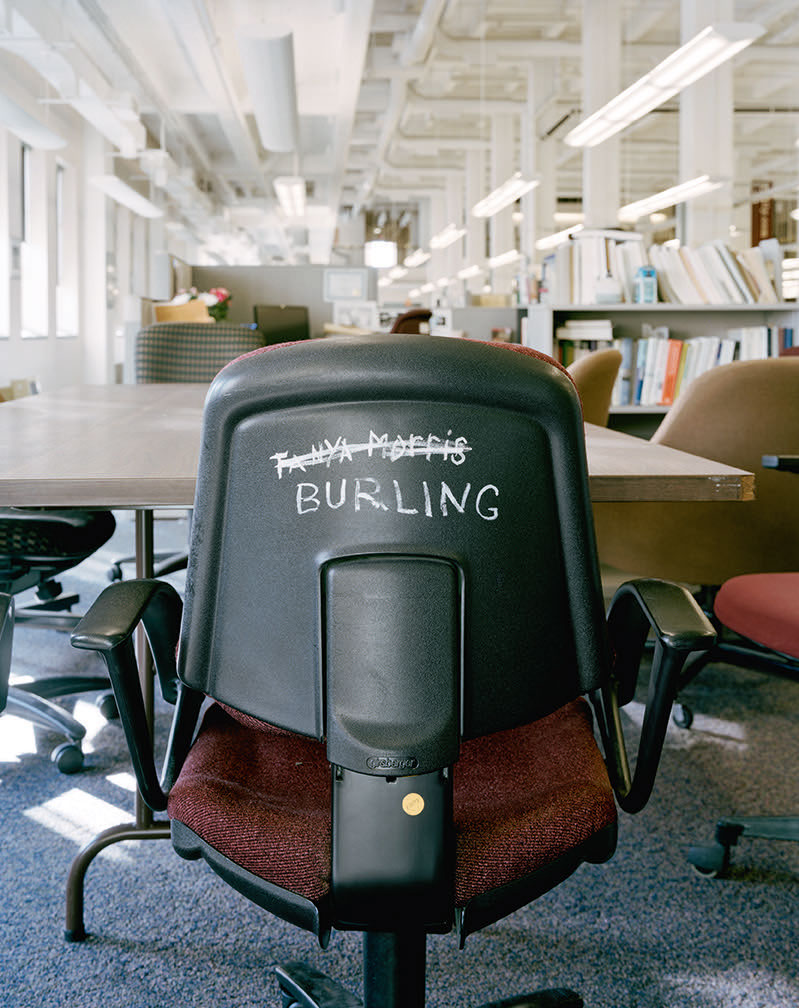
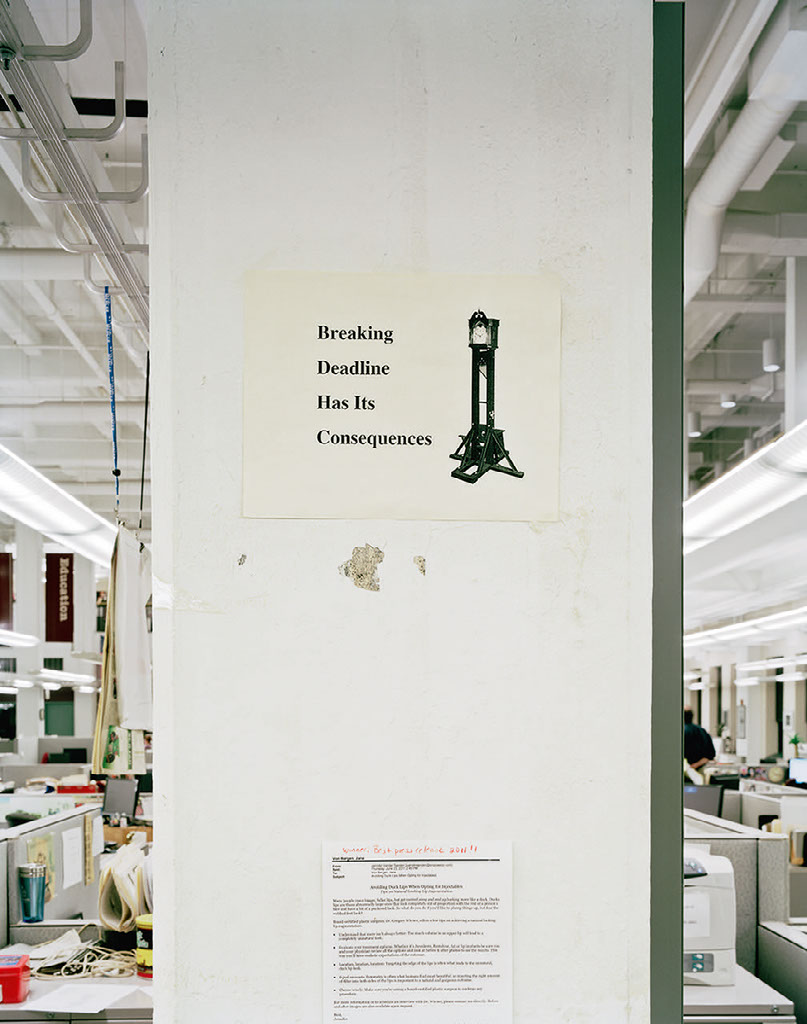

Madness Takes Its Toll–––4:20pm, 2011

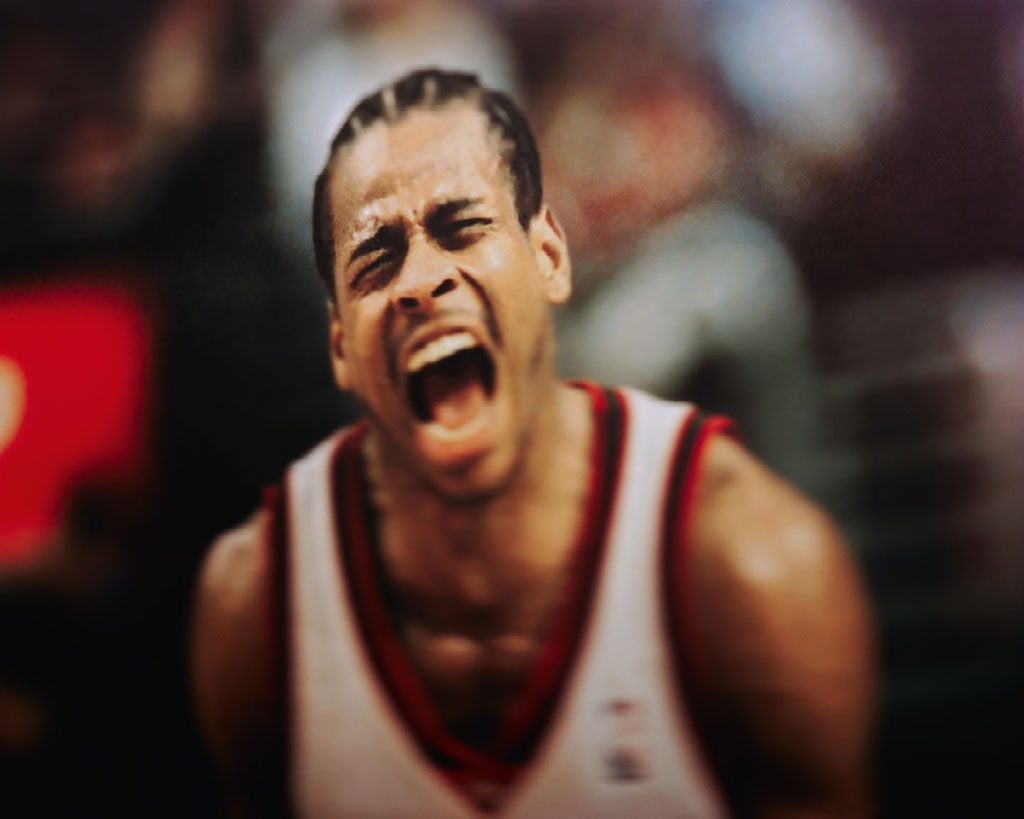
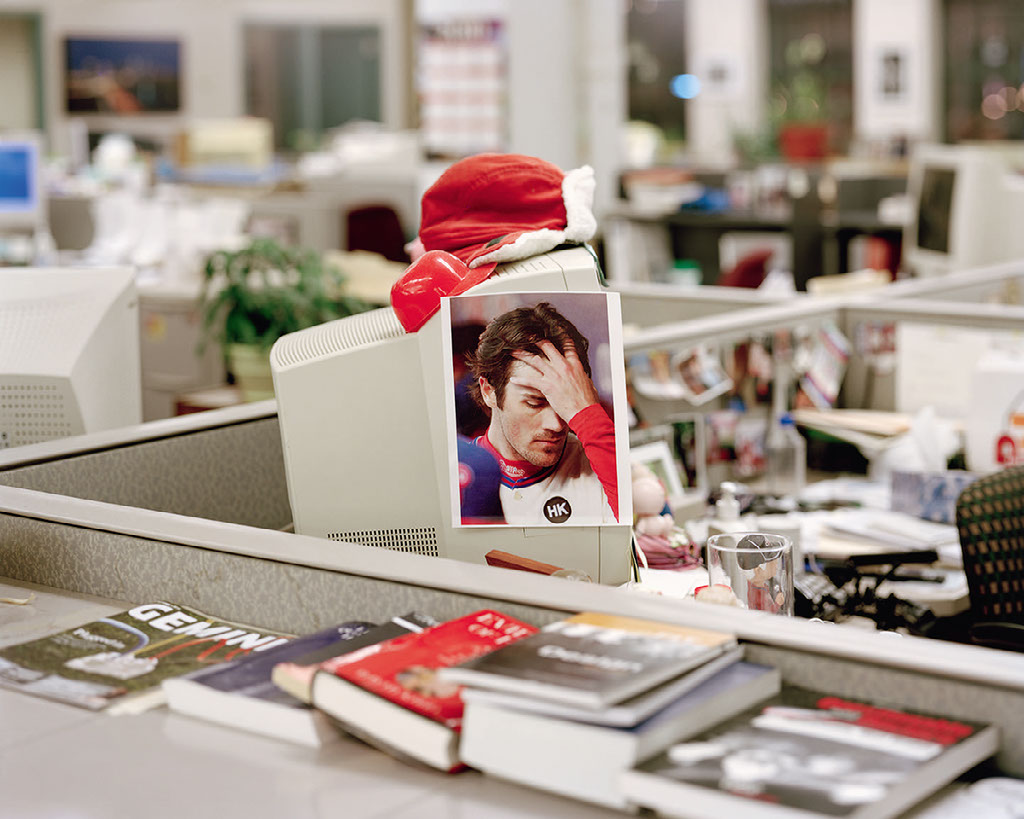
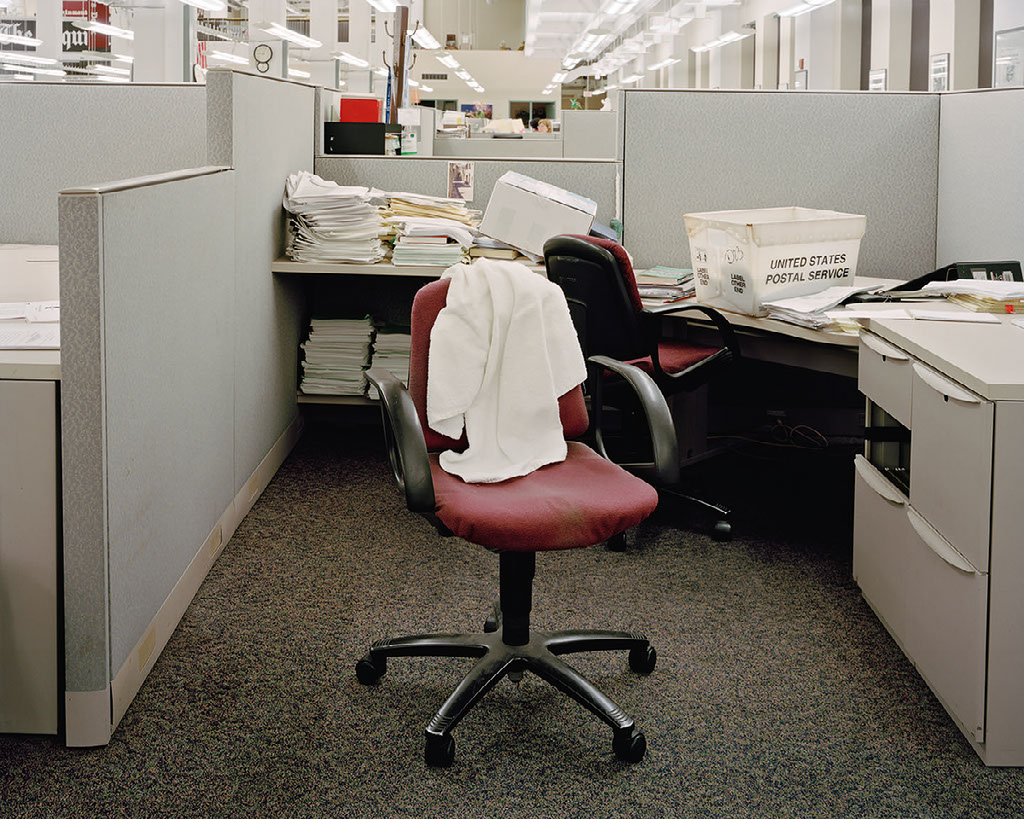

Cubicle, Arts & Features Desk–––12:23pm, 2011
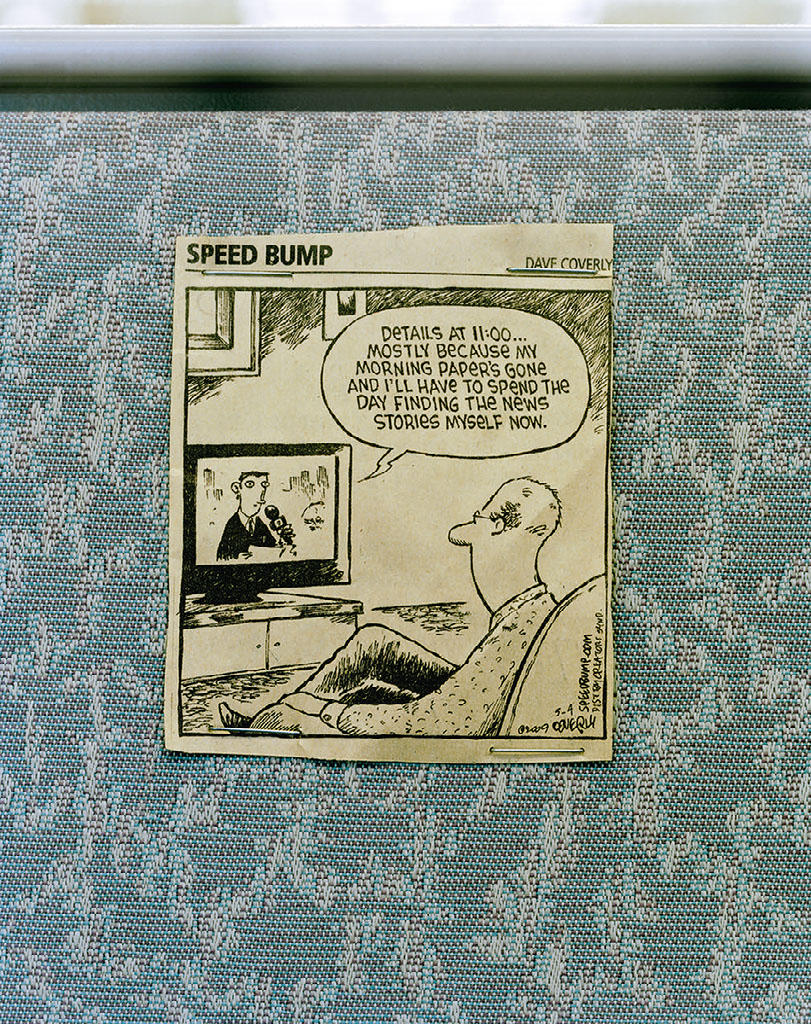
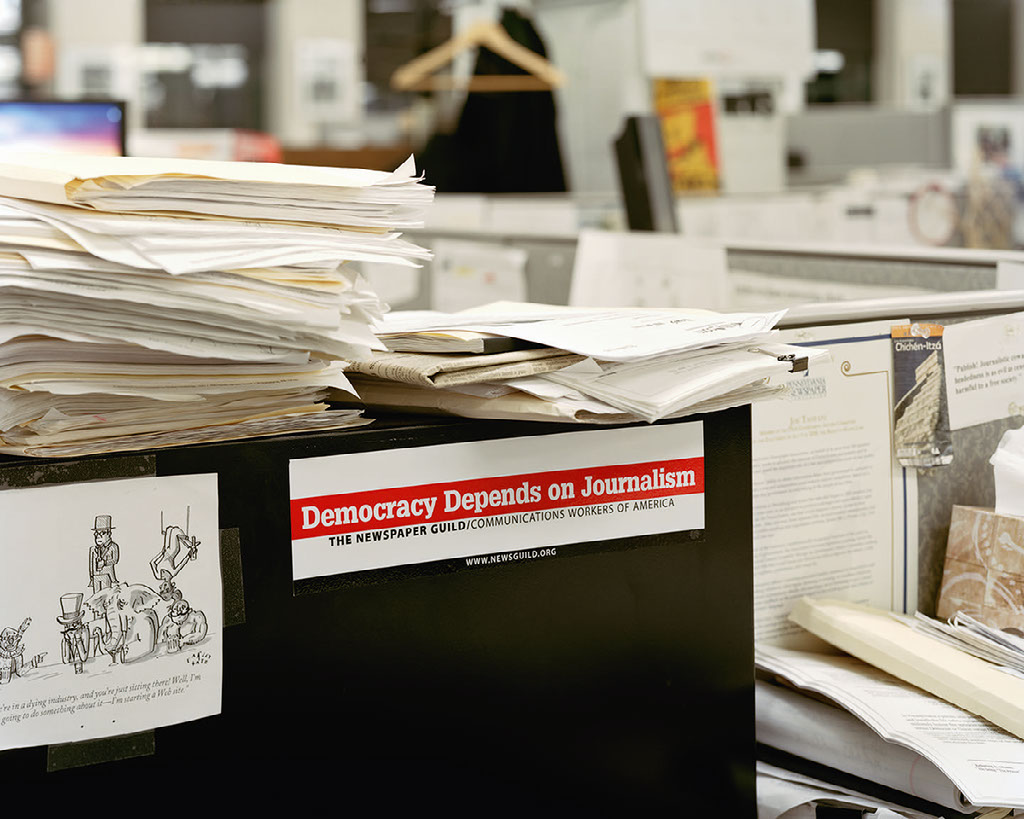
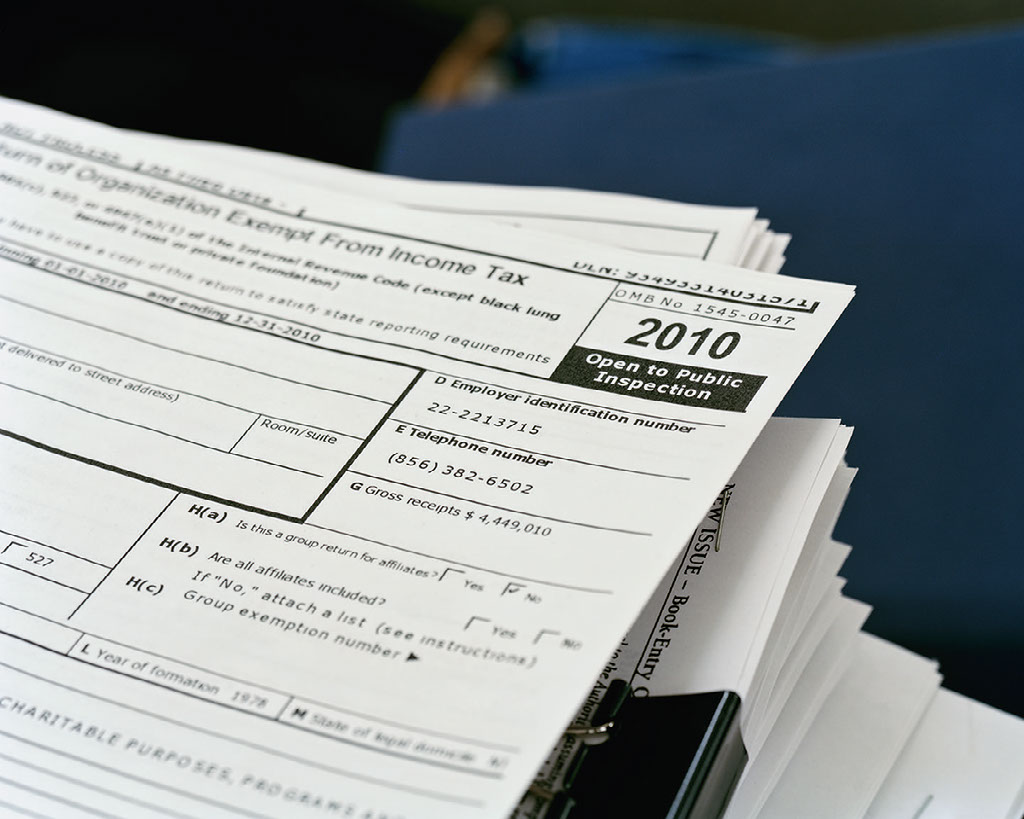
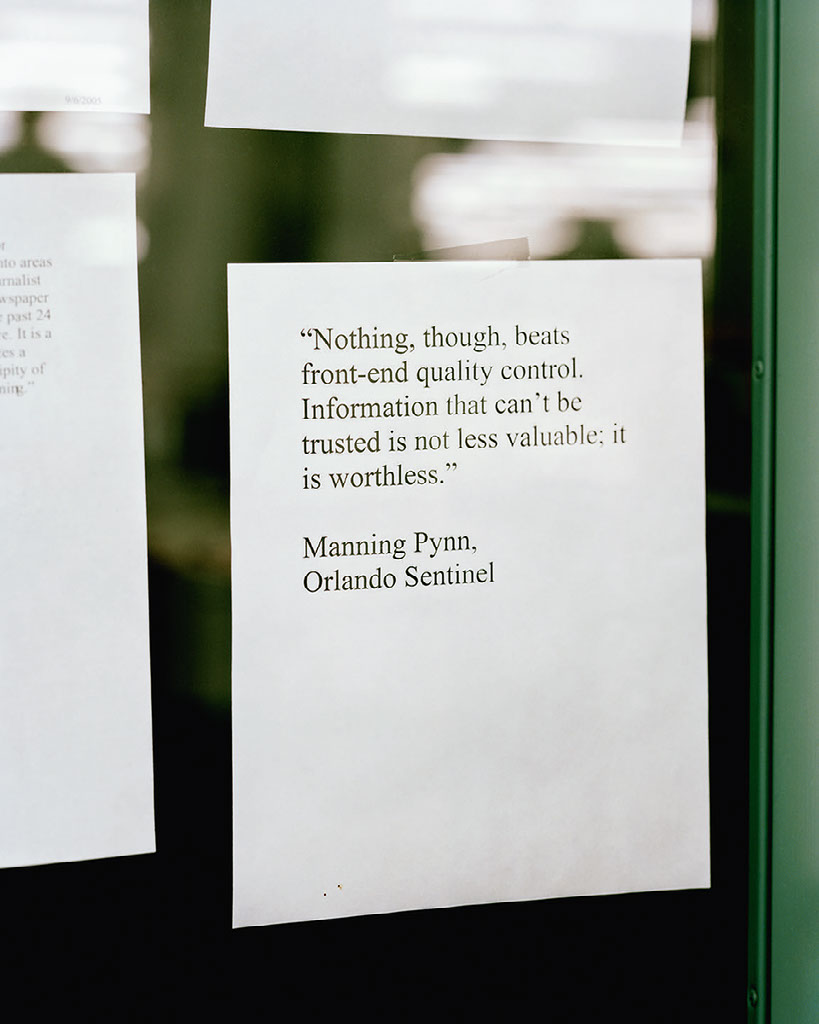
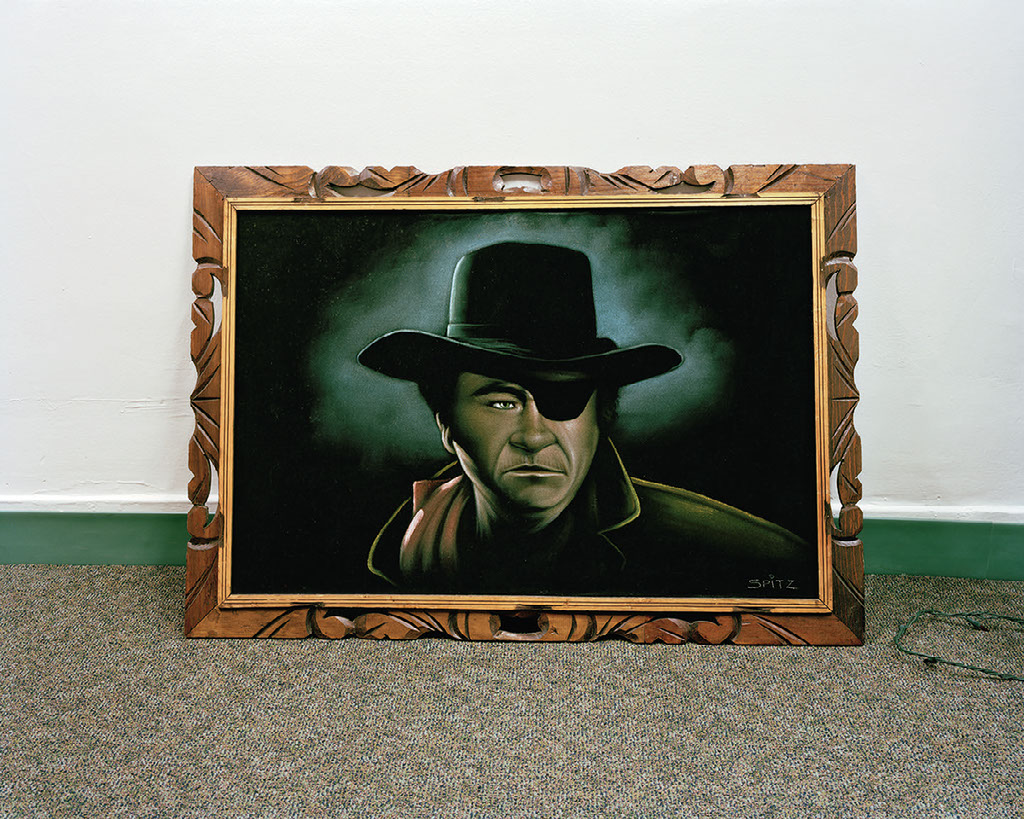
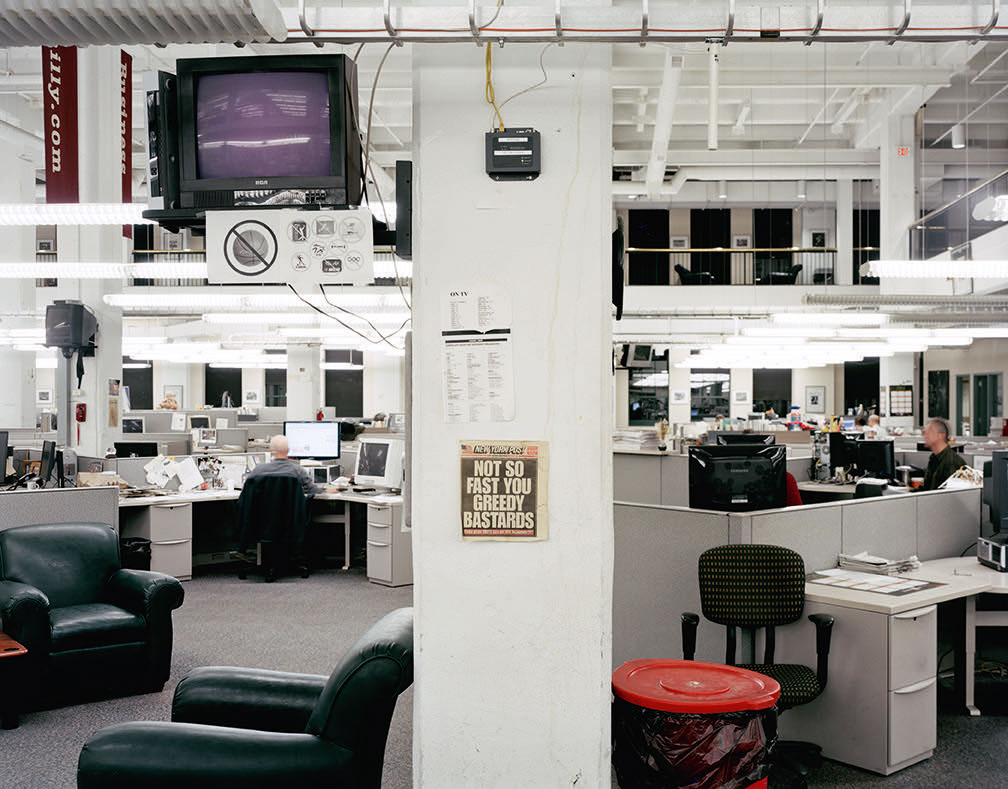
2012 Pulitzer Prize For Public Service Awarded To Philadelphia Inquirer, “Assault On Learning” Series–––11:42am, 2012

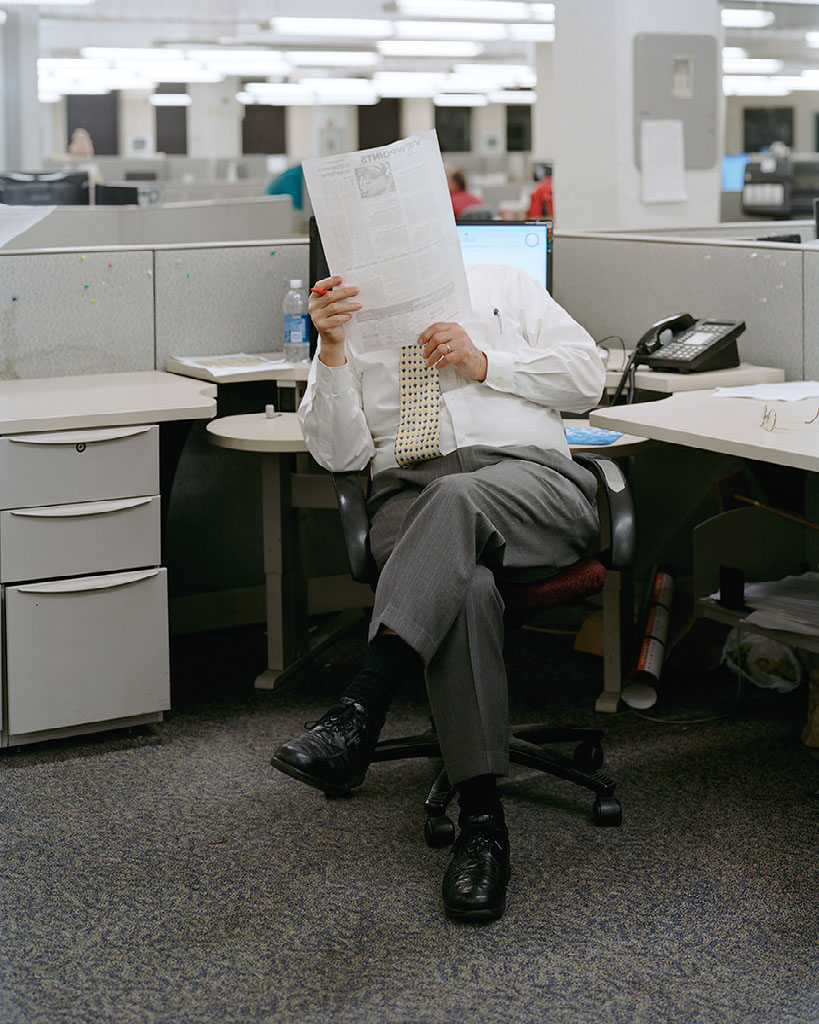
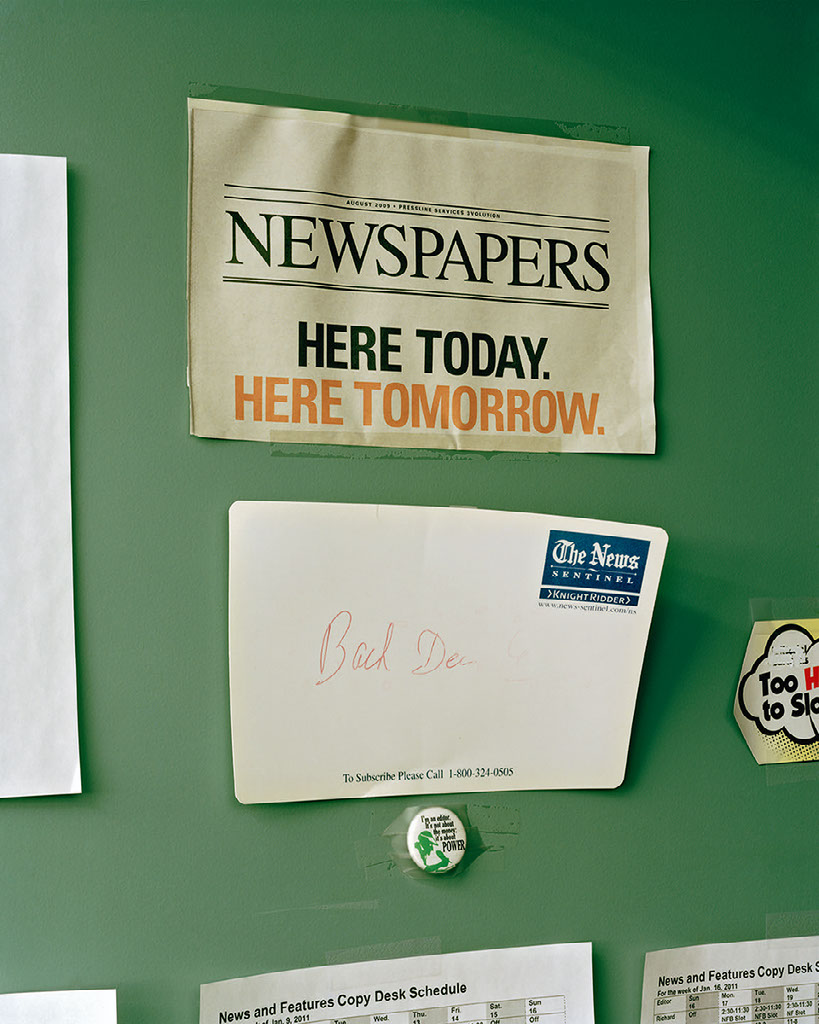
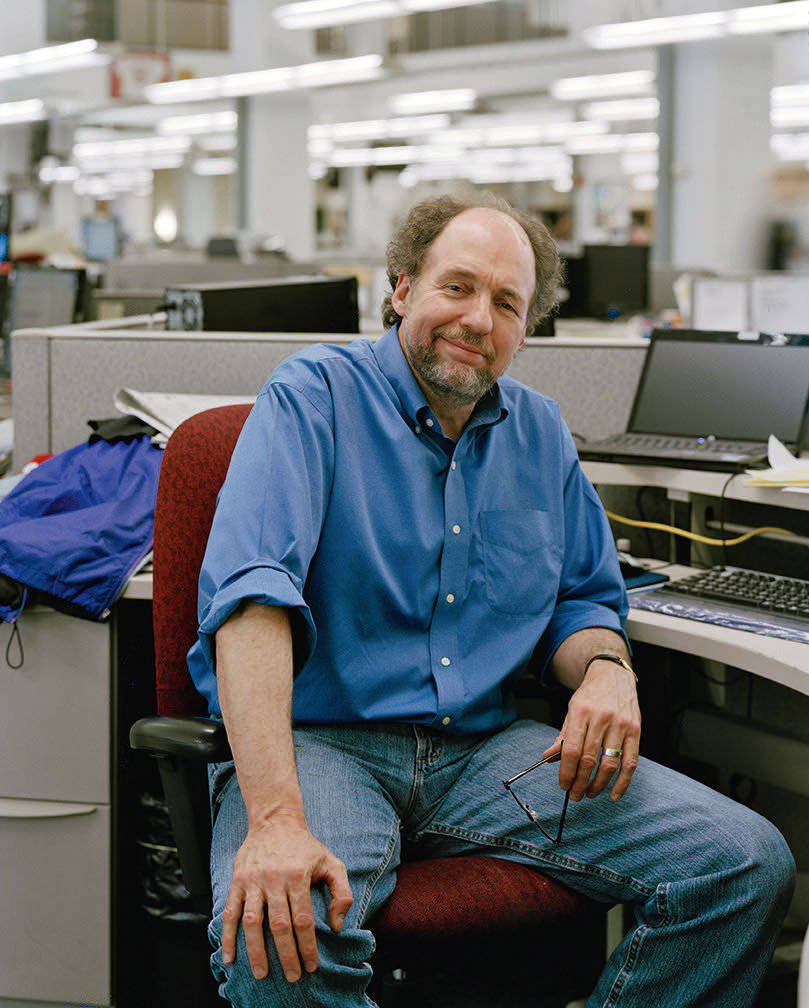
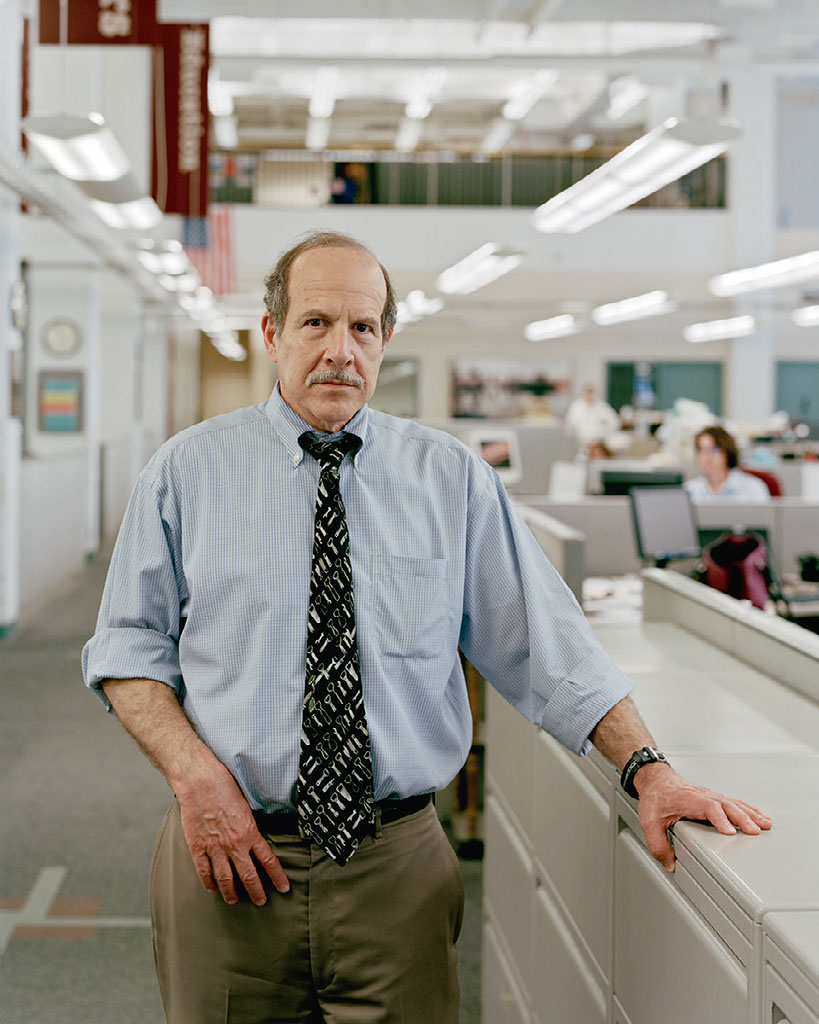
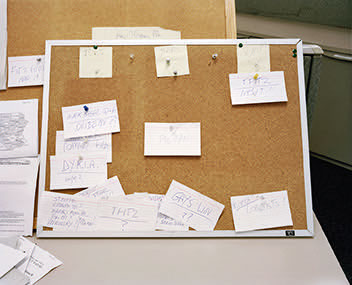
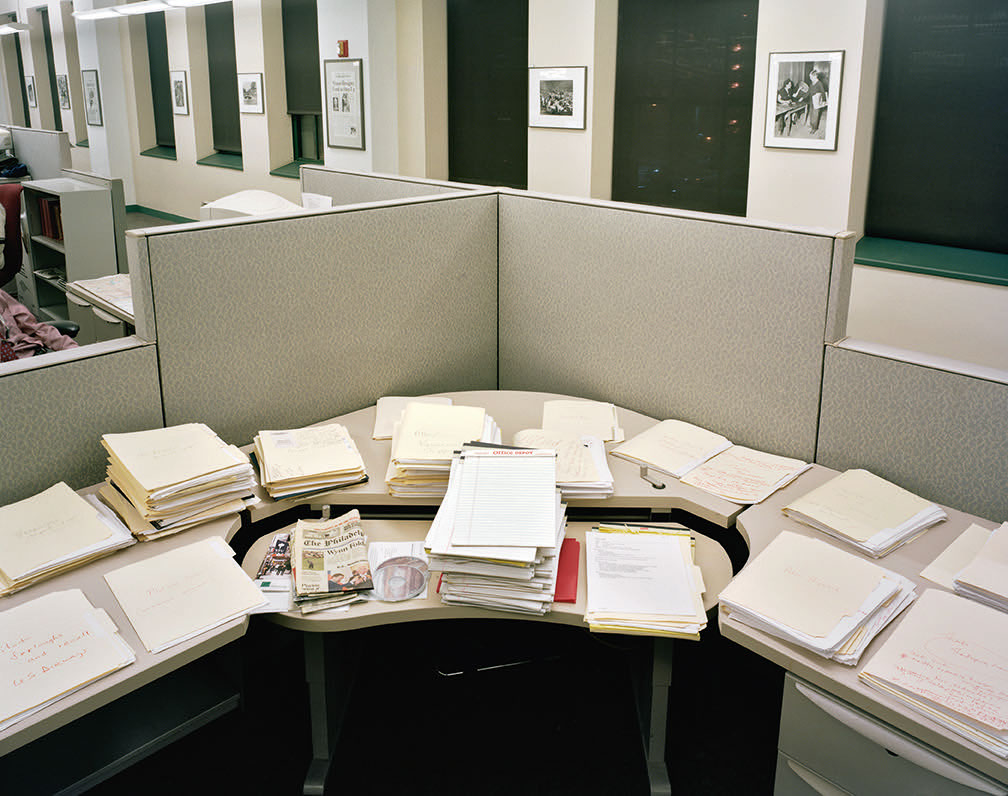
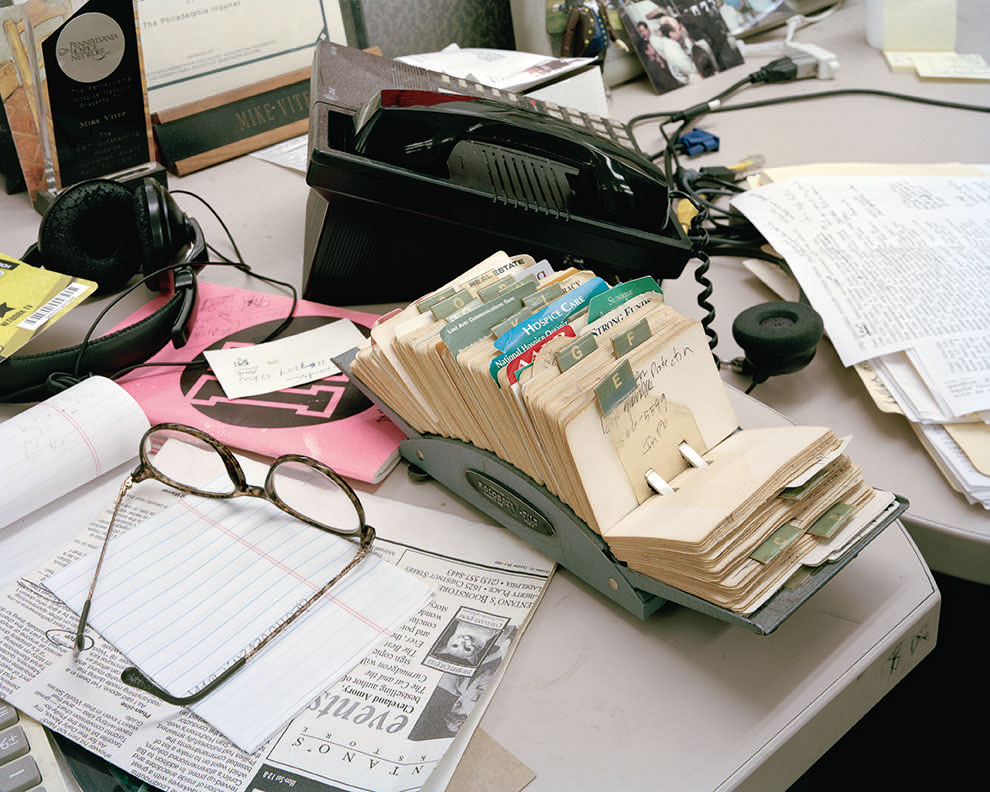
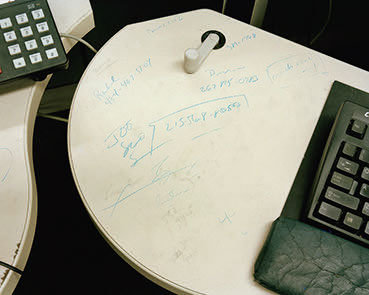

Avery Rome, Deputy Managing Editor–––2:42pm, 2011
William Johnson, Advertising Sales–––3:26pm, 2011

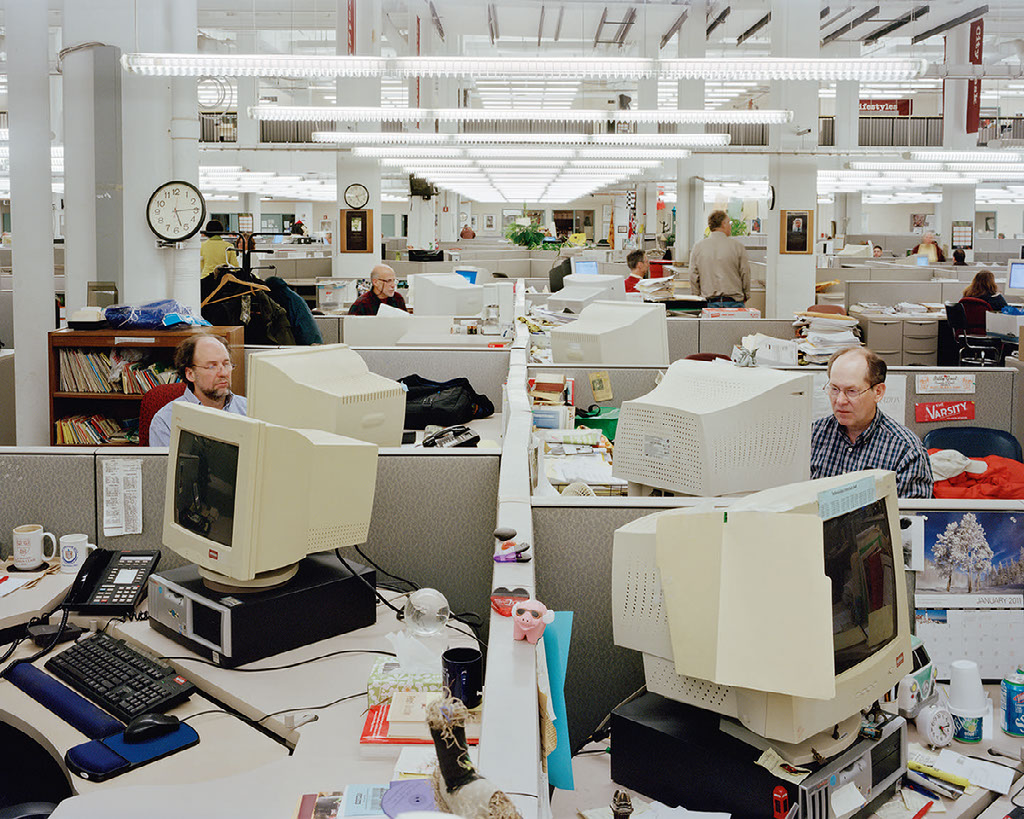
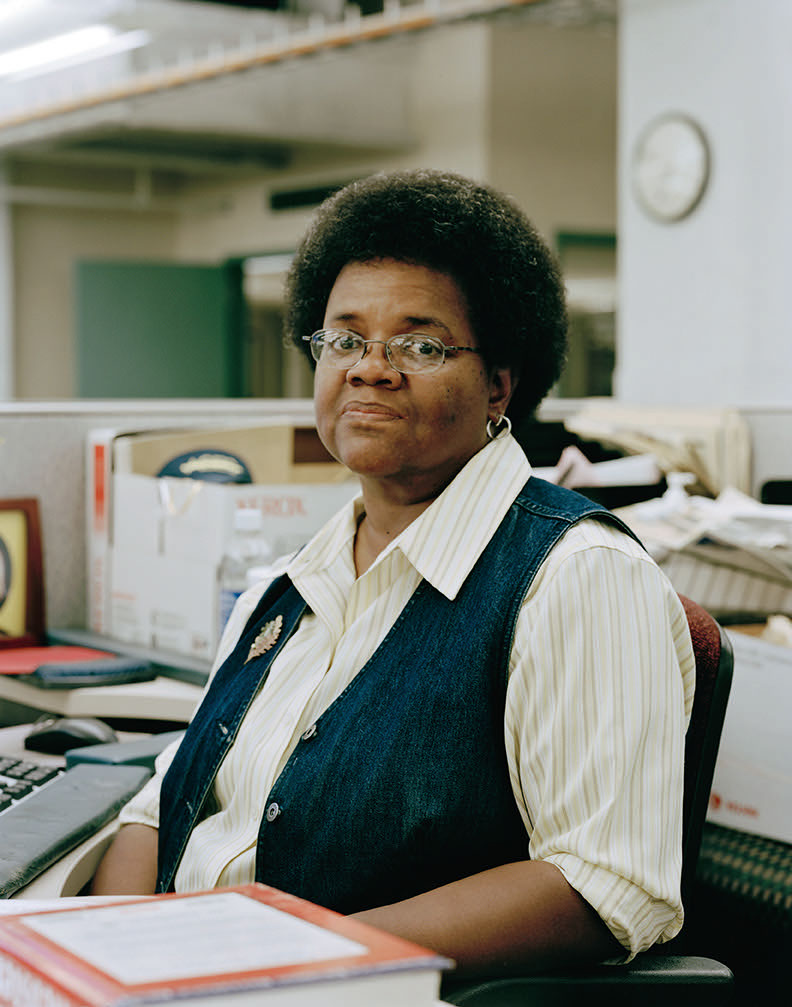
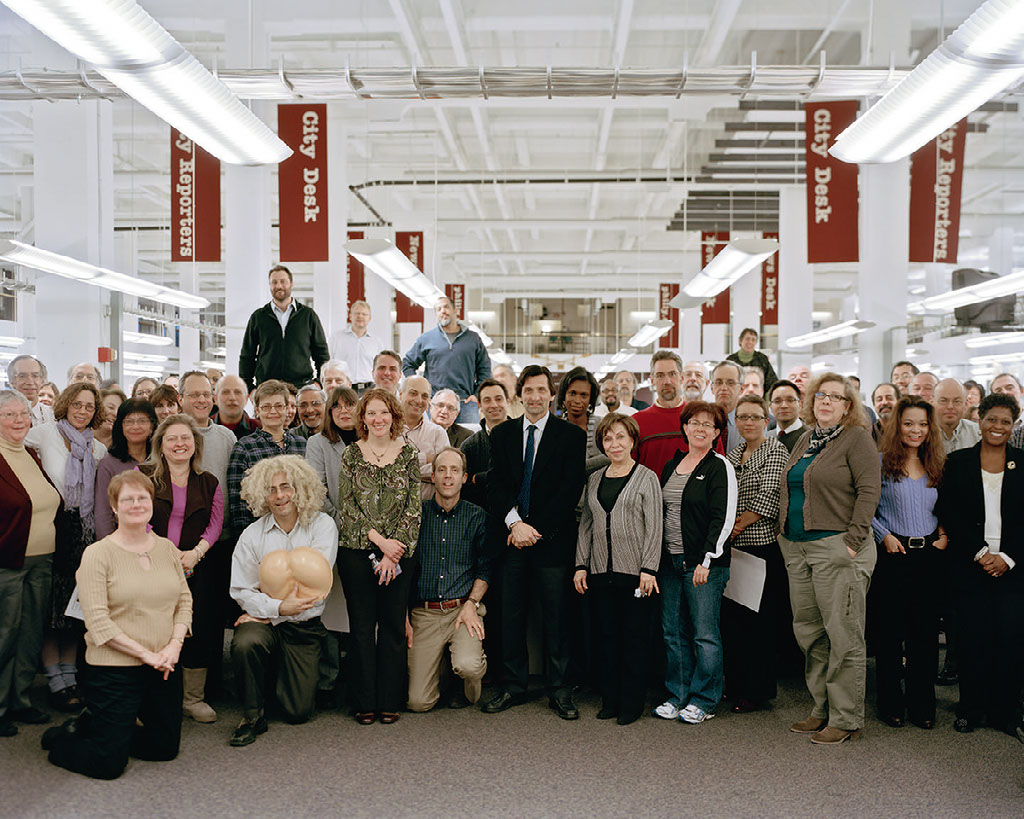

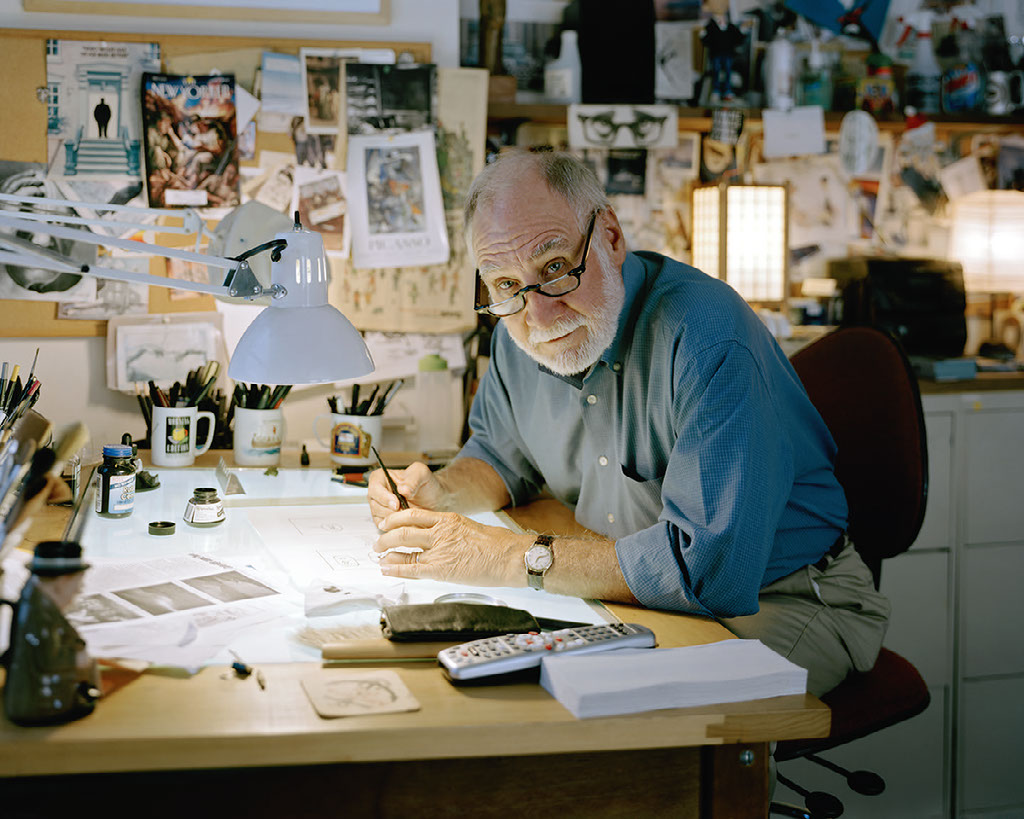
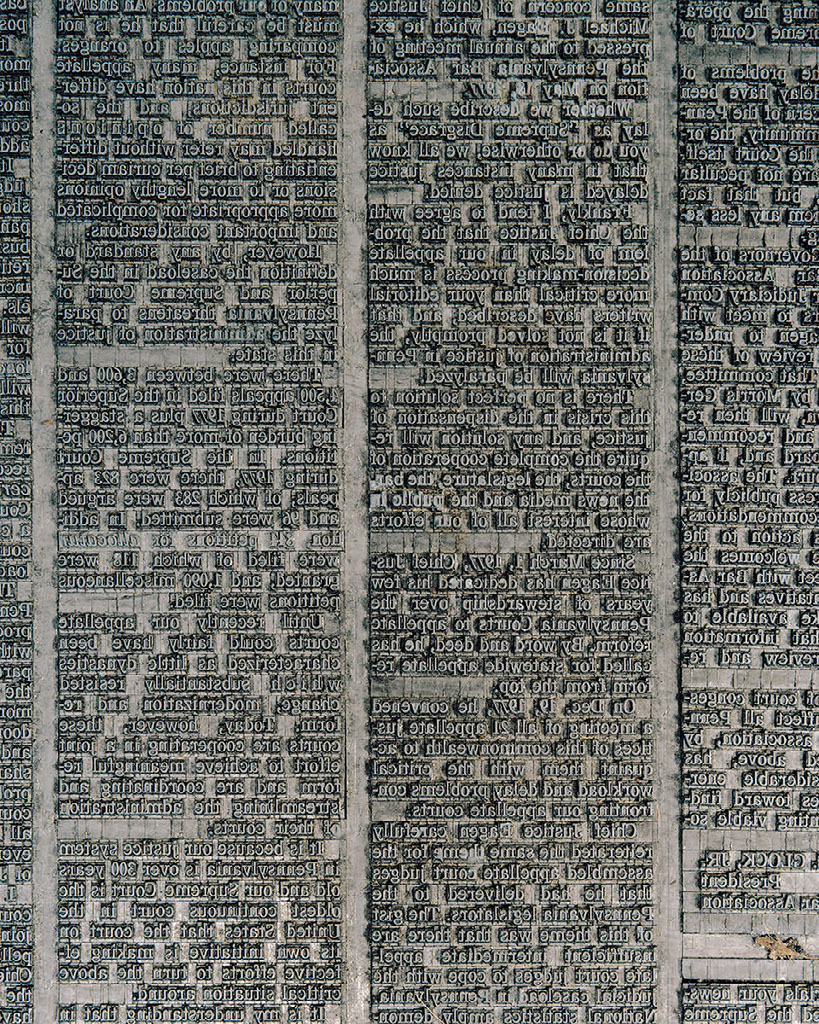
“Old Number 10,” Linotype–––6:34pm, 2011
Inches To Lines Conversion Chart–––10:18pm, 2009

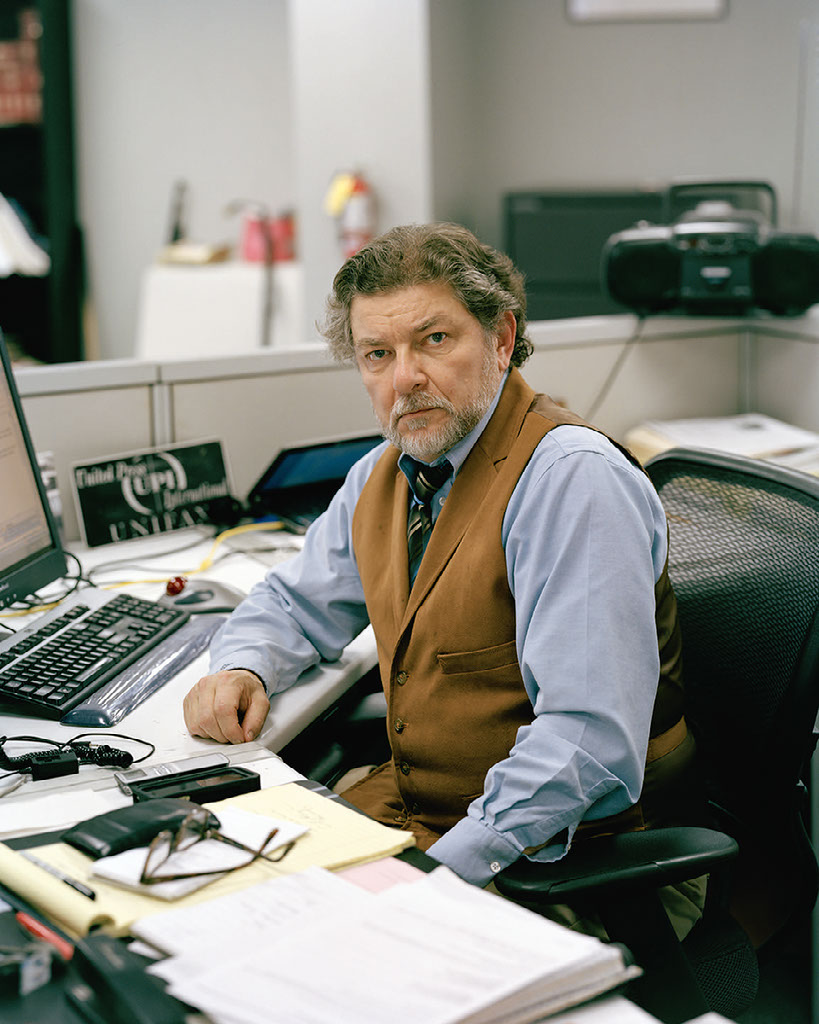
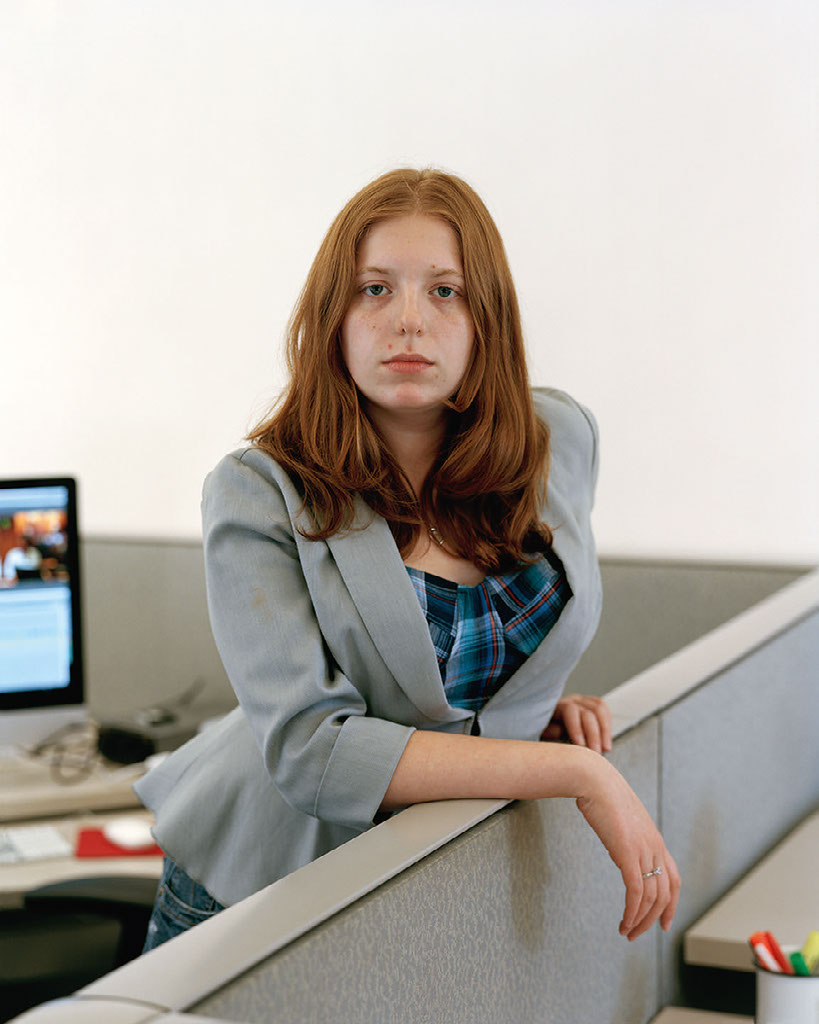

Paper Shredder–––1:14am, 2012

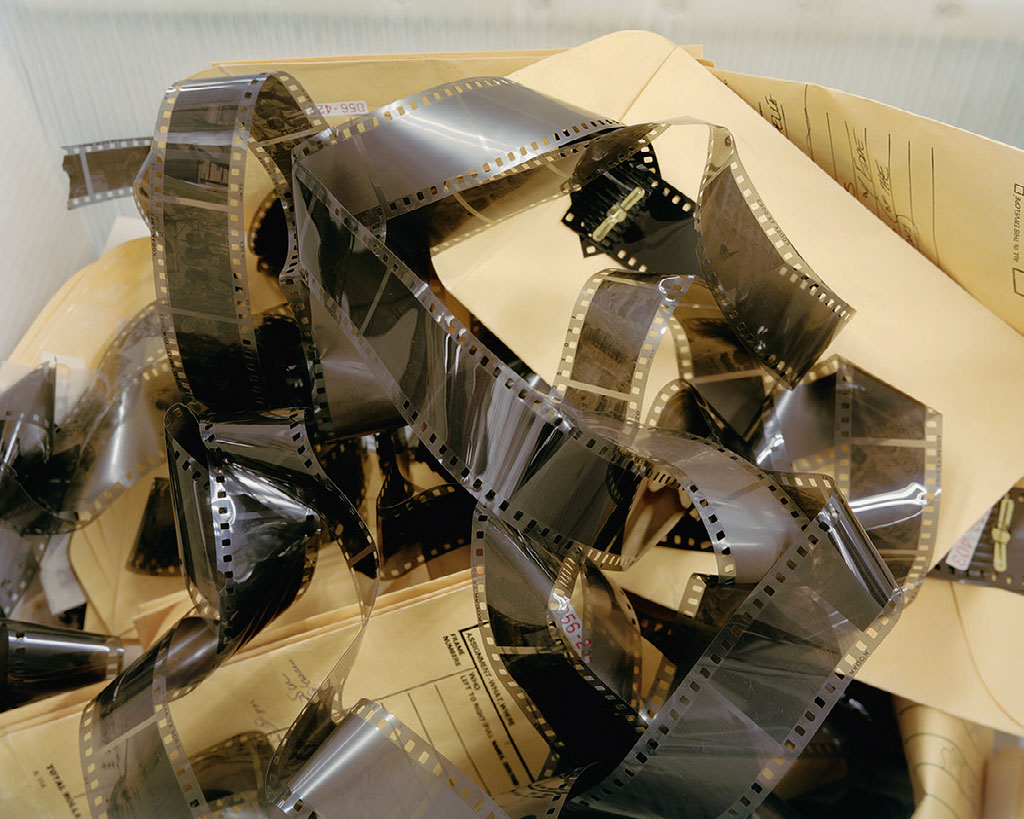
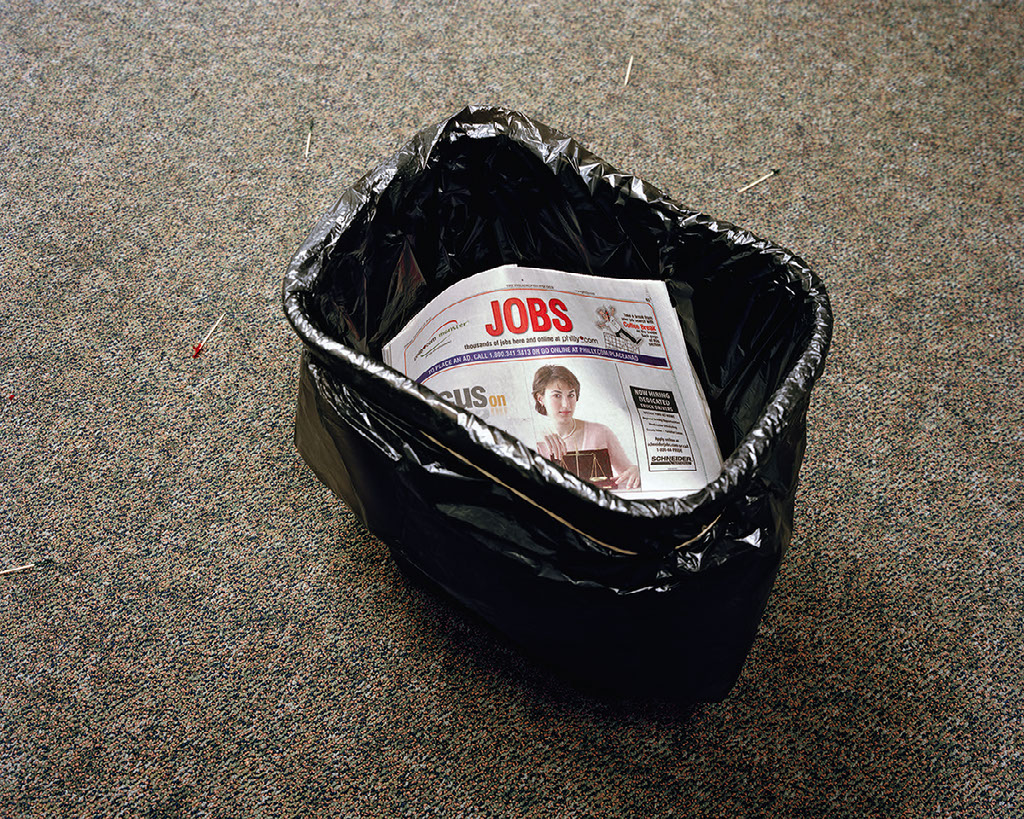
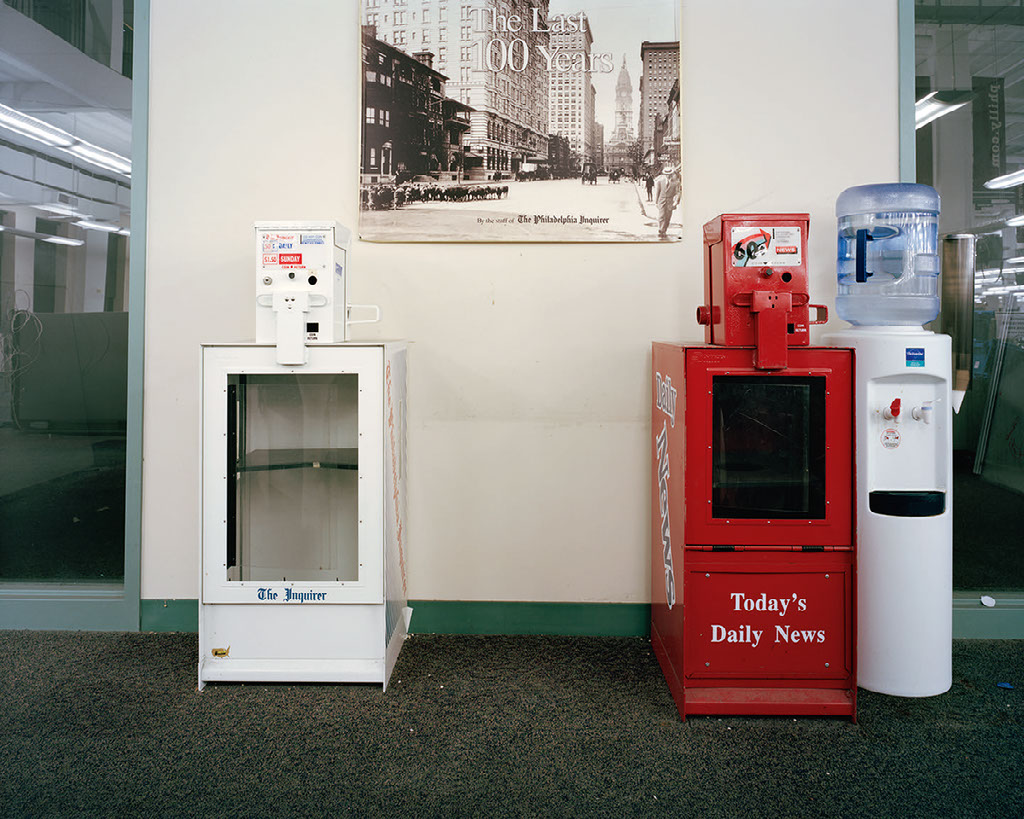
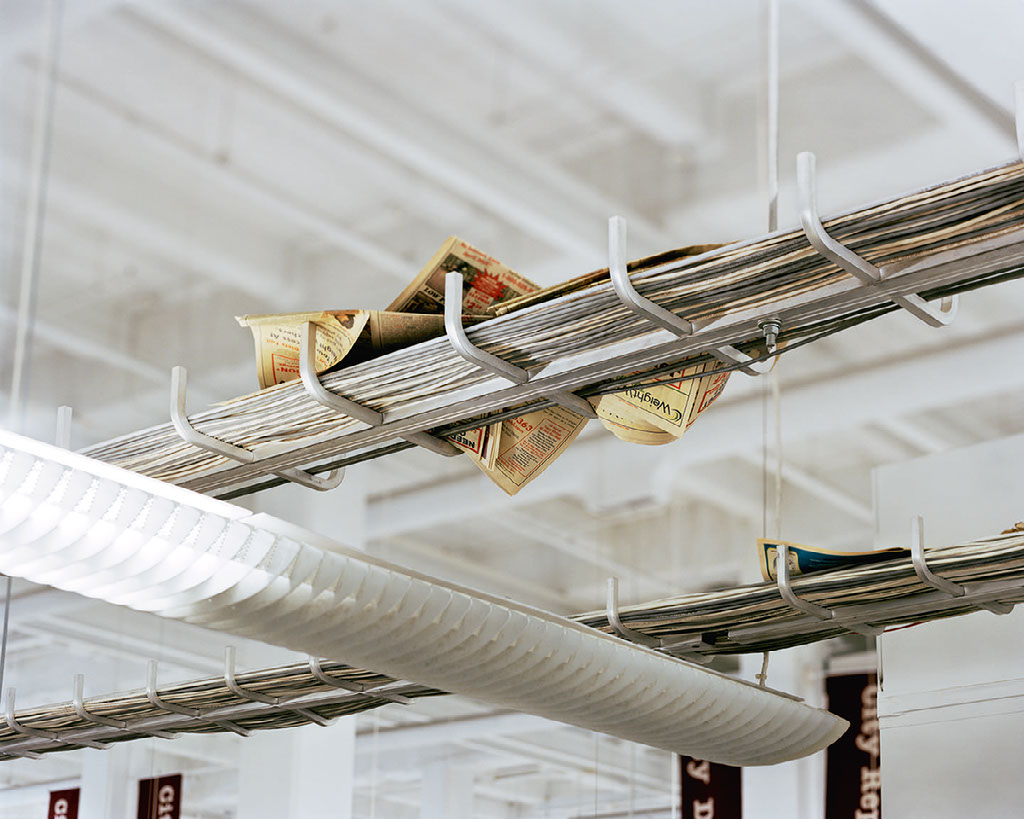
Cyan Plate–––2:20am, 2011
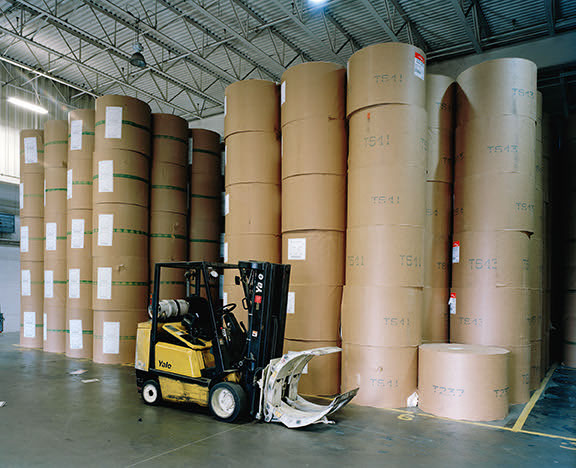
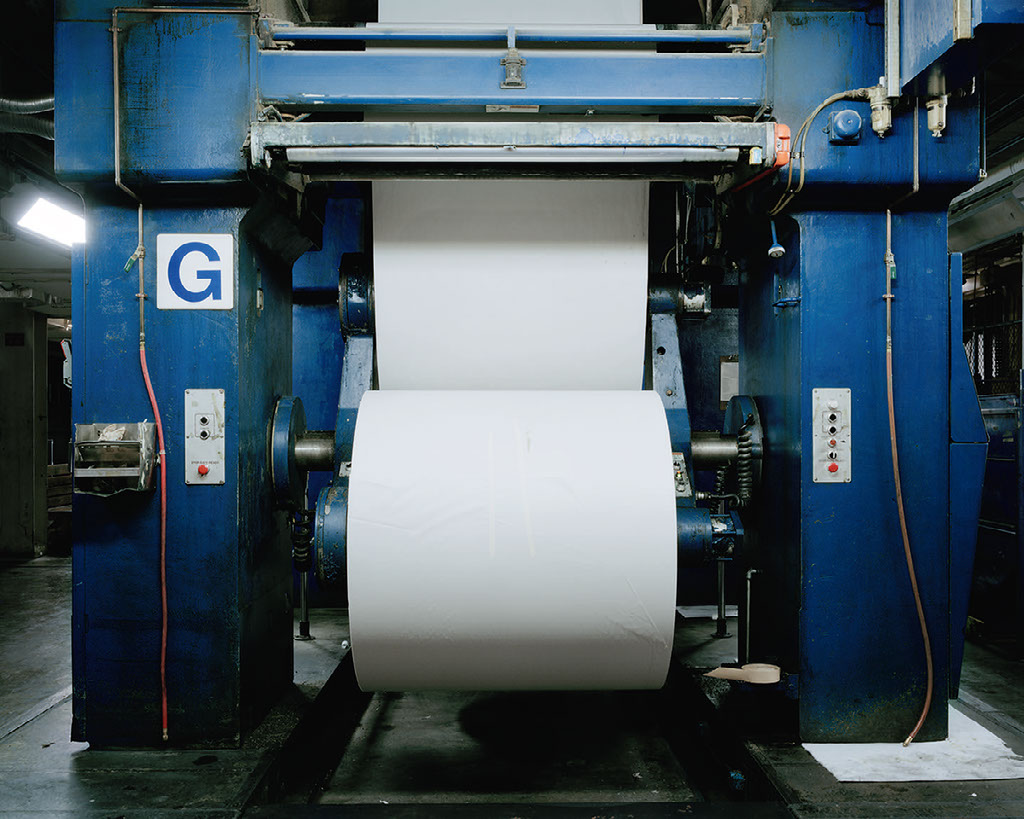
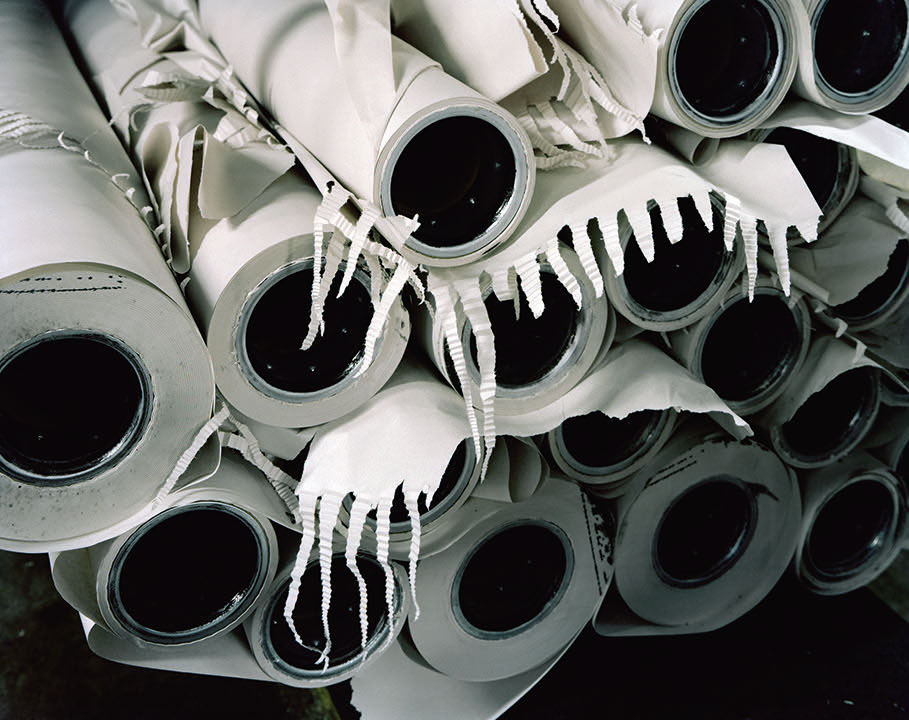
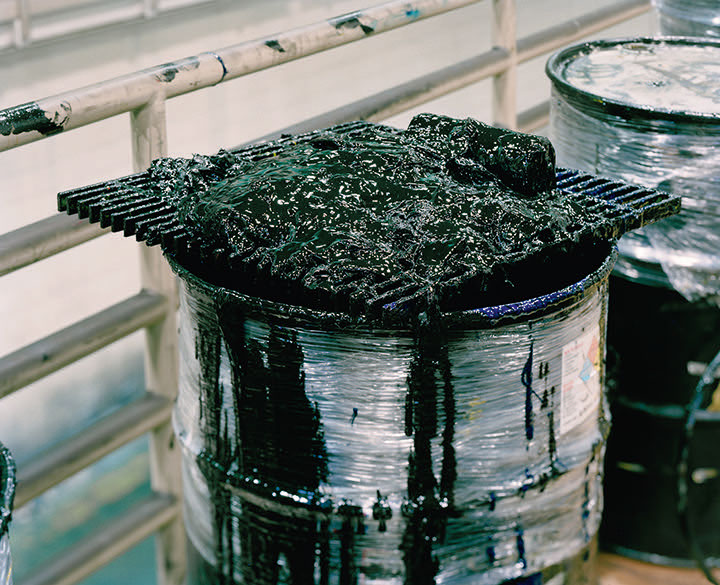
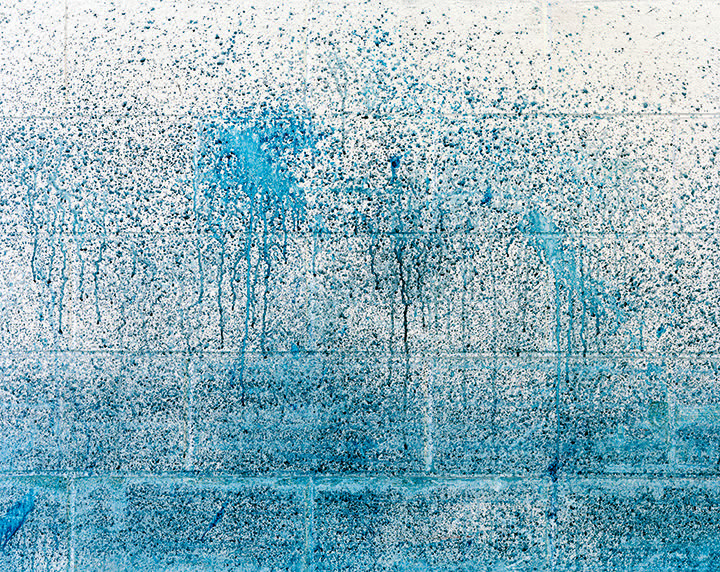

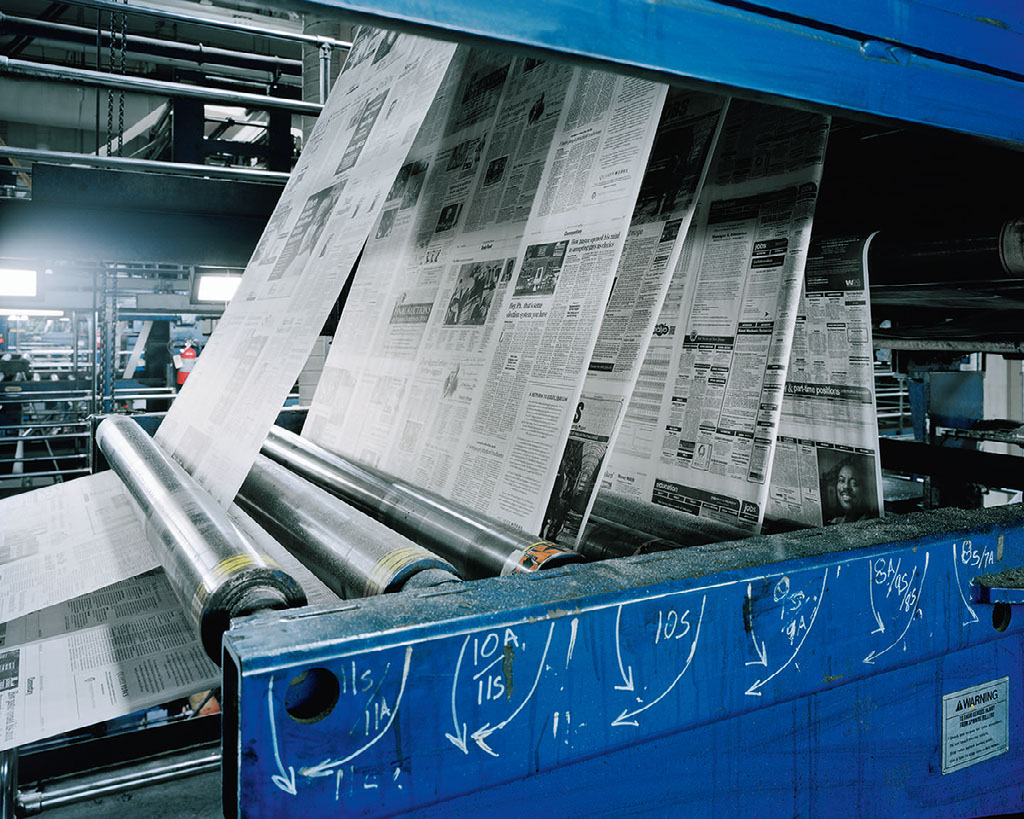
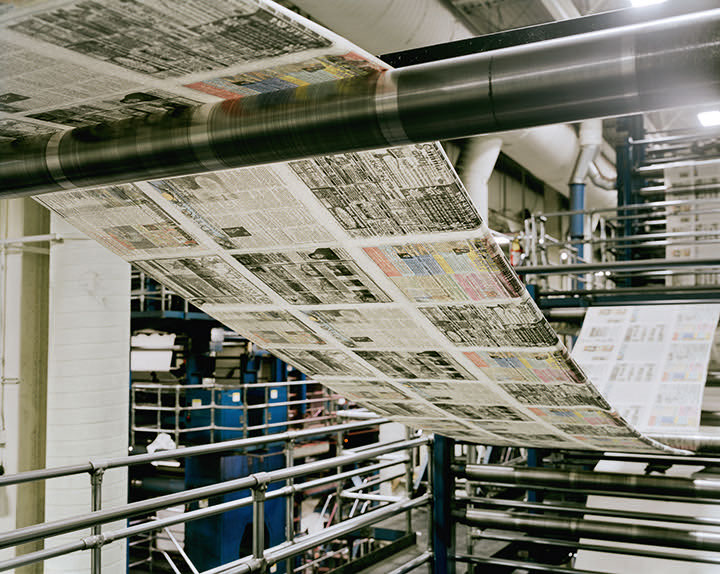

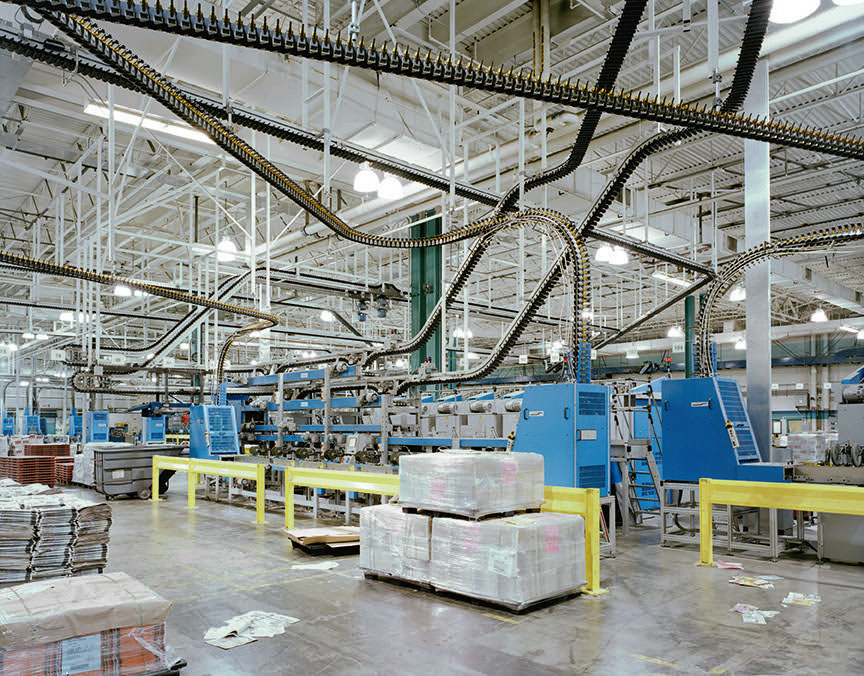
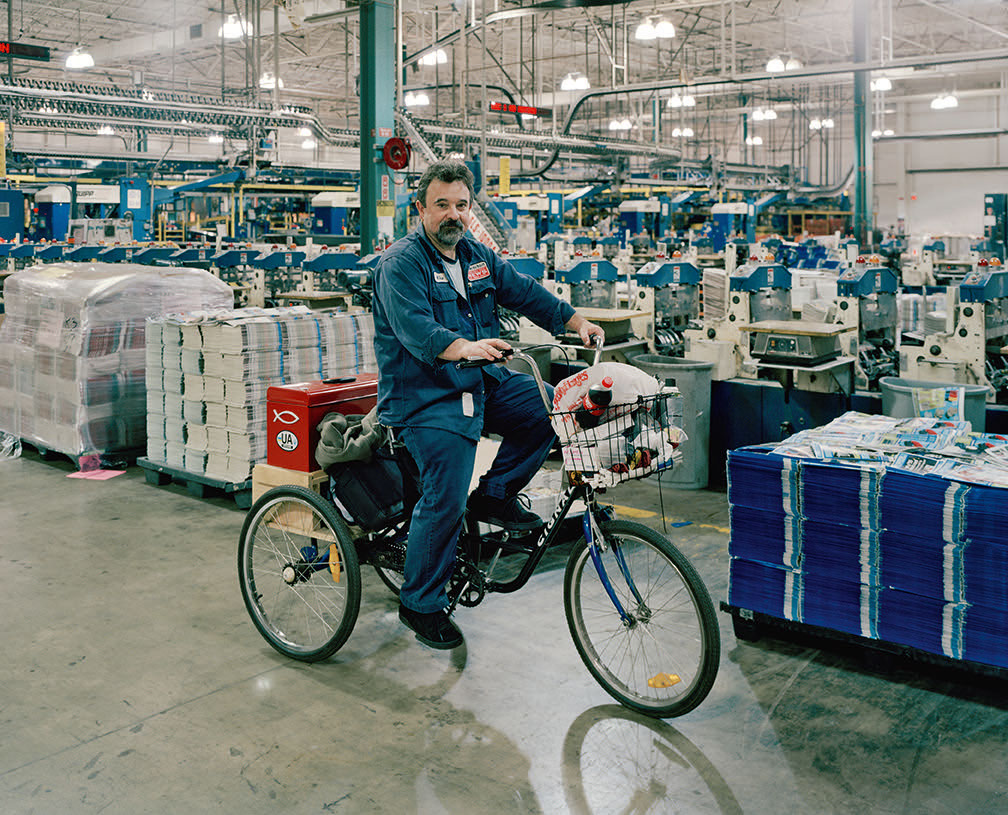
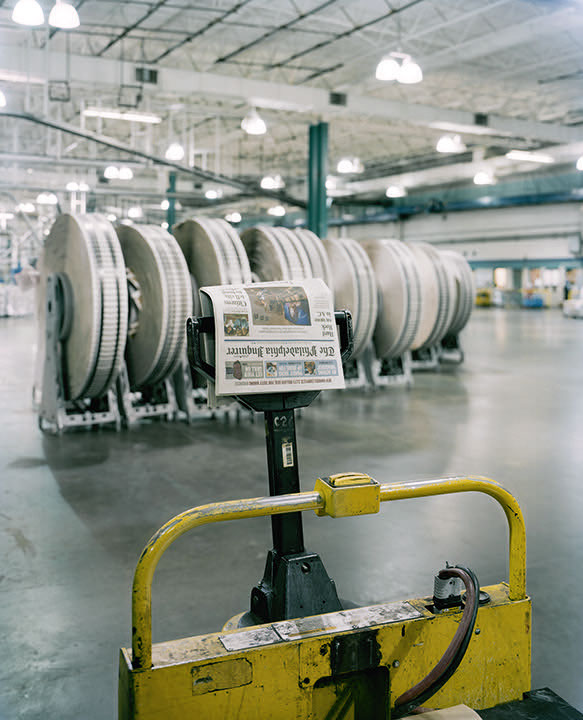
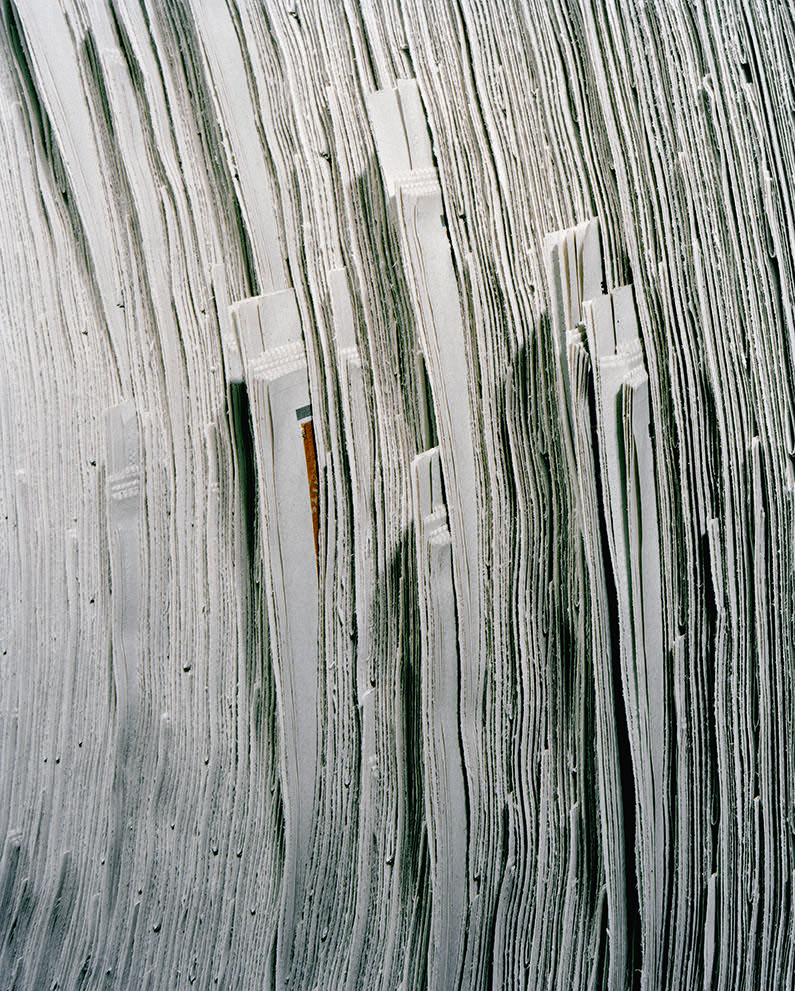
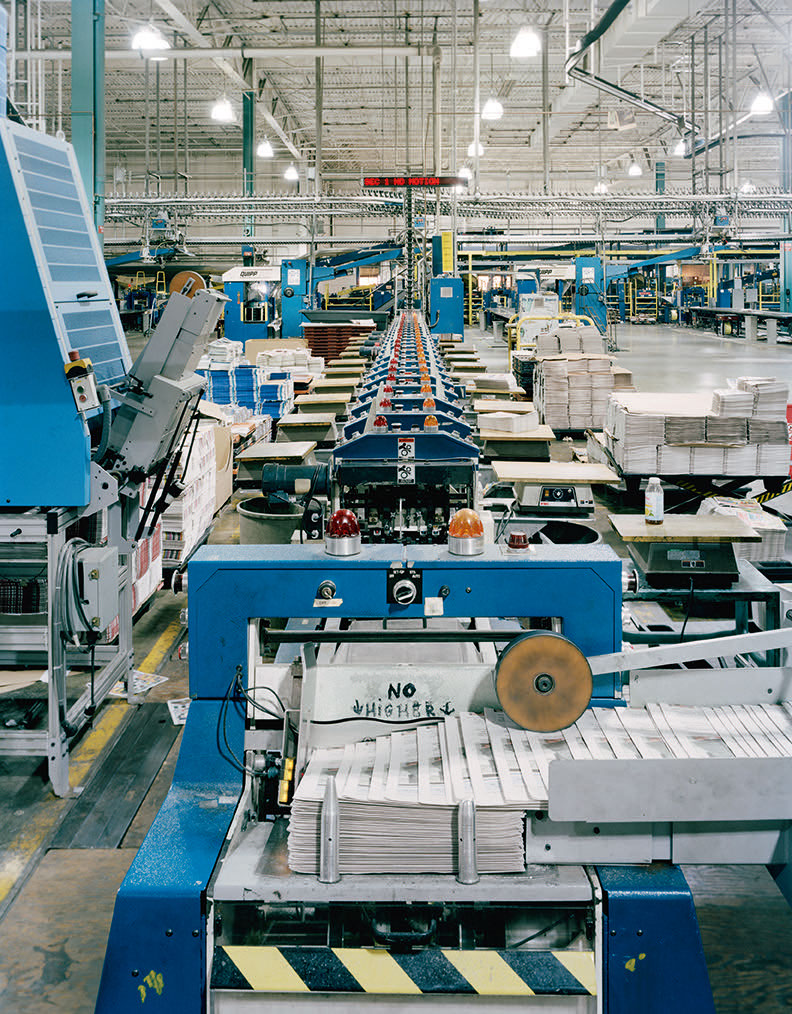
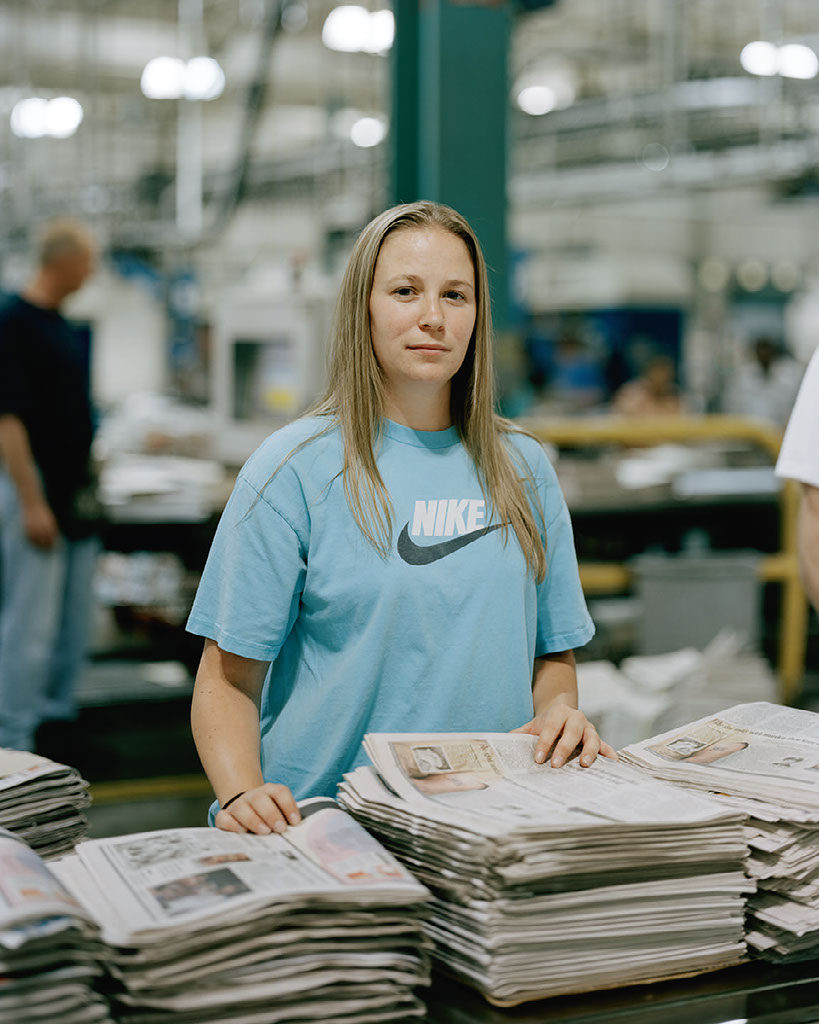

Sunday Advertising Supplements–––5:01pm, 2011
Delivery Truck–––2:39am, 2009

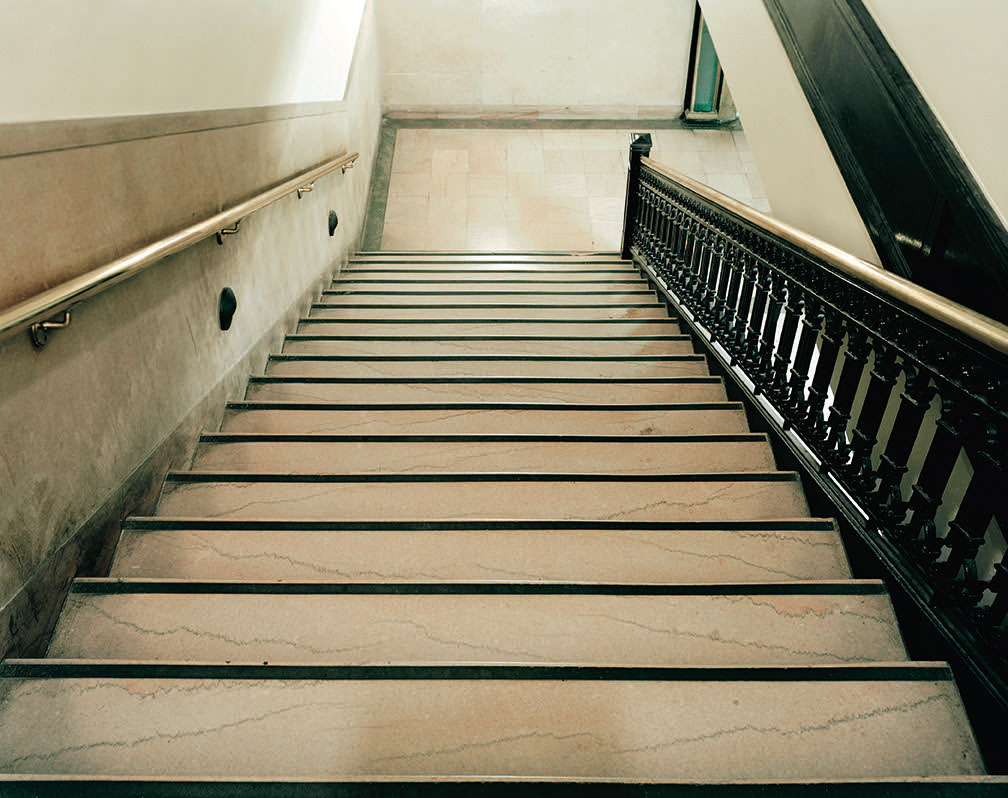
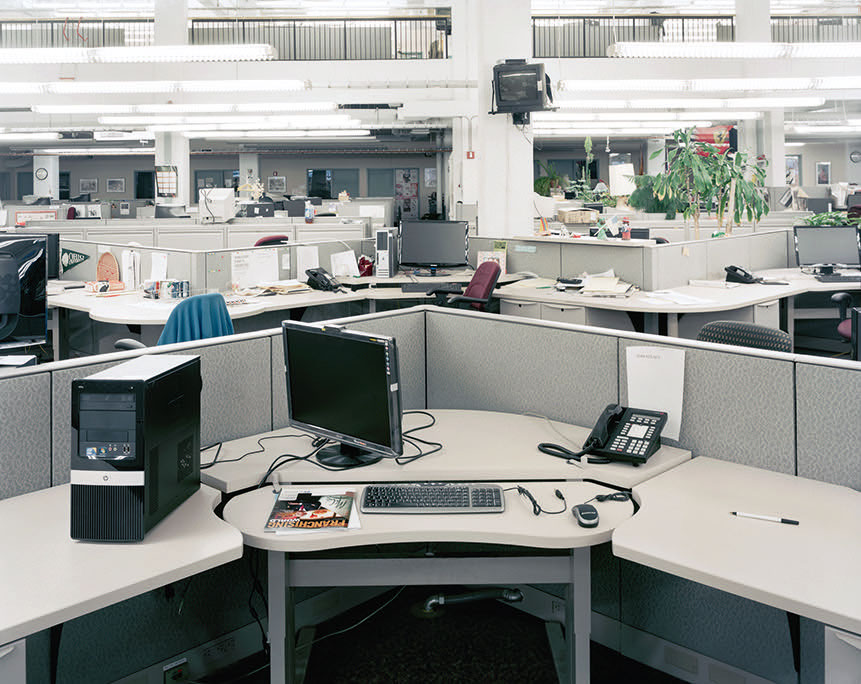
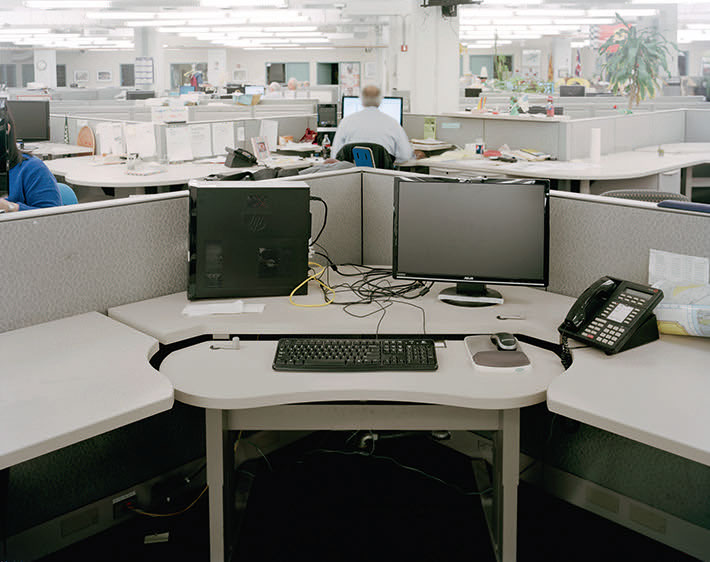
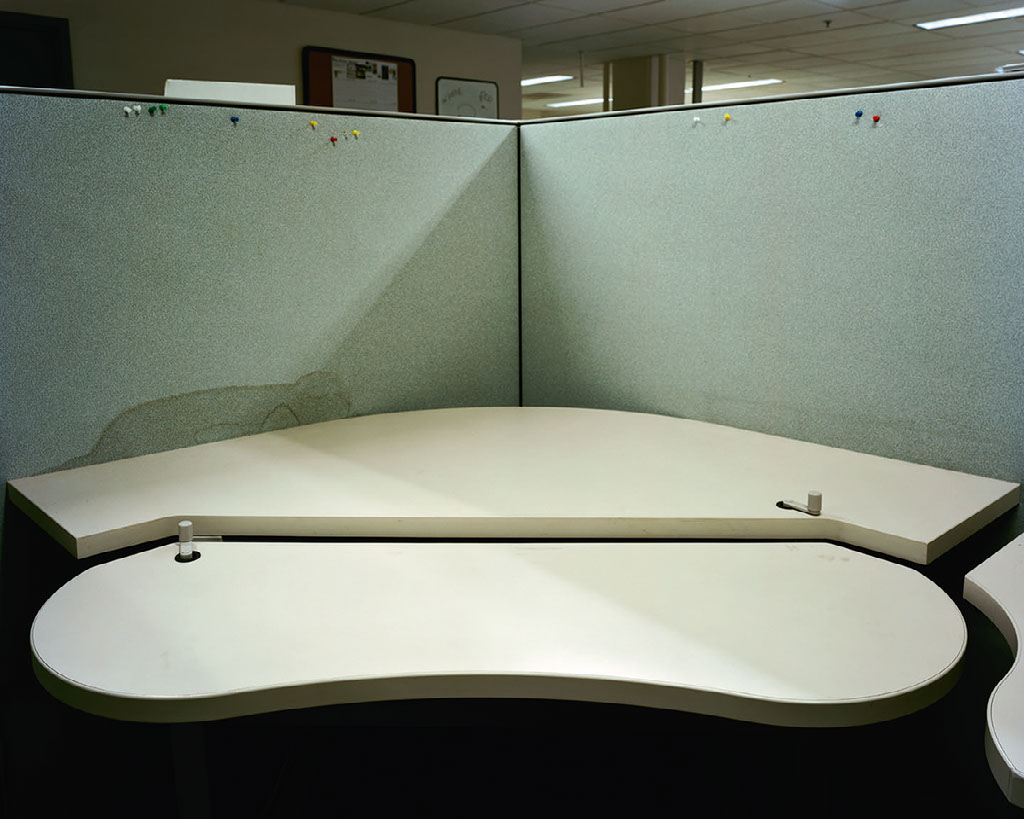
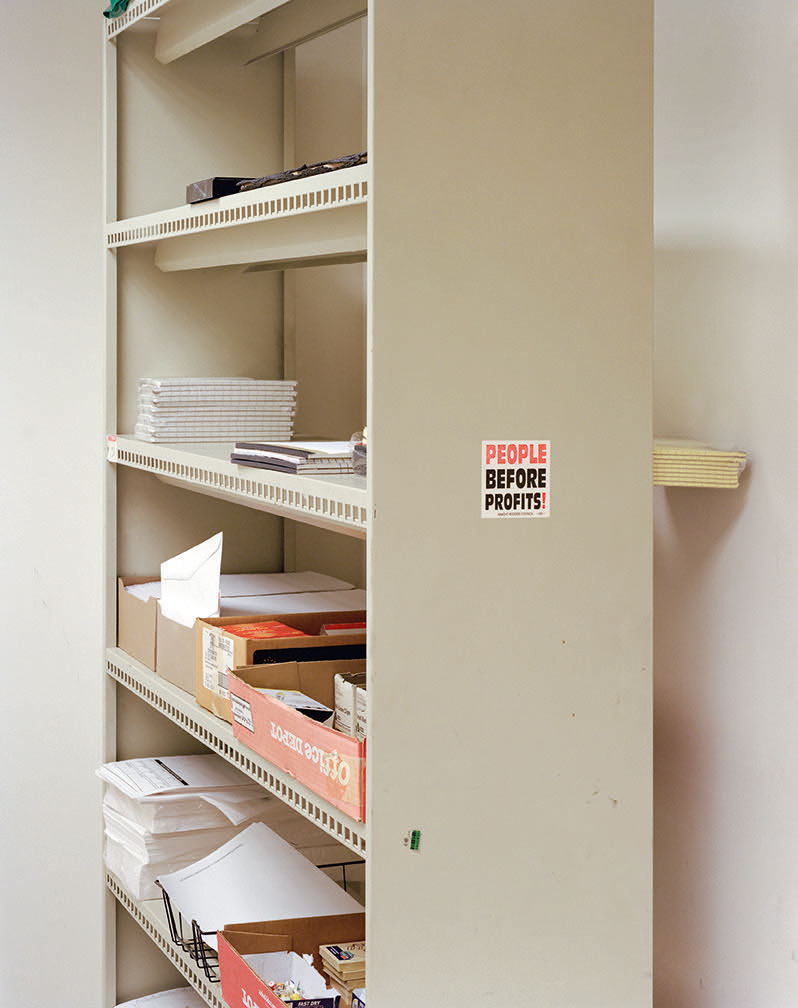

Recently Emptied Trash Bin–––10:08pm, 2012
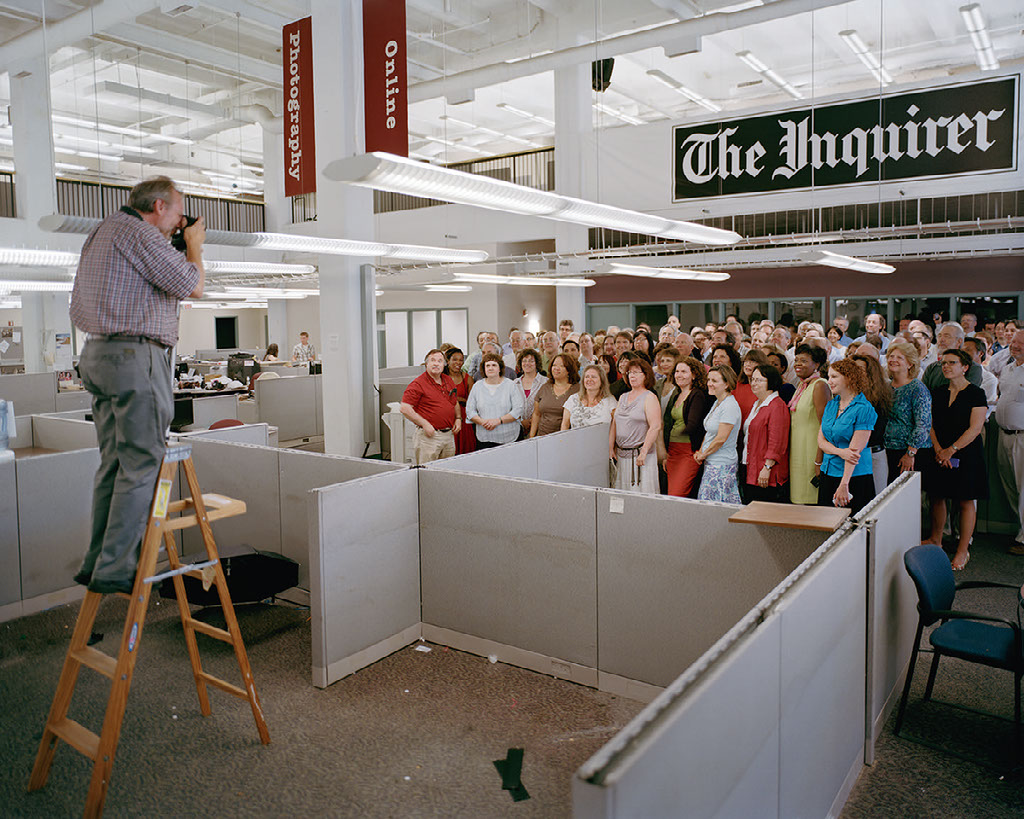
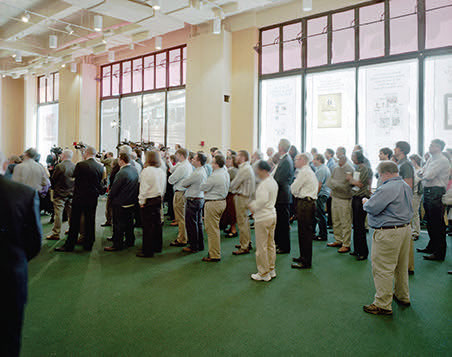
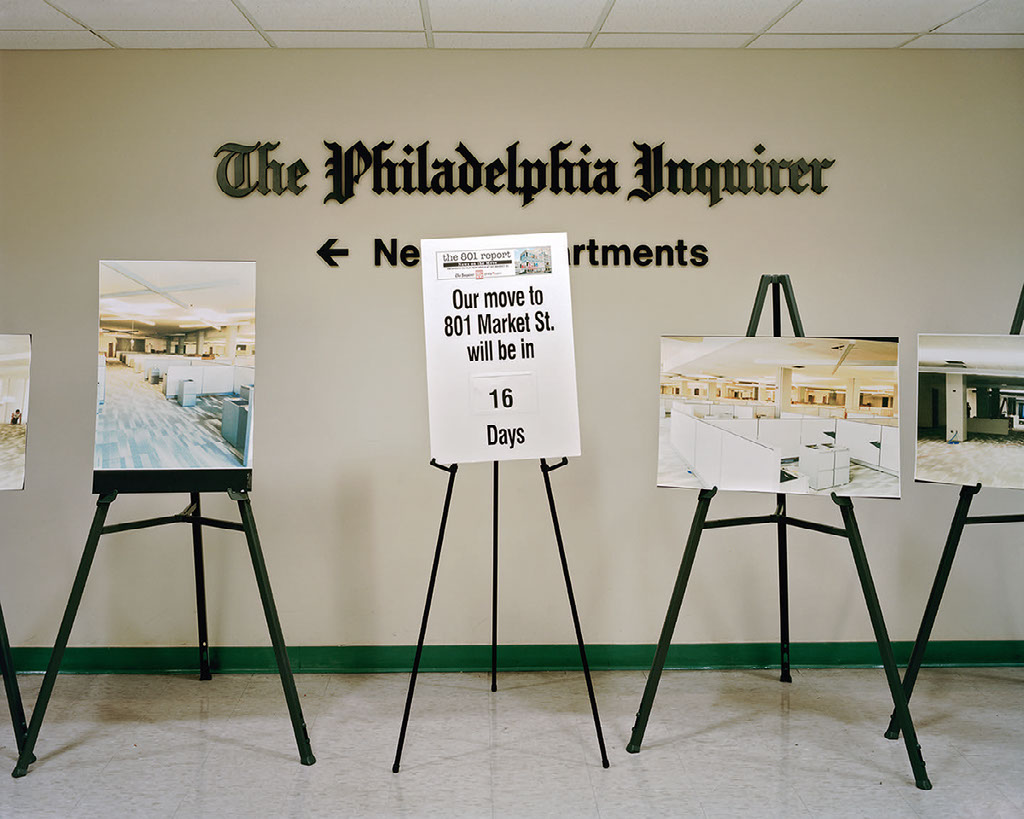
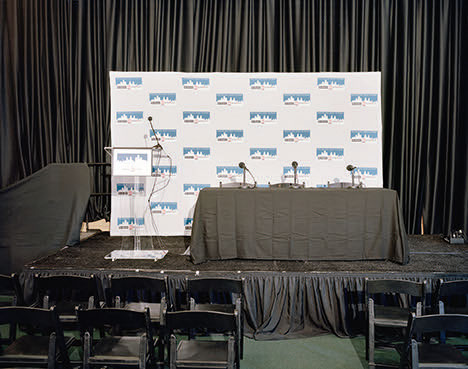
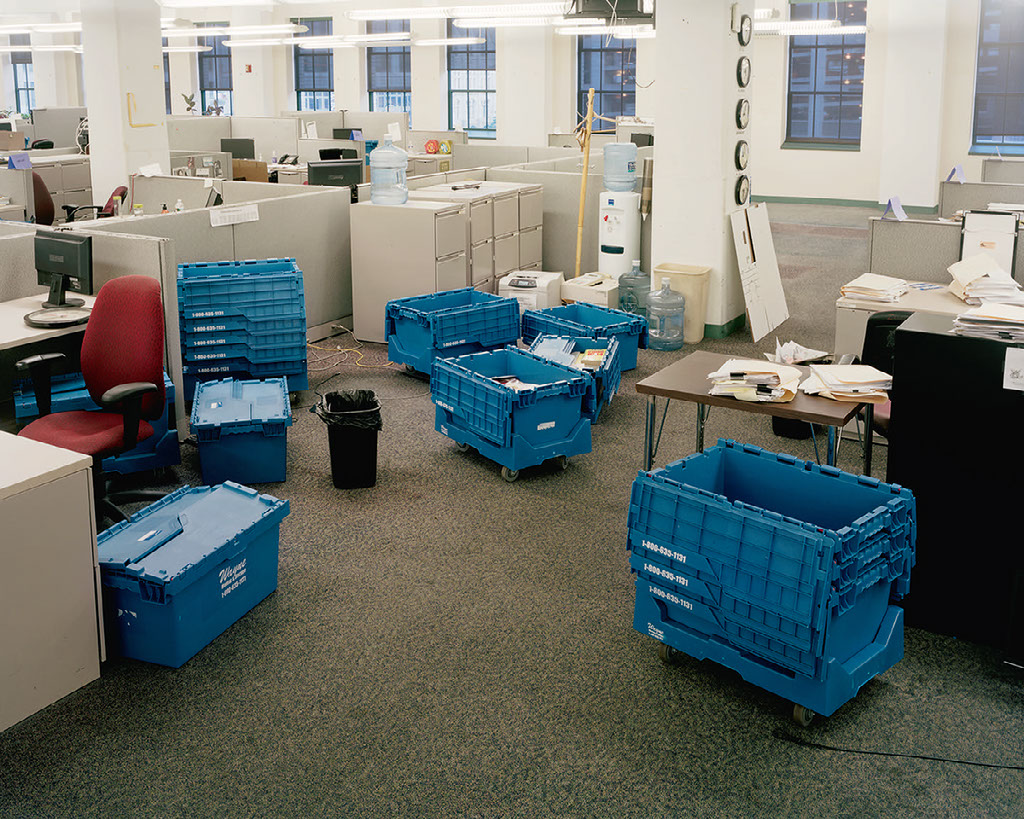
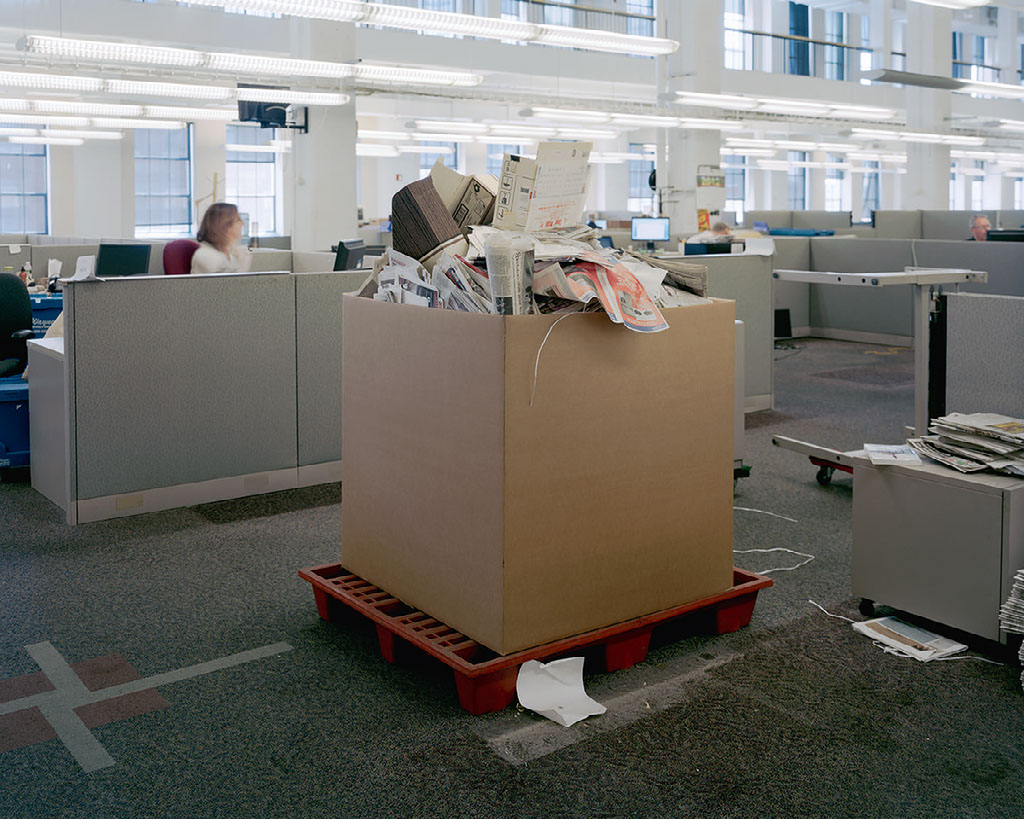
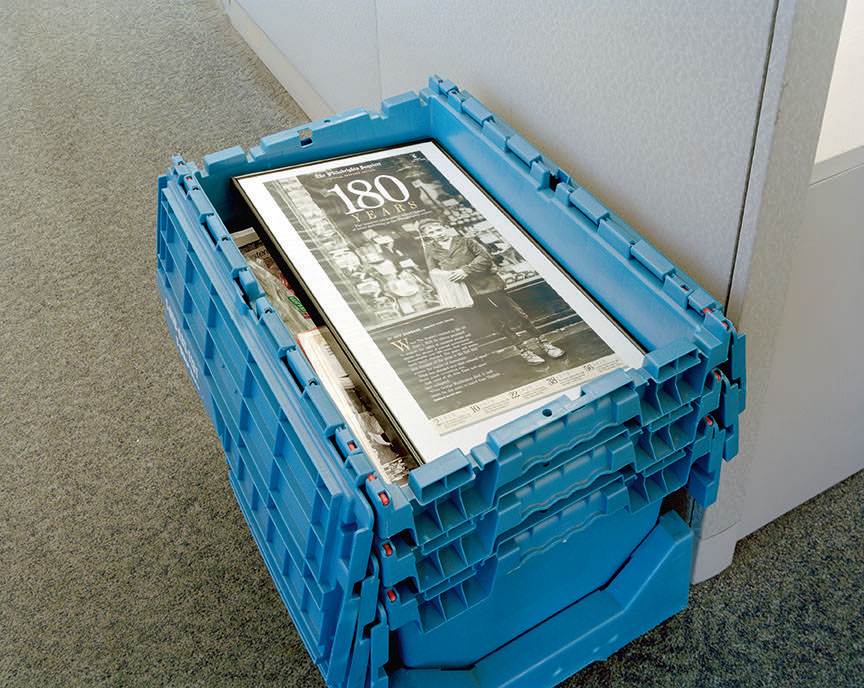
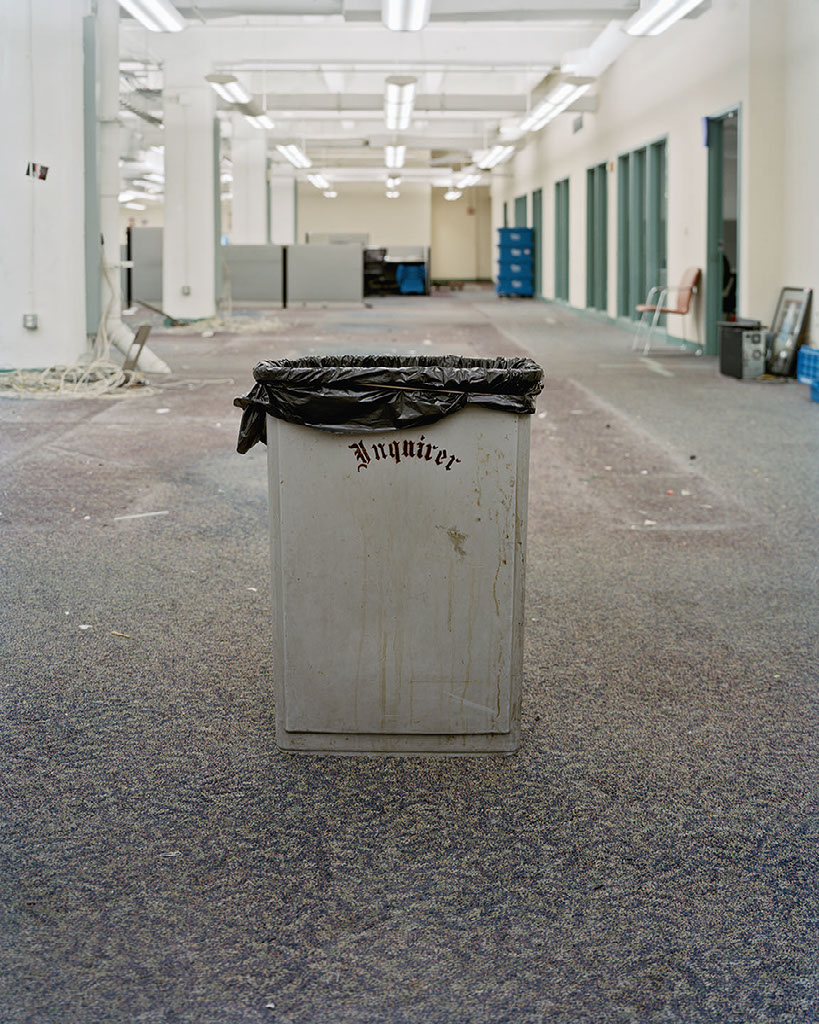

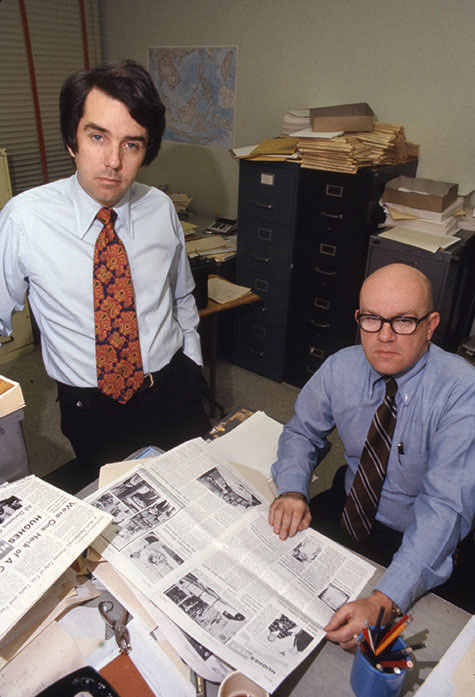
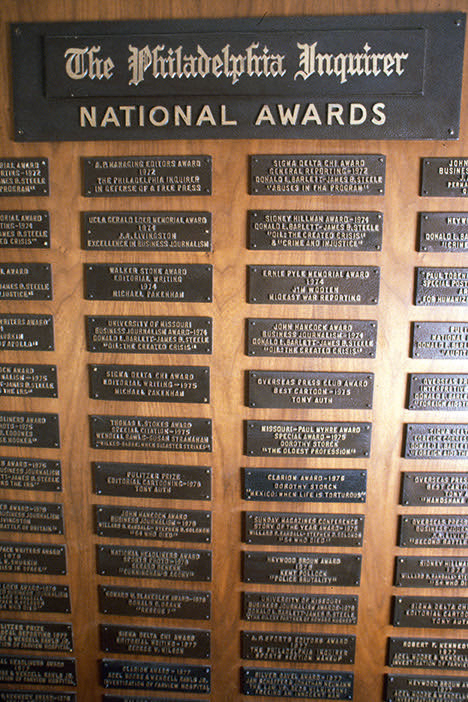
Pulitzer Day–––1978

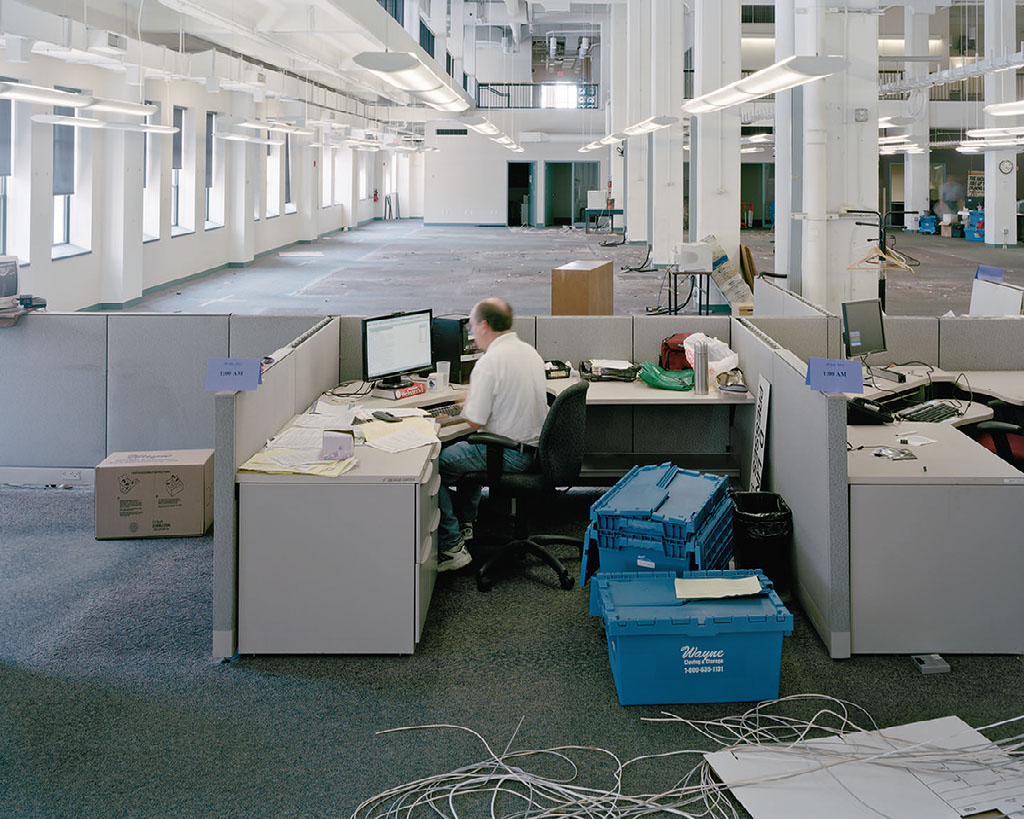
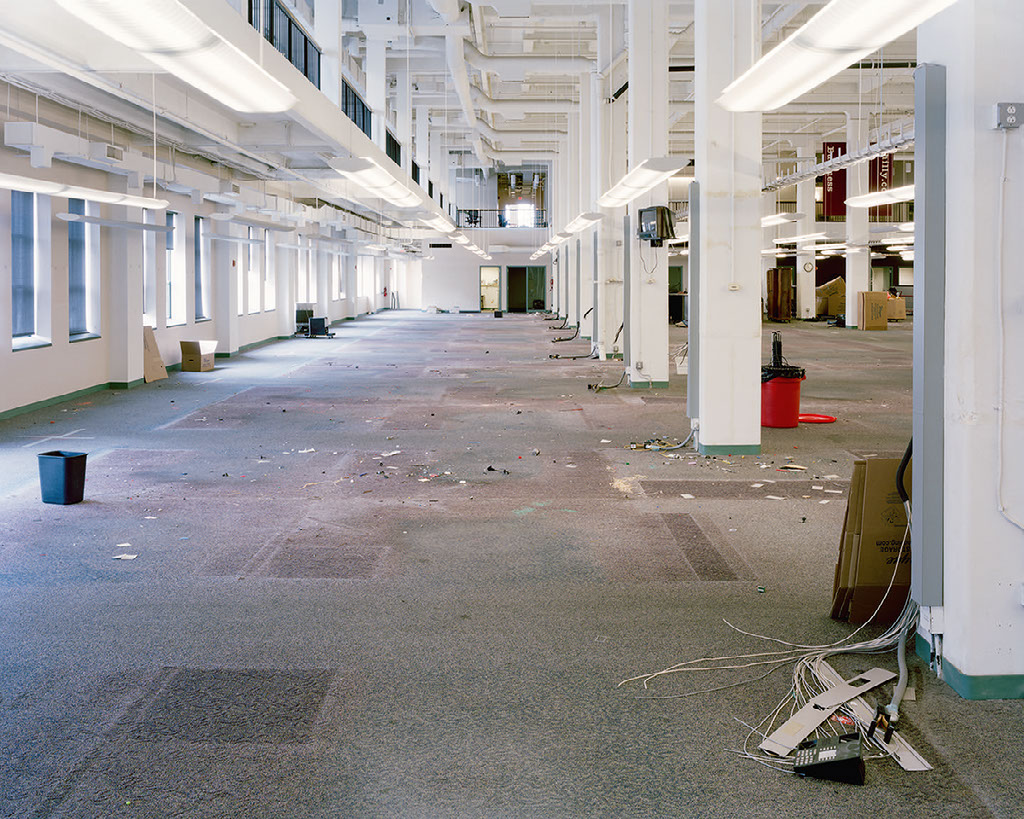
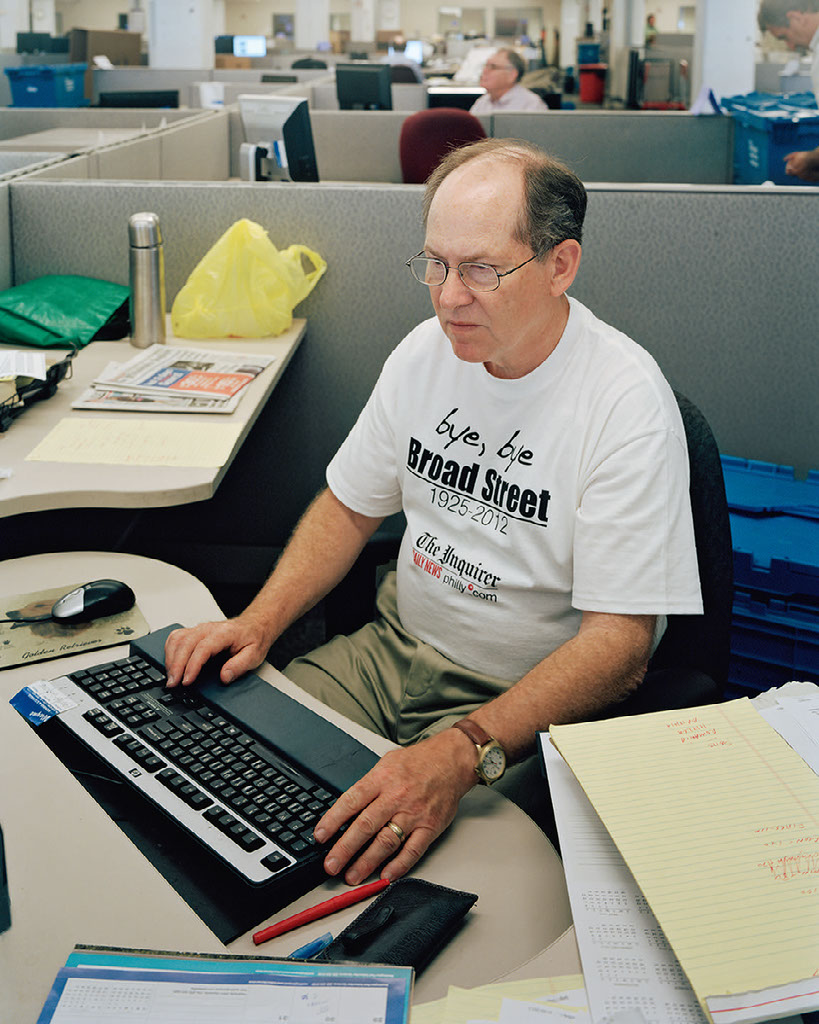
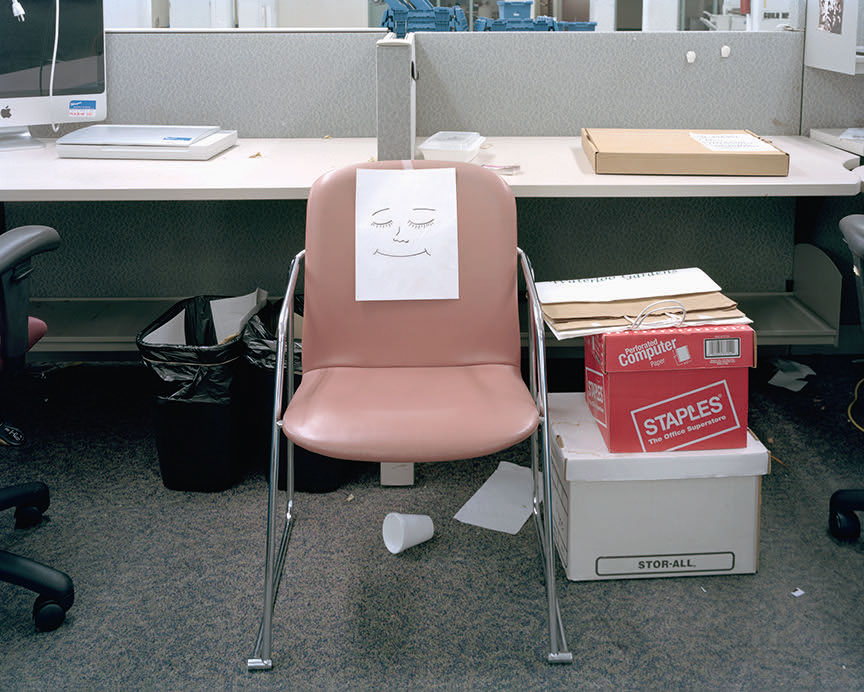
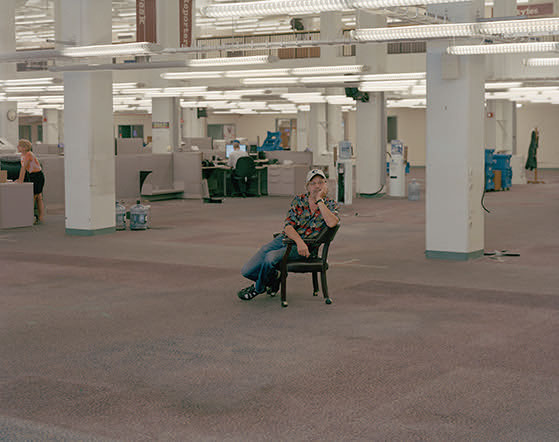
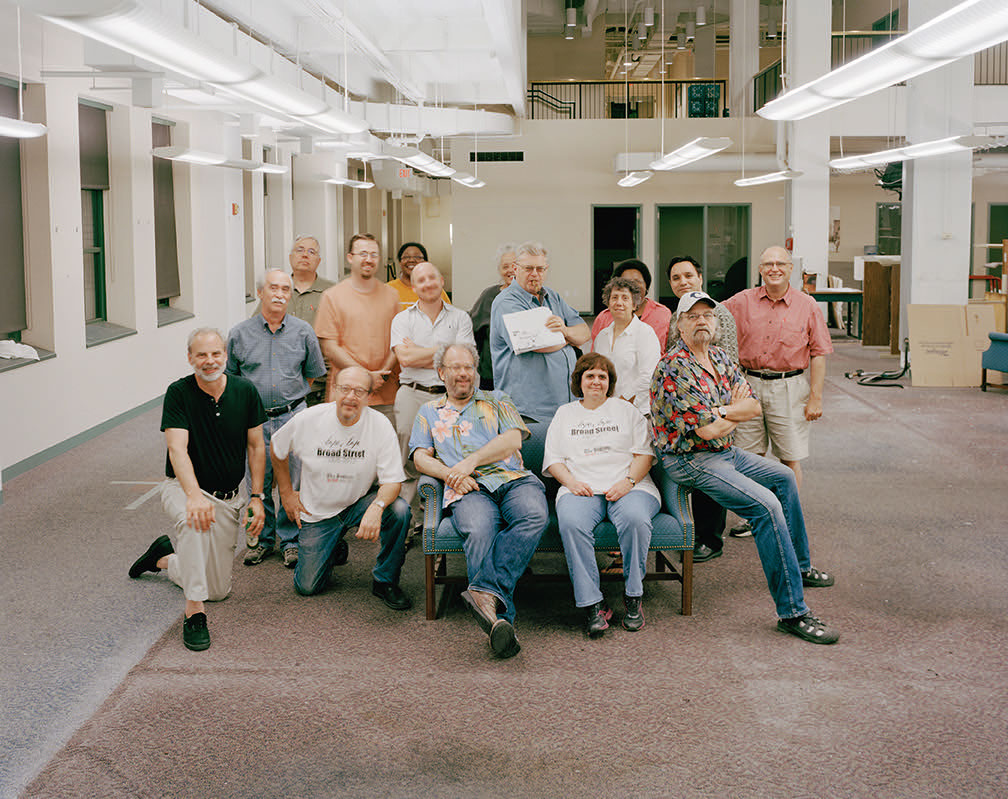

Elevator Lobby, Night Of The Move–––10:43pm, 2012

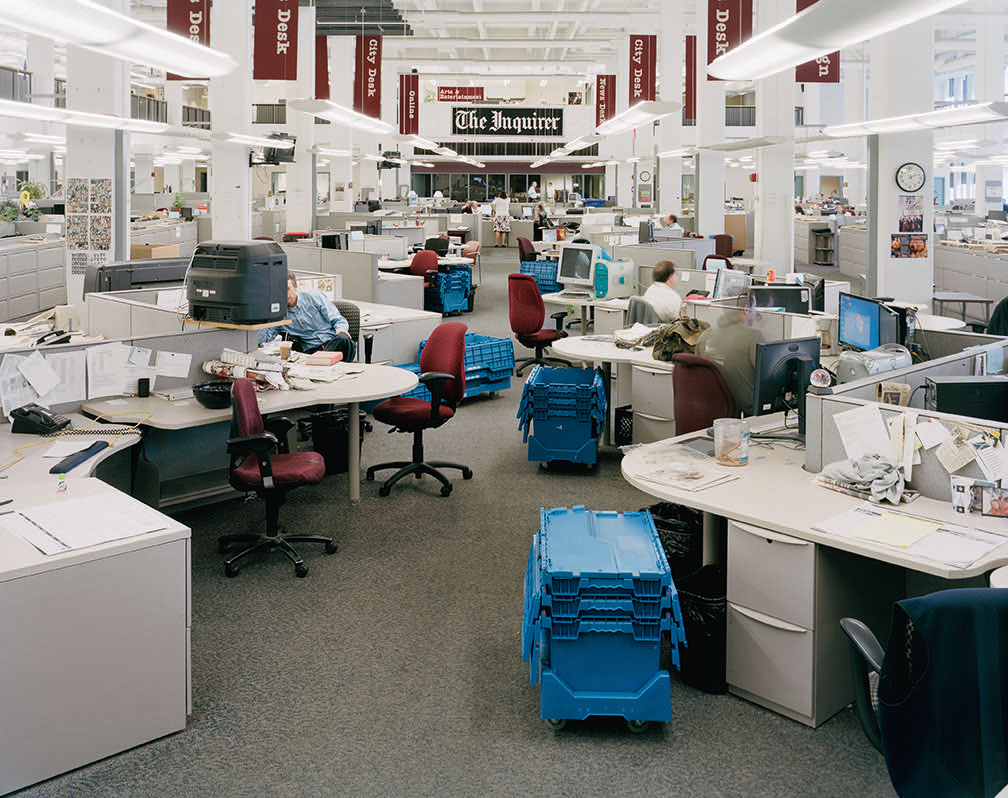
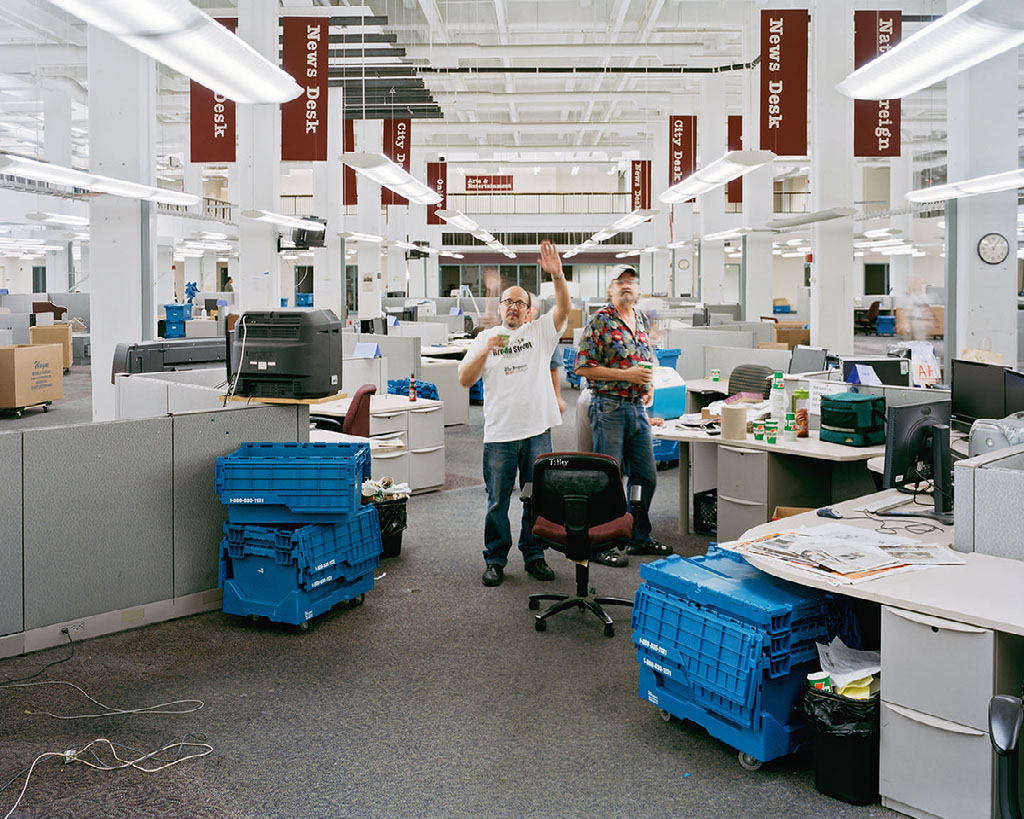
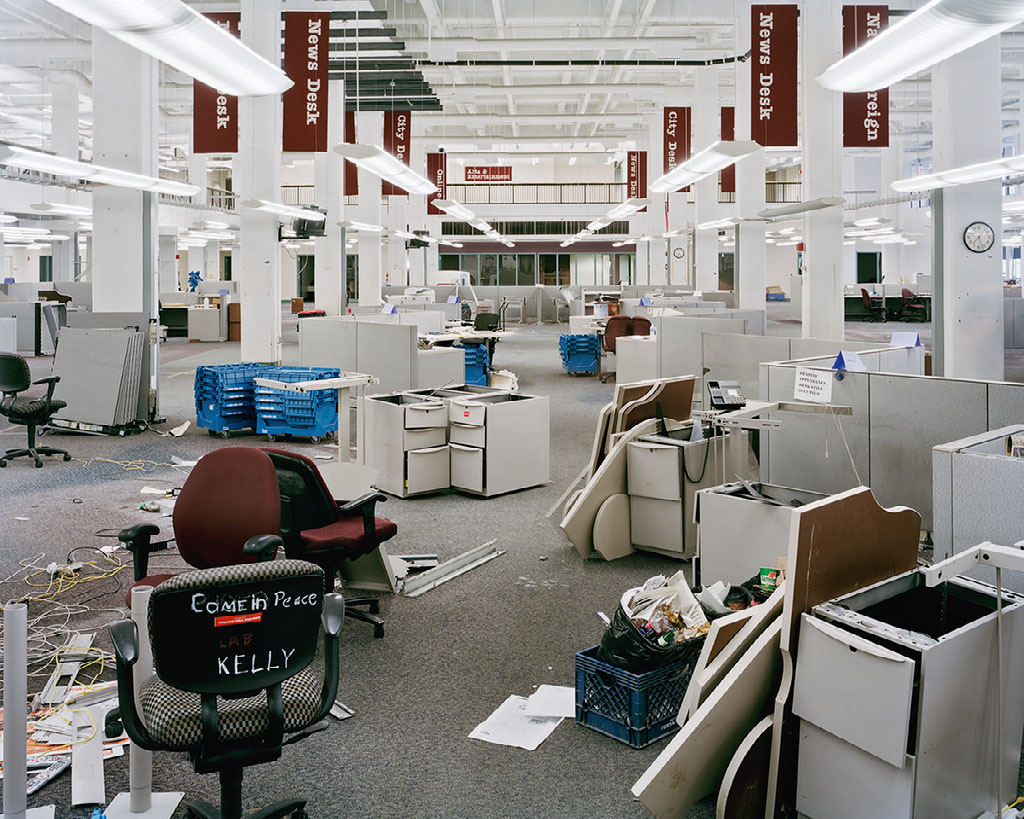
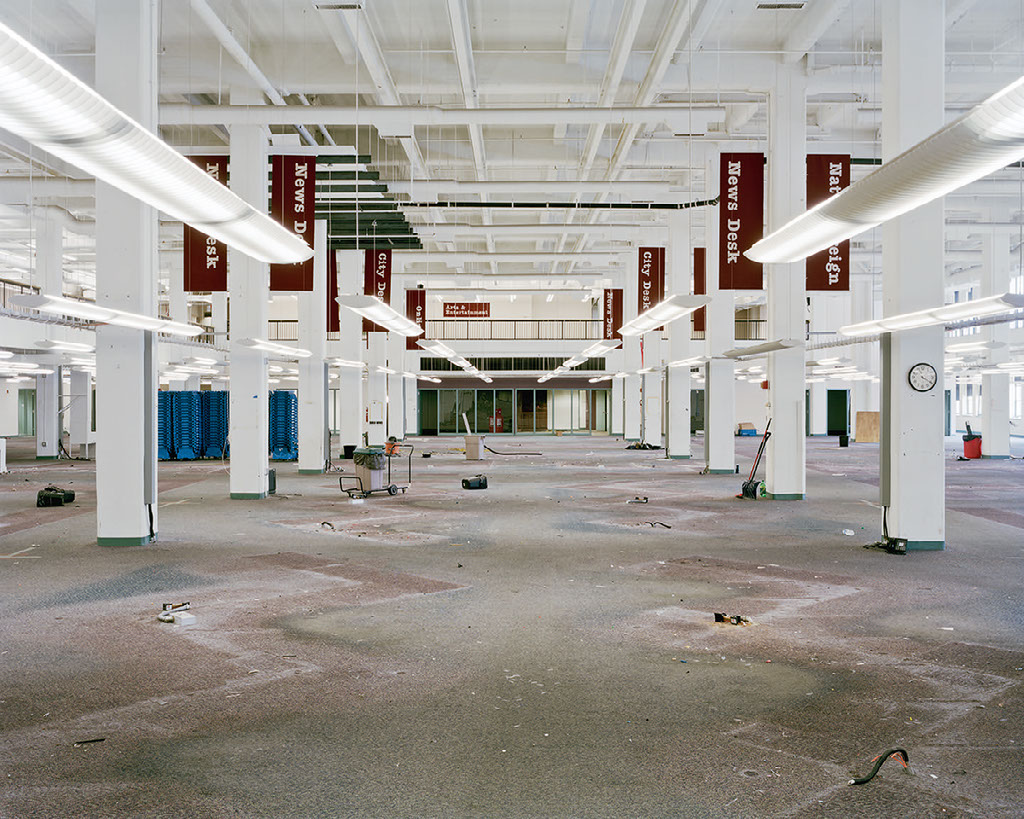
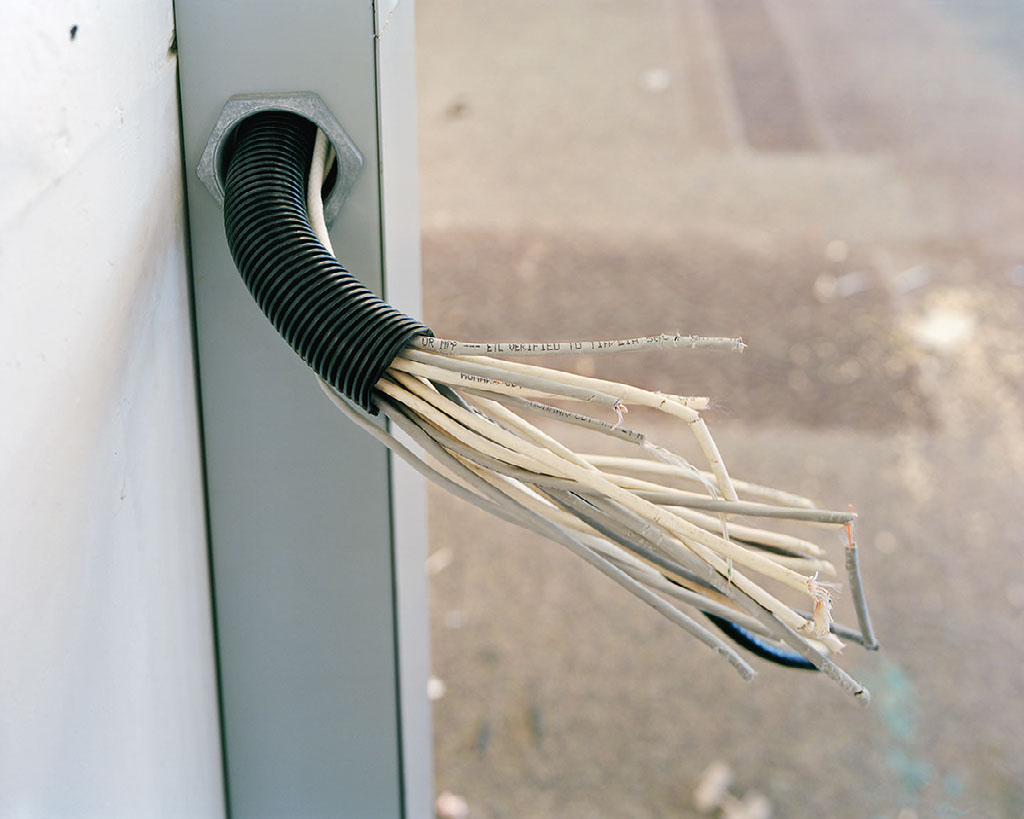
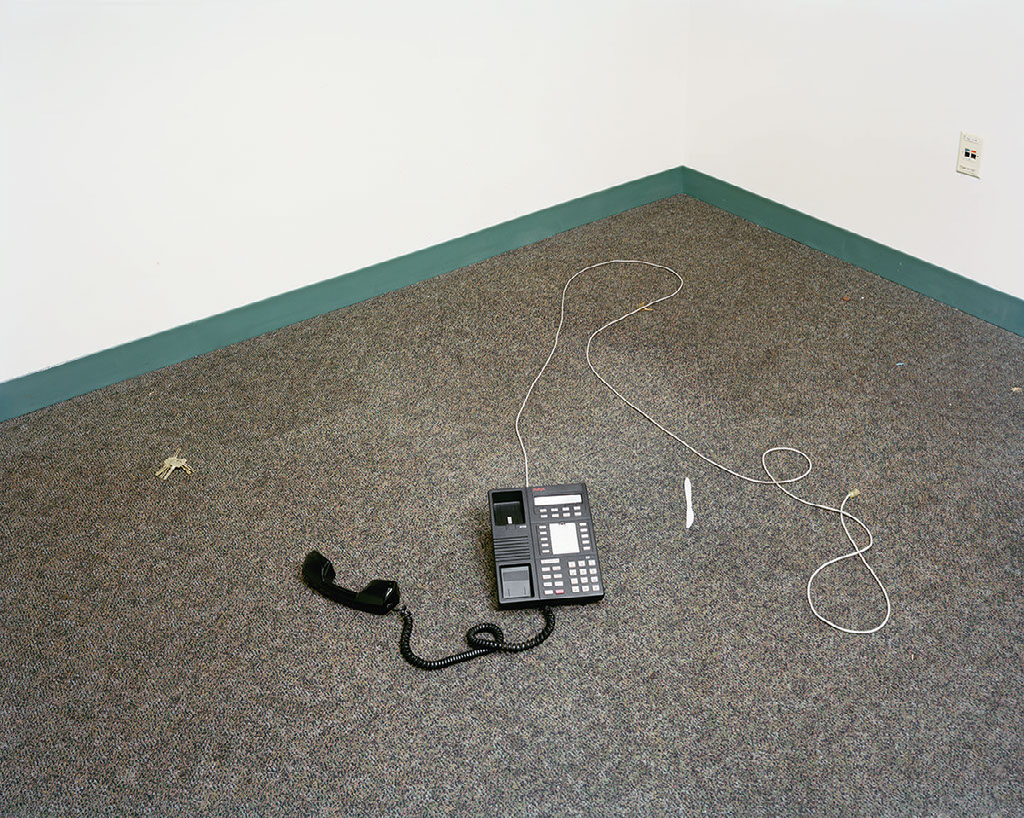
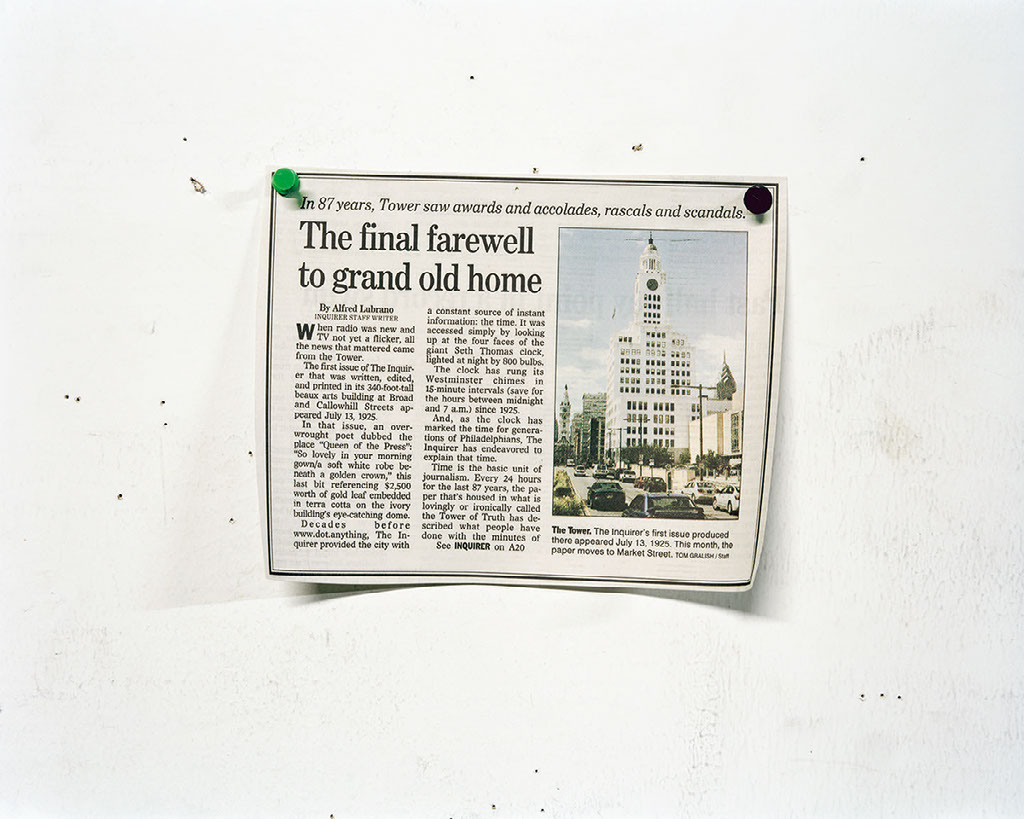
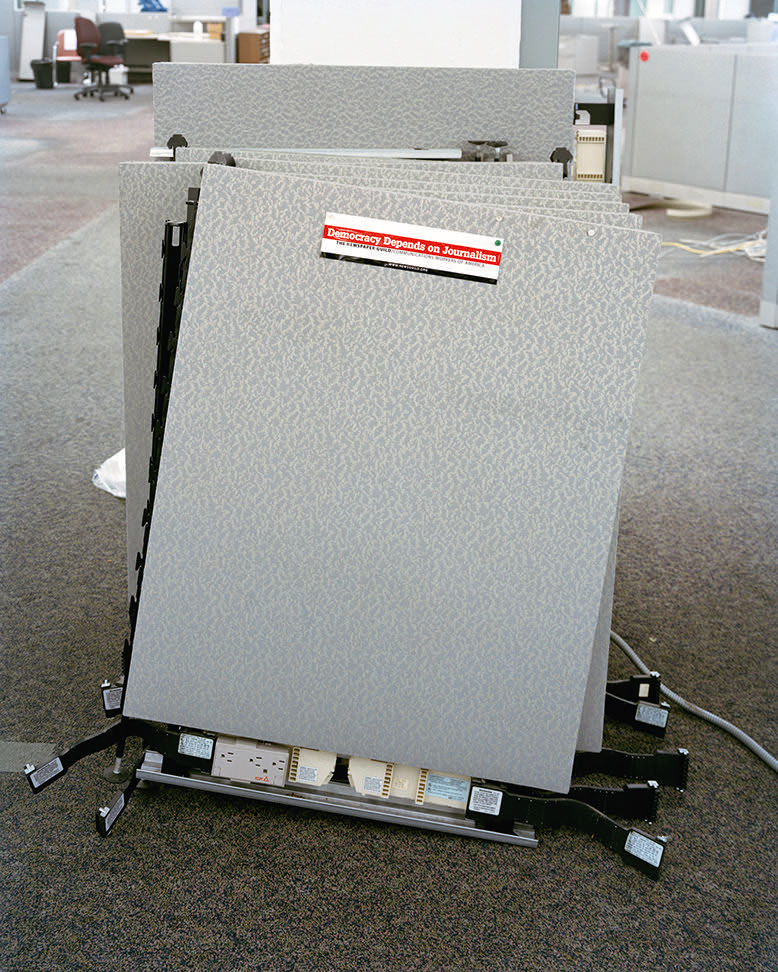

The Tower Of Truth–––8:22pm, 2012

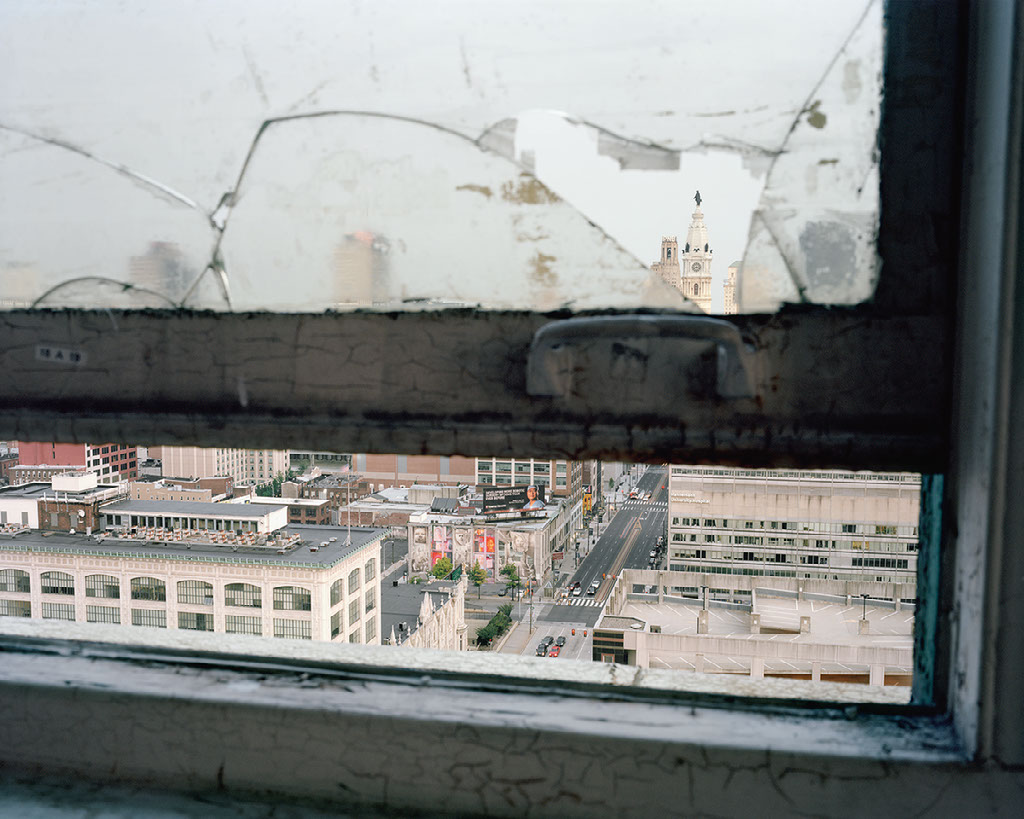
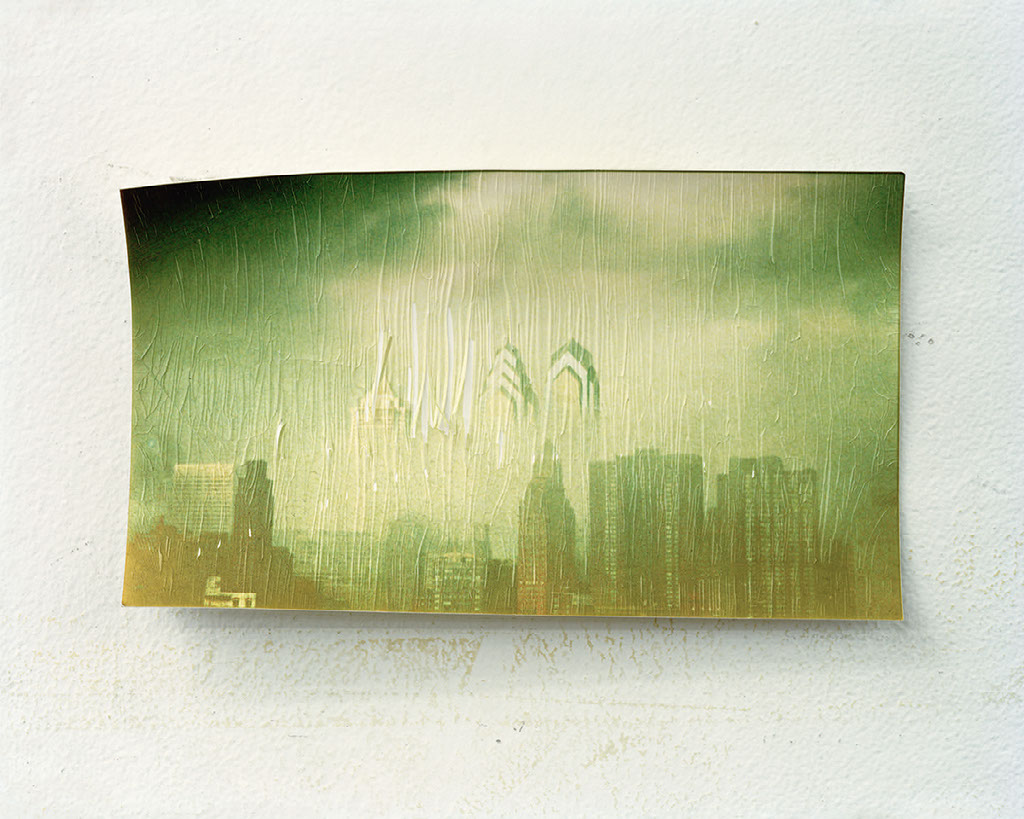

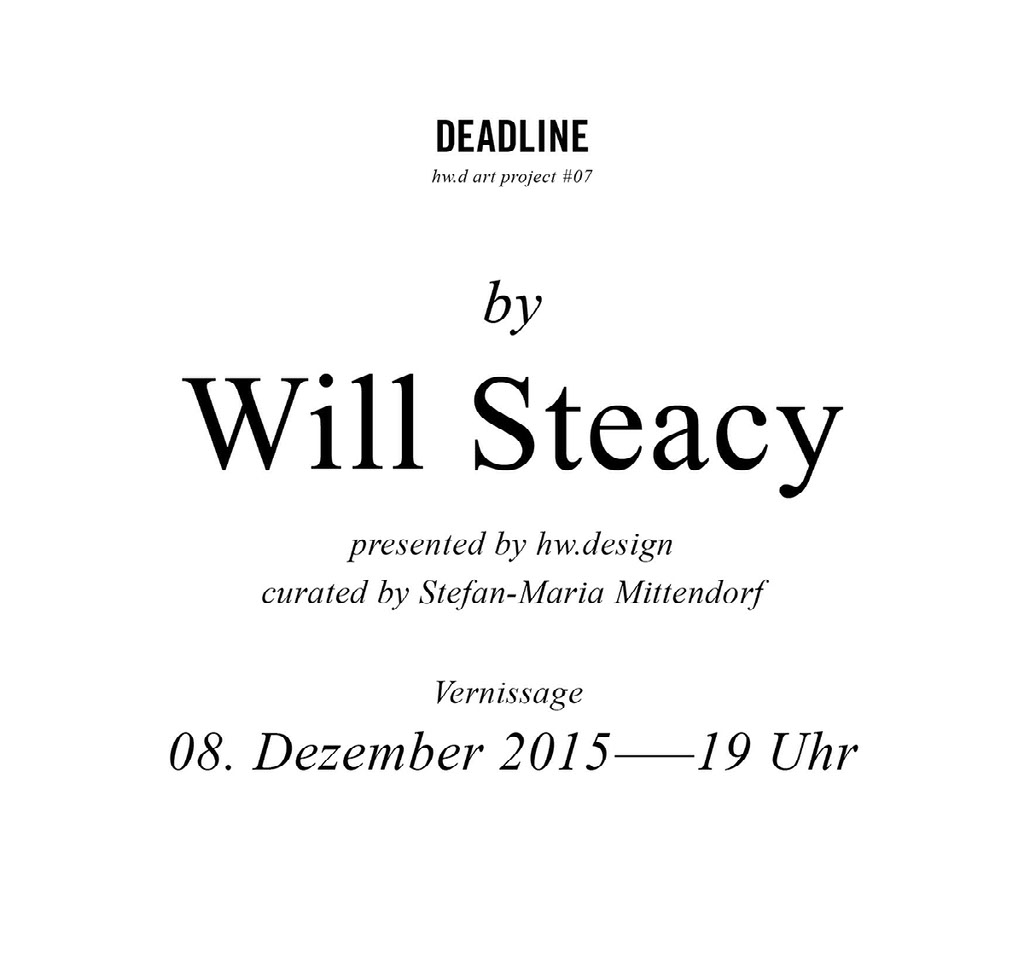

The »Deadline« catalogue is the seventh publication in the hw.d art project series, which hw.design is developing in collaboration with various artists until the end of the year. The project will also go on show in the easy!upstream gallery at the same time as being published. This additional digital presentation of the art project #07 is new this year.
Particular thanks go to the American photographer Will Steacy, the curator Stefan-Maria Mittendorf and the easy!upstream gallery.
Publisher hw.design gmbh, Türkenstraße 55 – 57, 80799 München
Photograph Will Steacy
Curator Stefan-Maria Mittendorf
Concept / Design Veronika Kinczli, Carola Scherzinger, Frank Wagner
Digital concept Dirk Habenschaden
Coordination Elke Hey
Final artwork Günter Fidrich